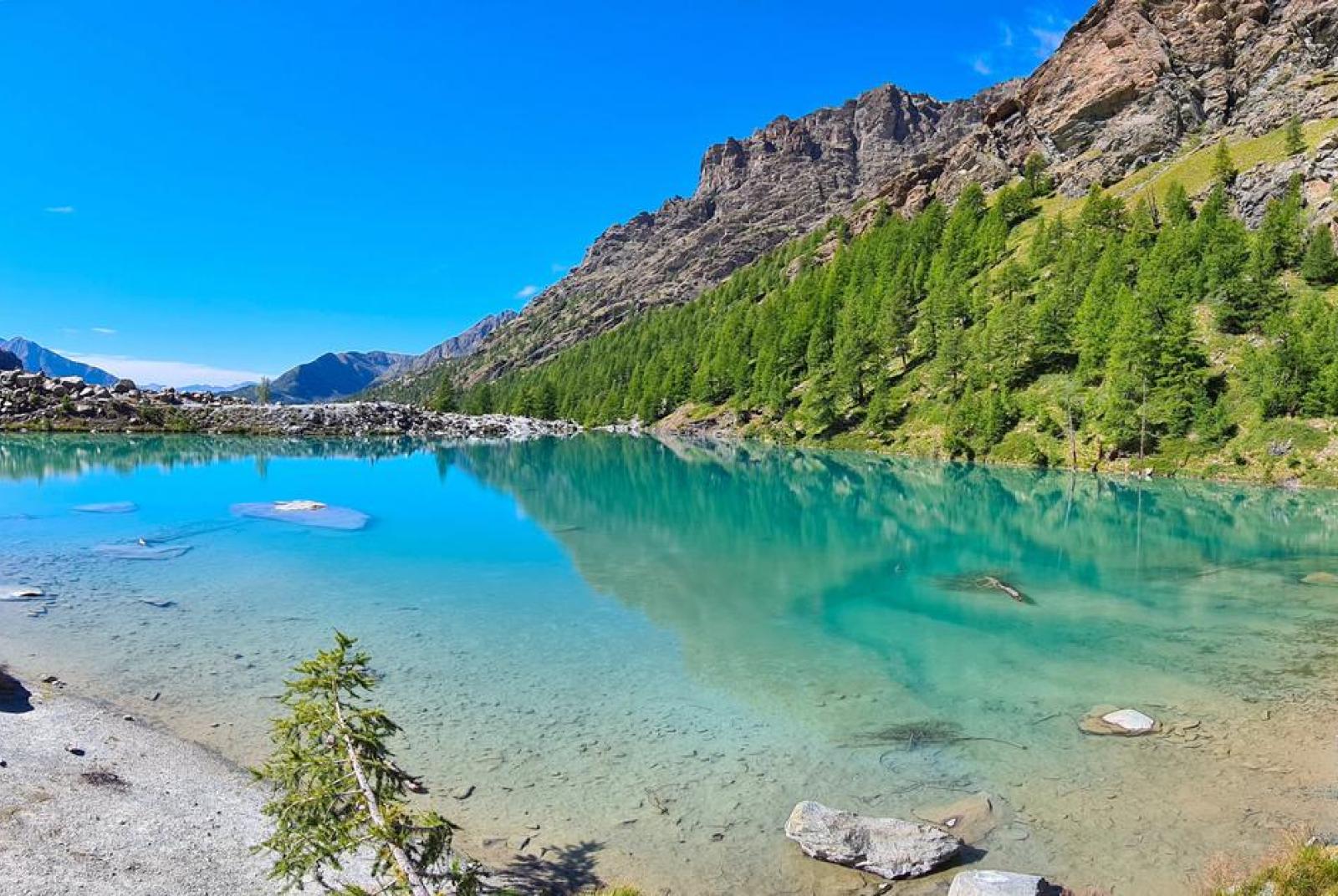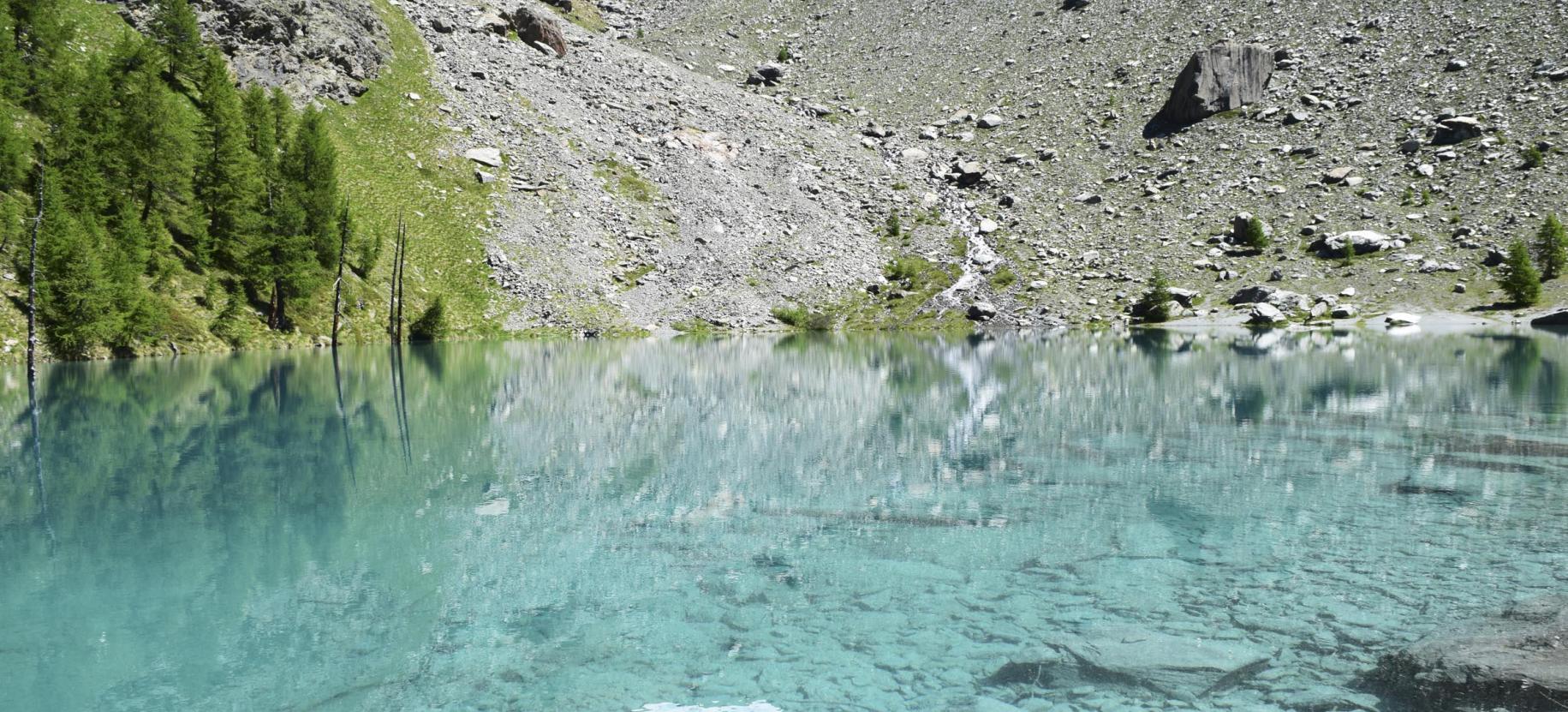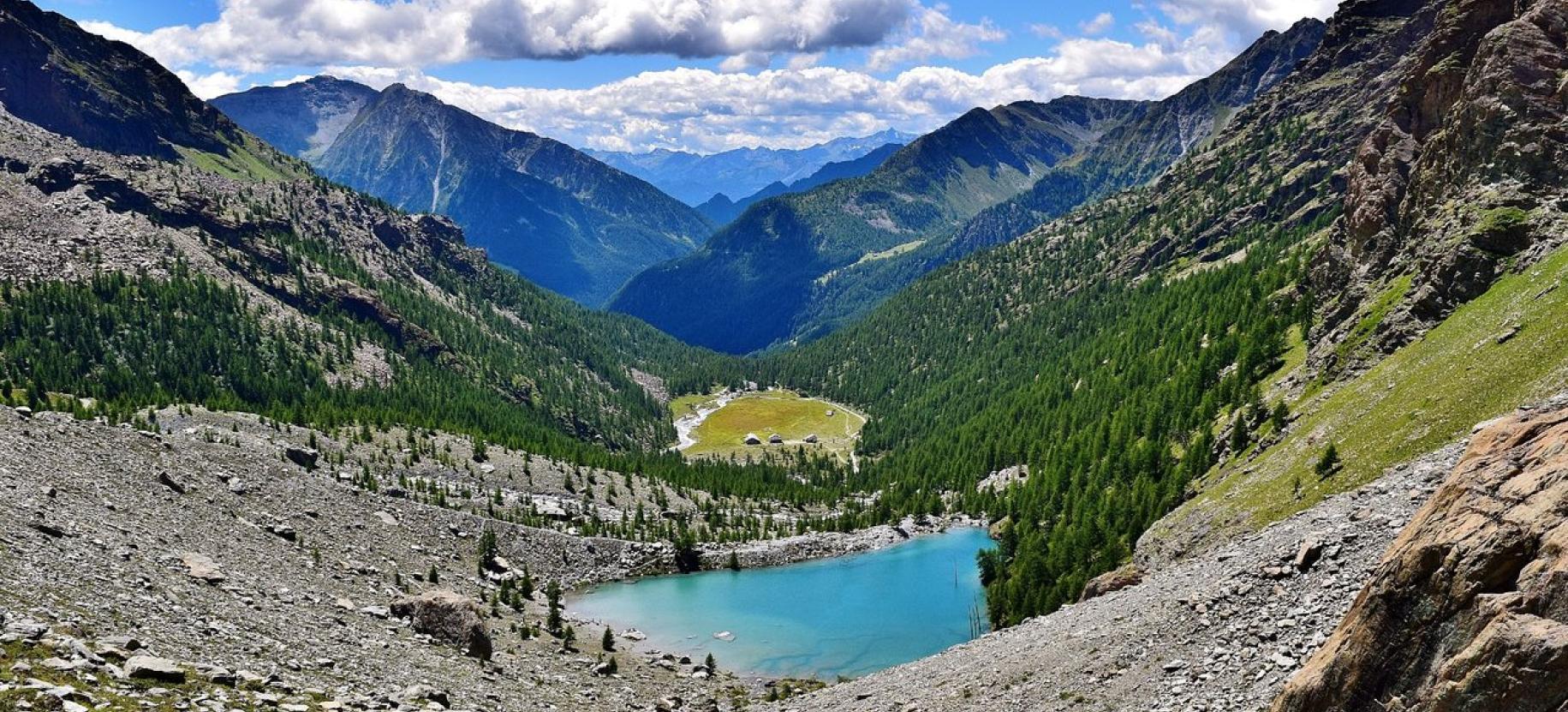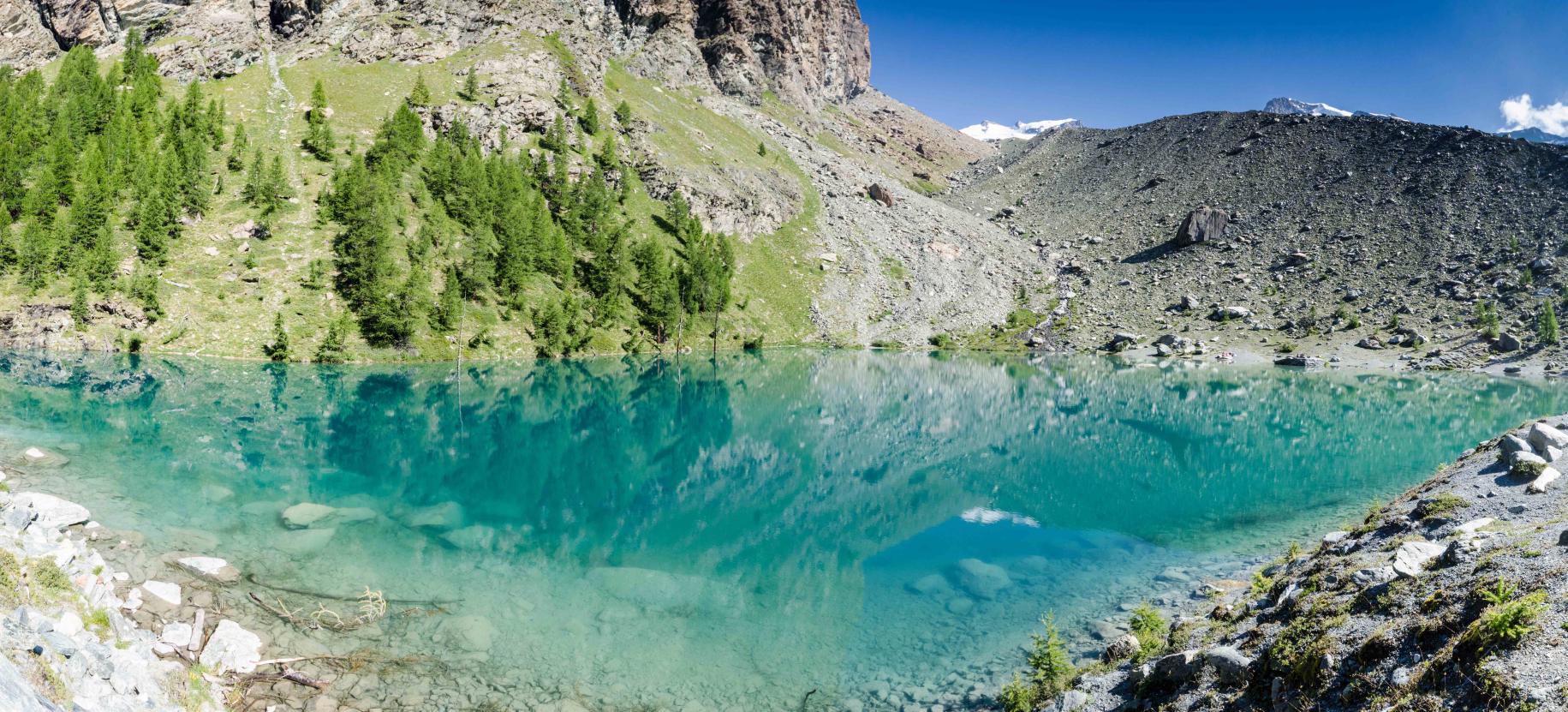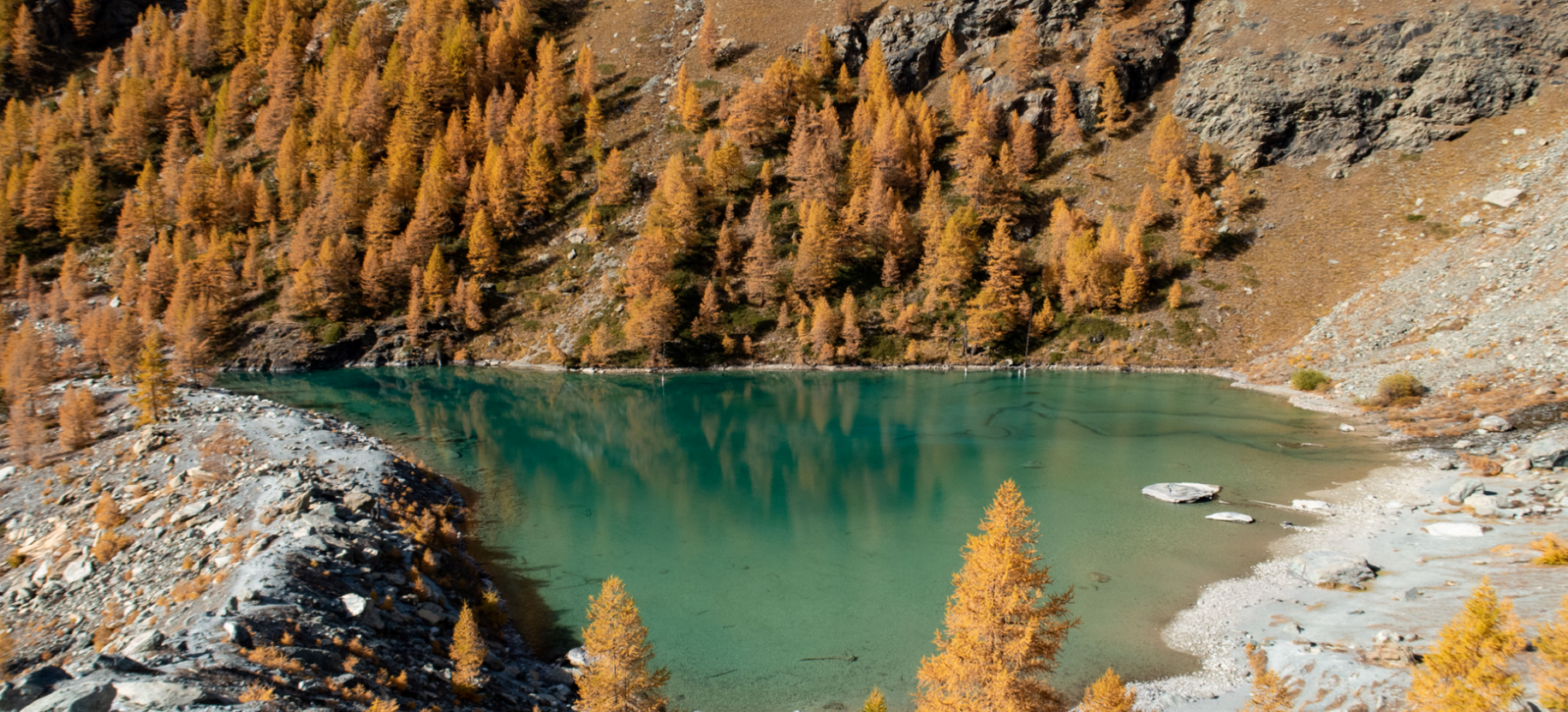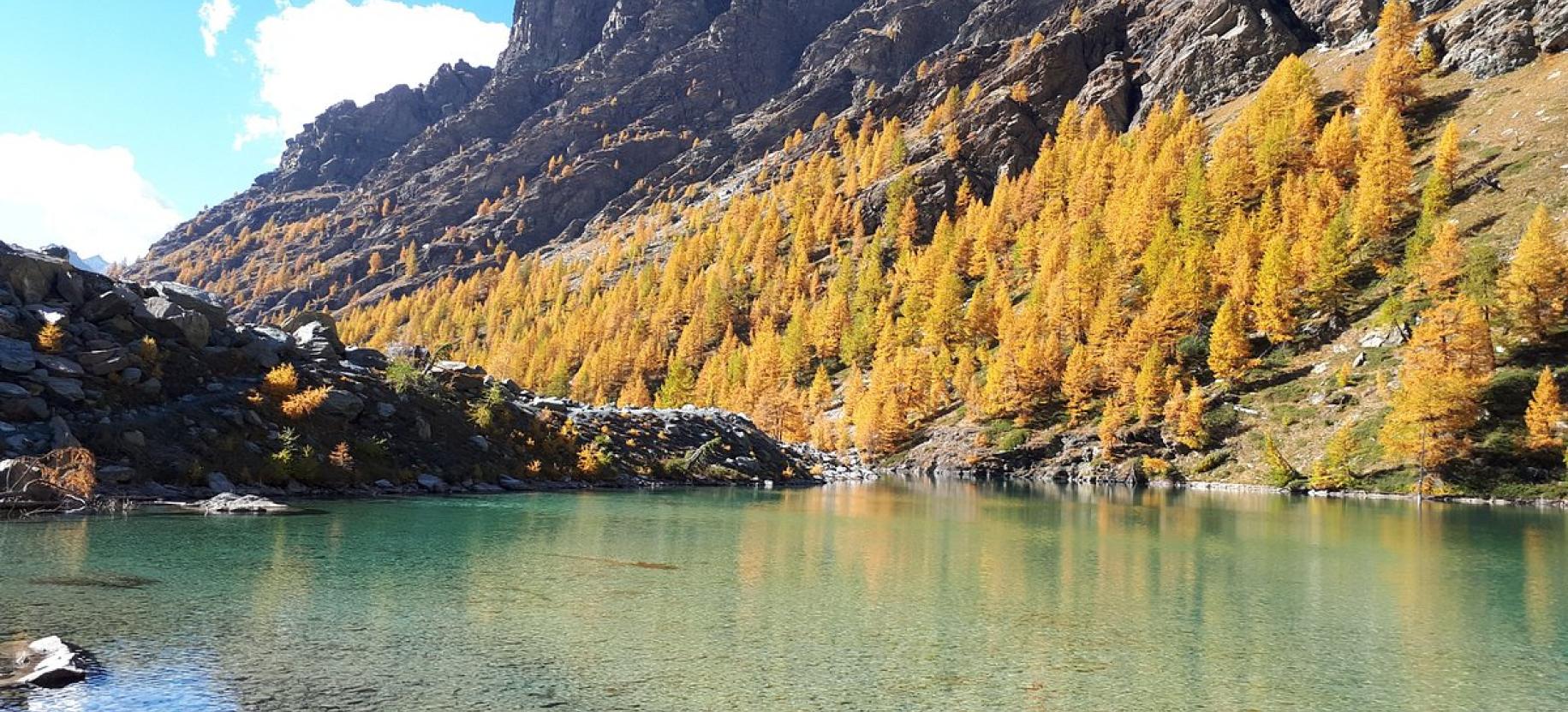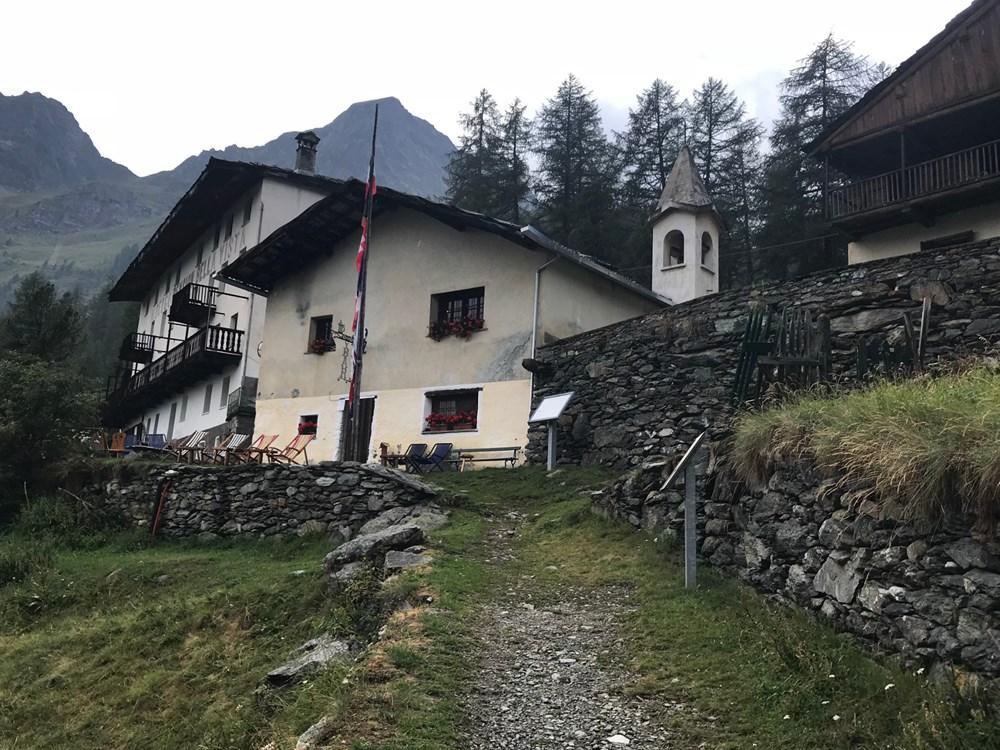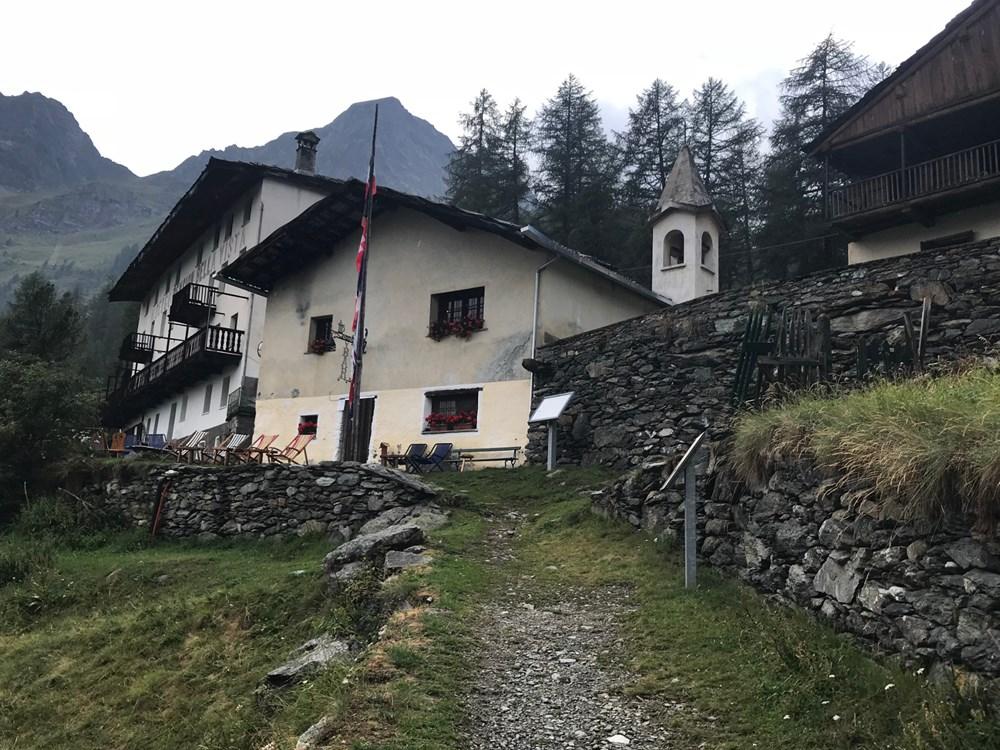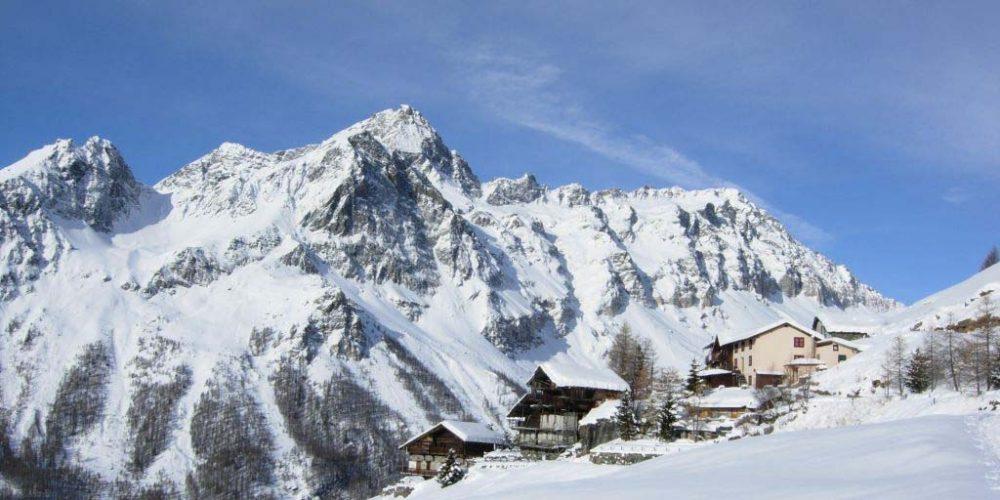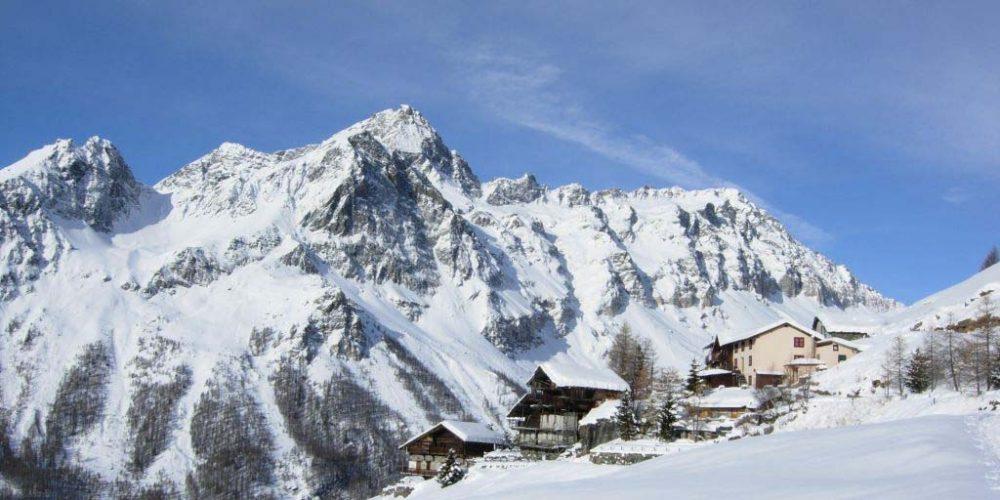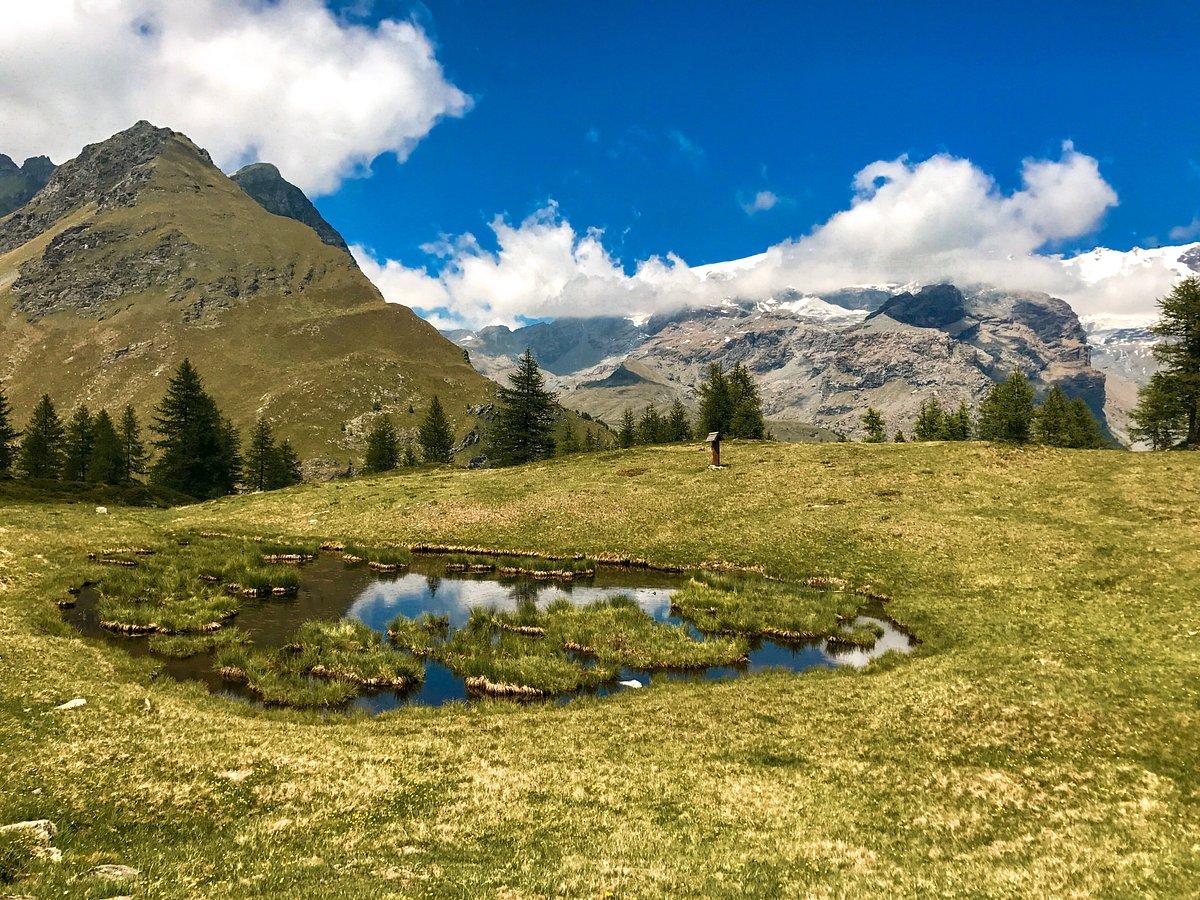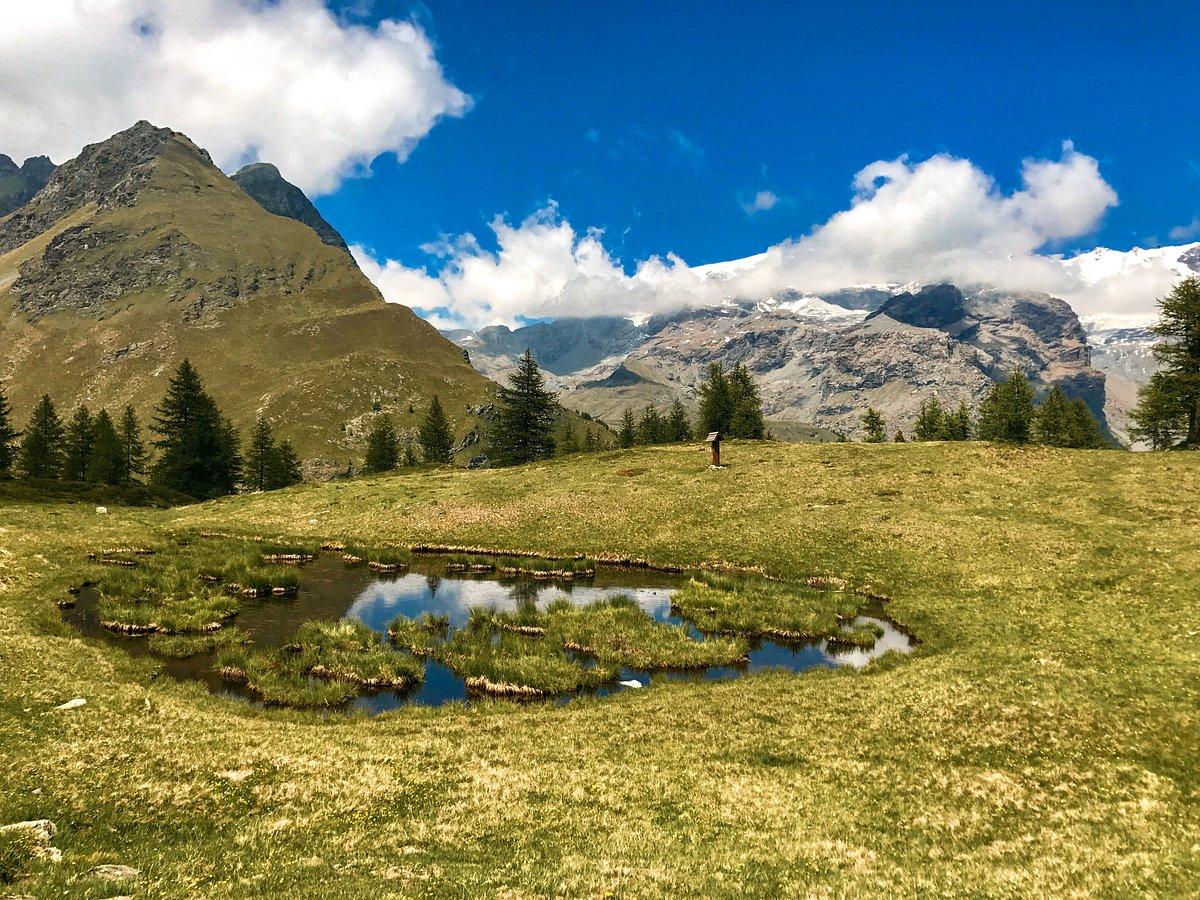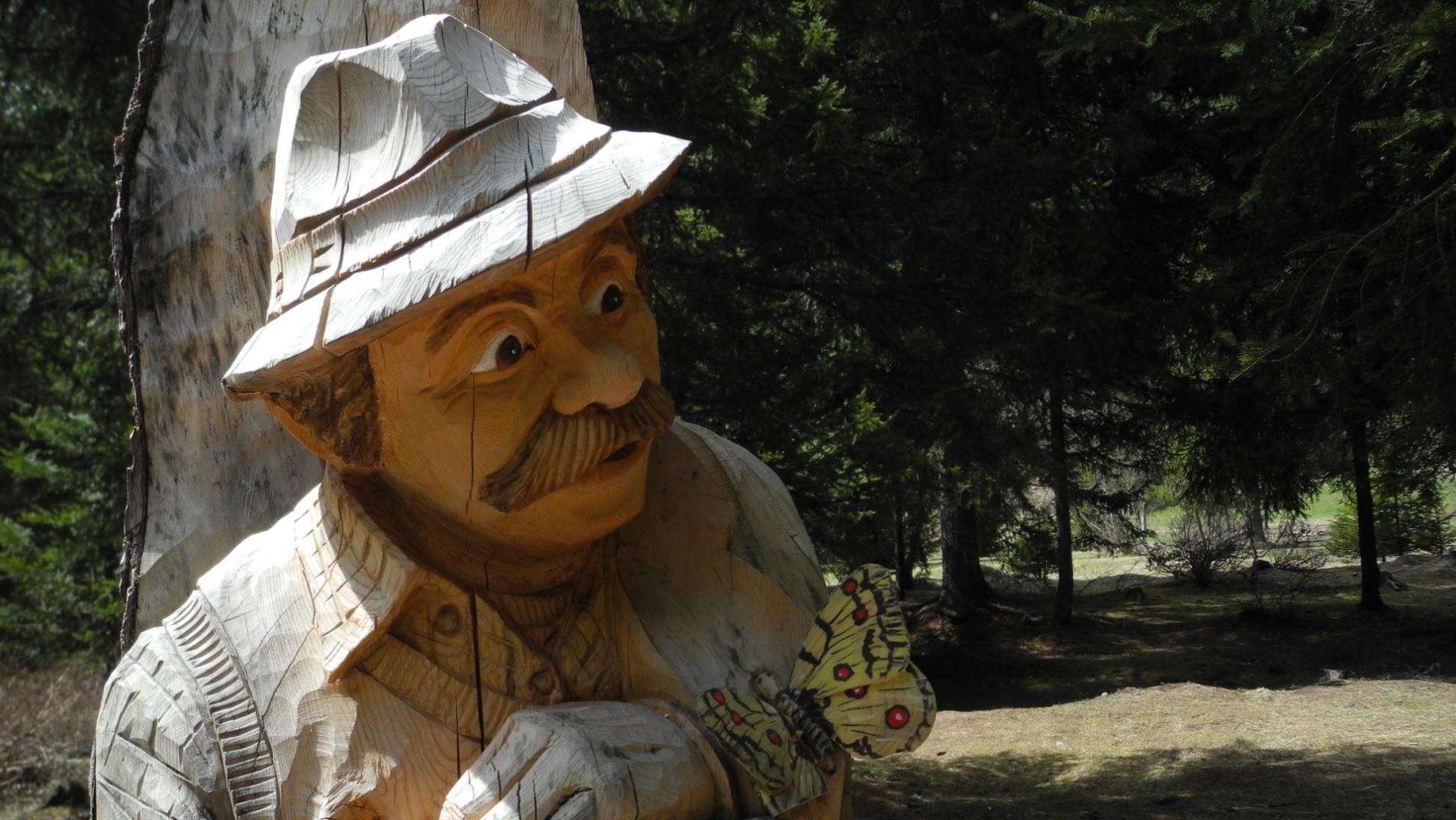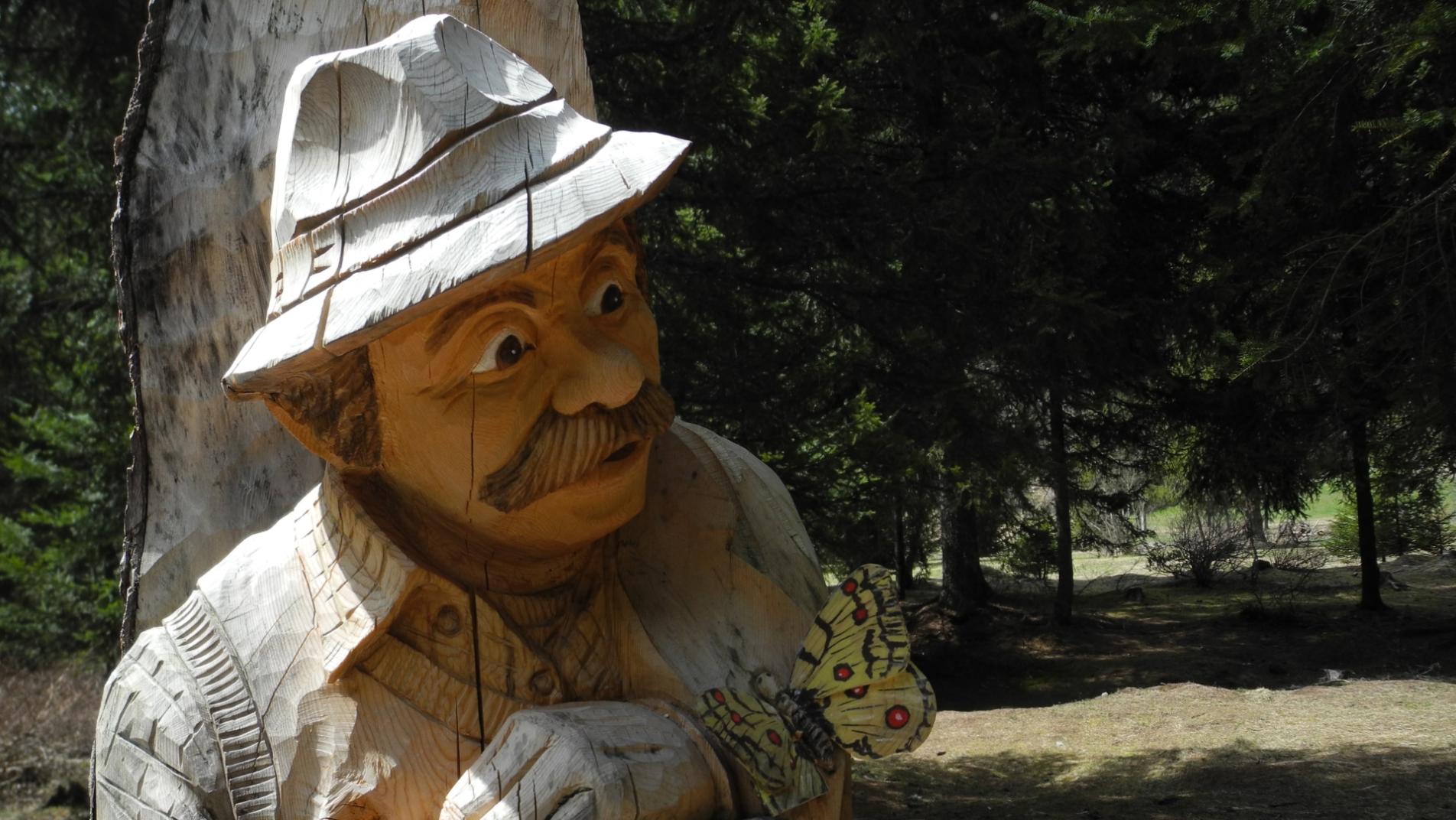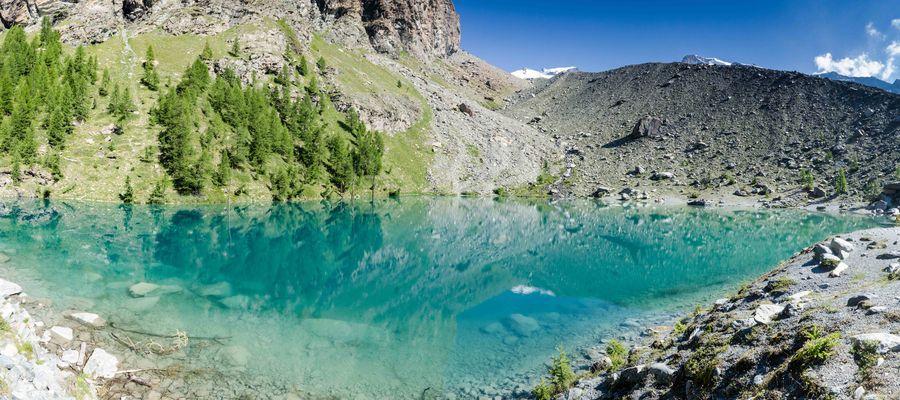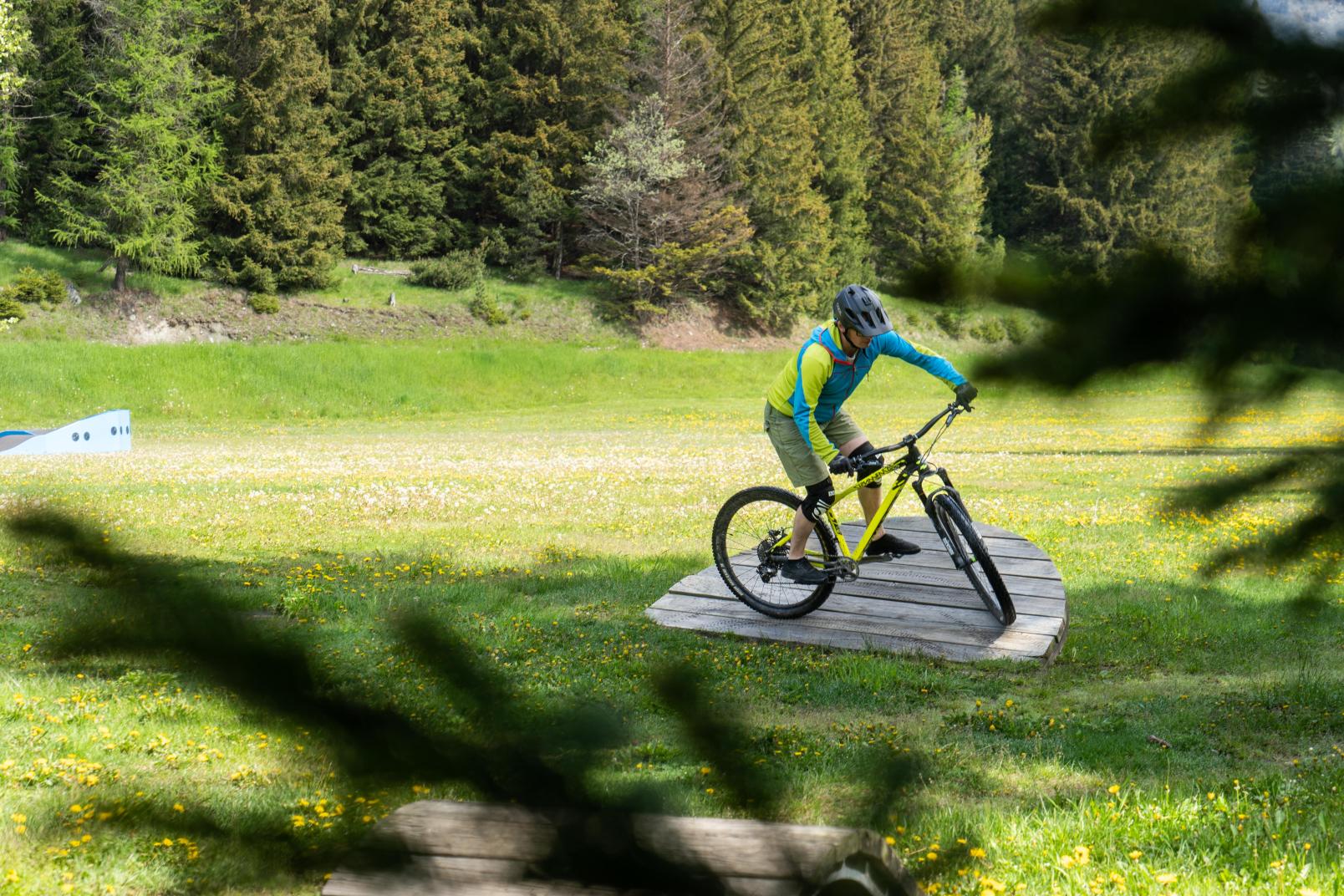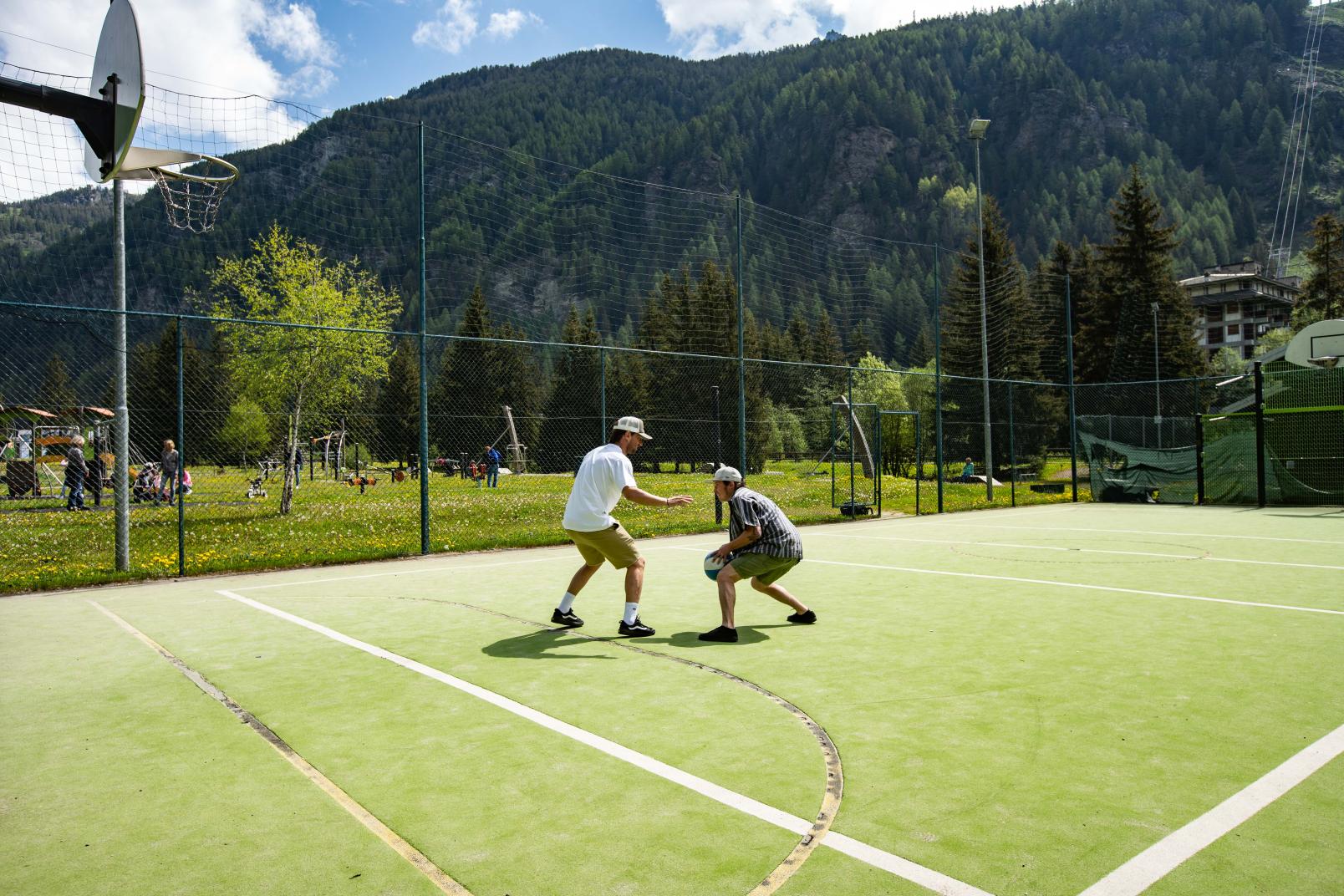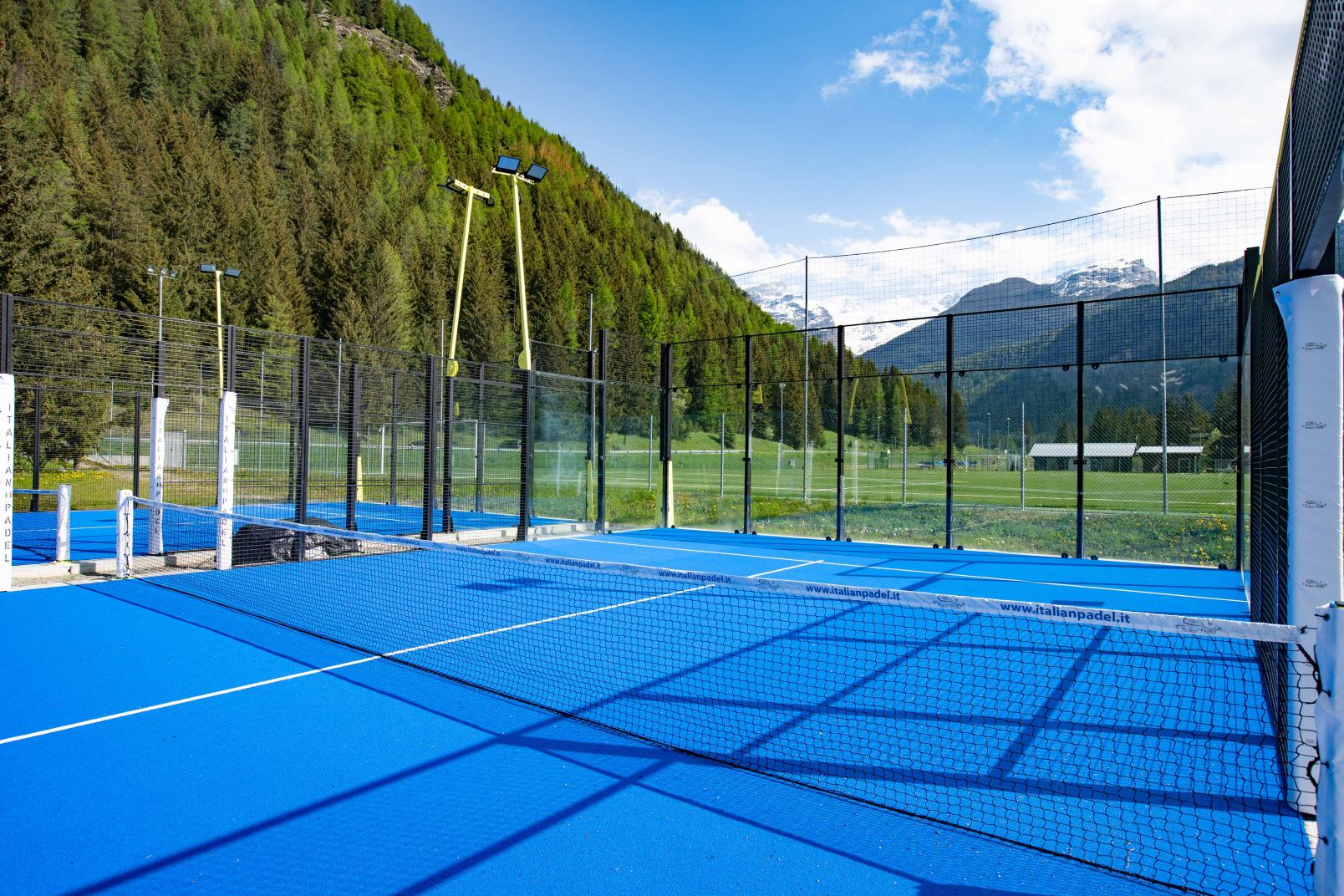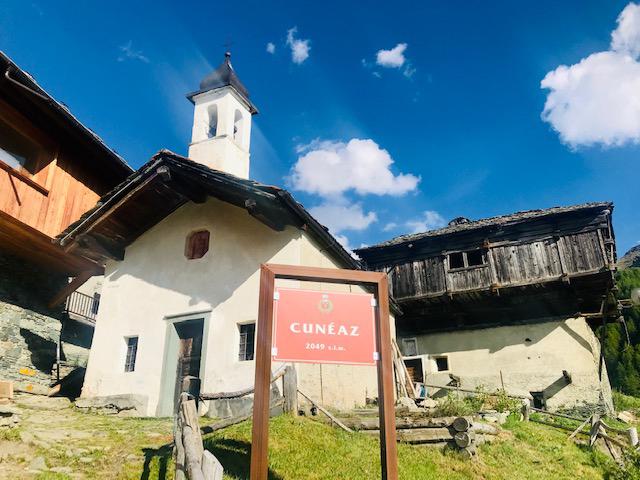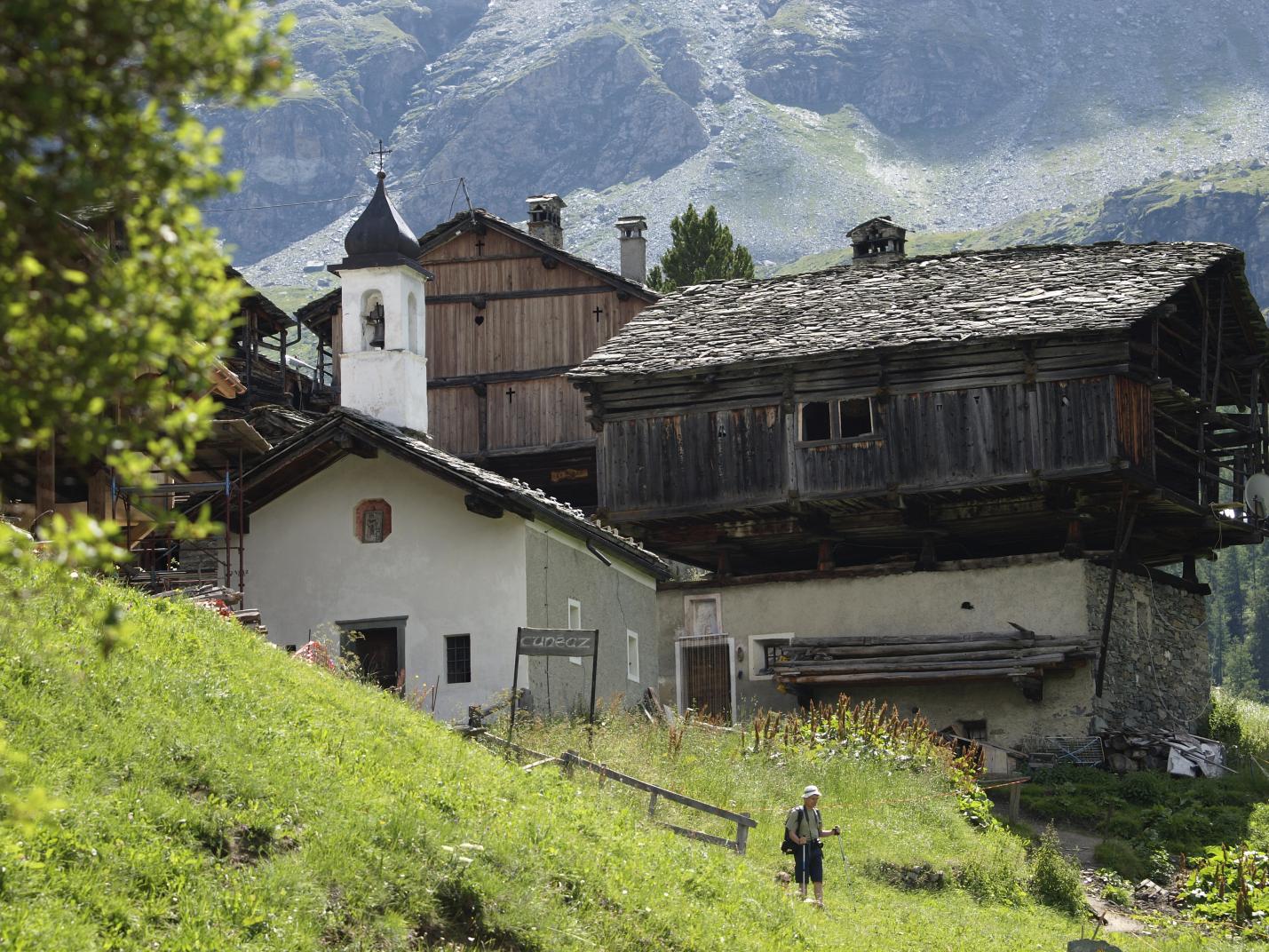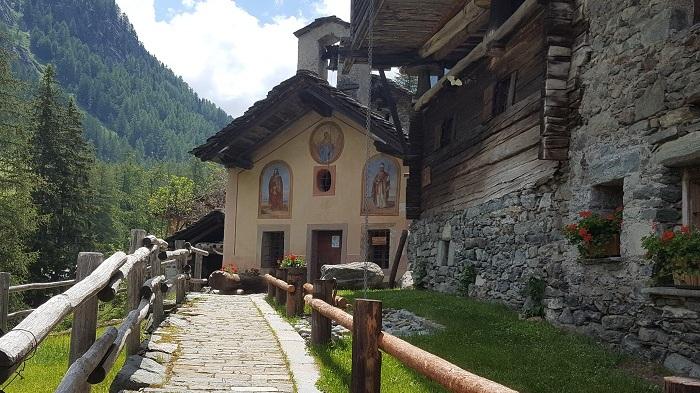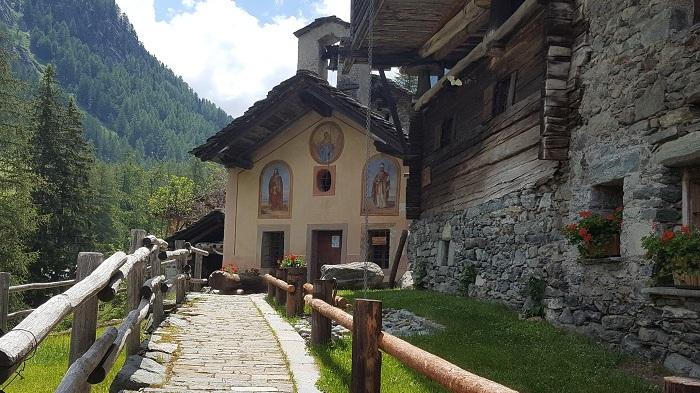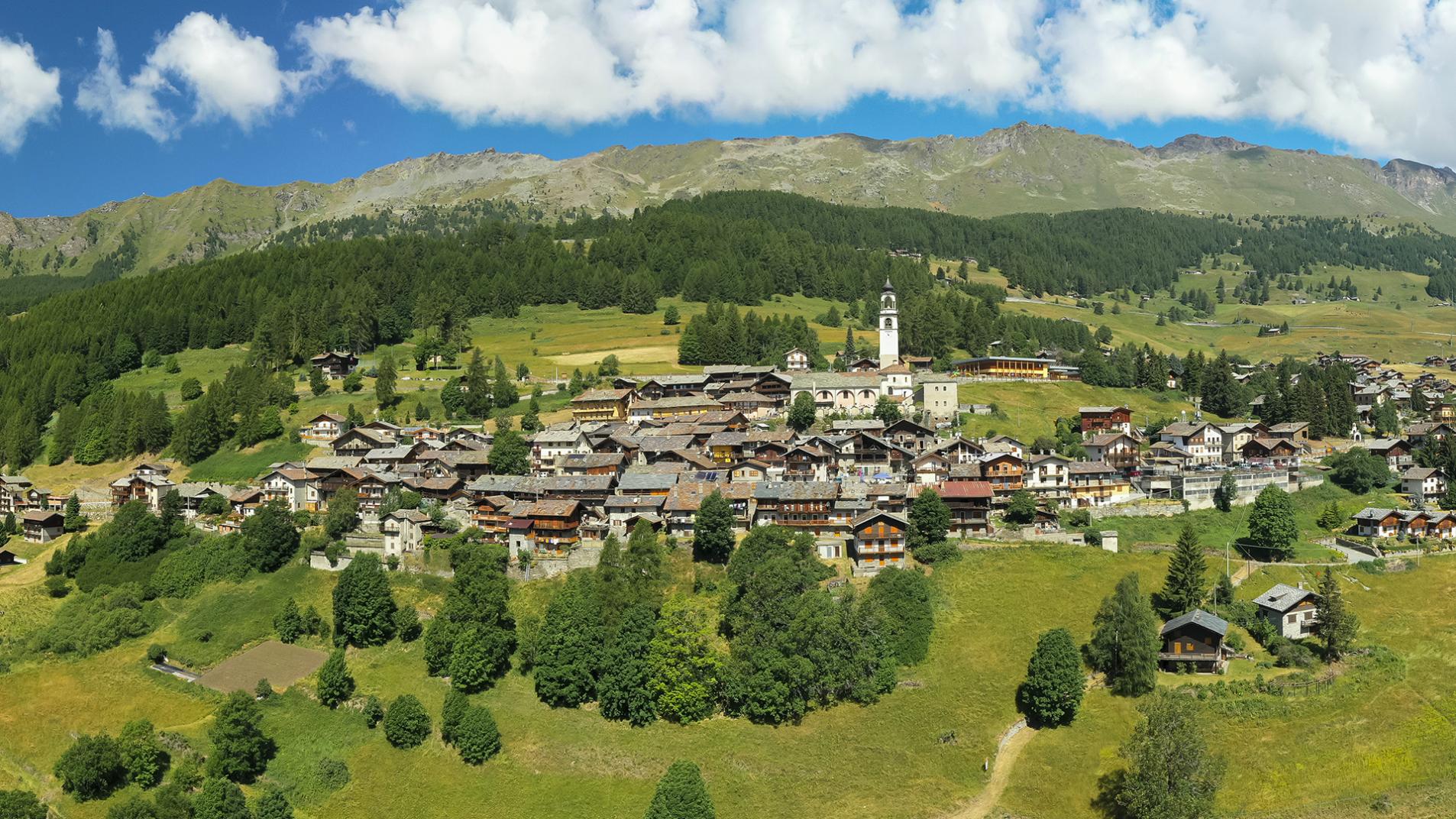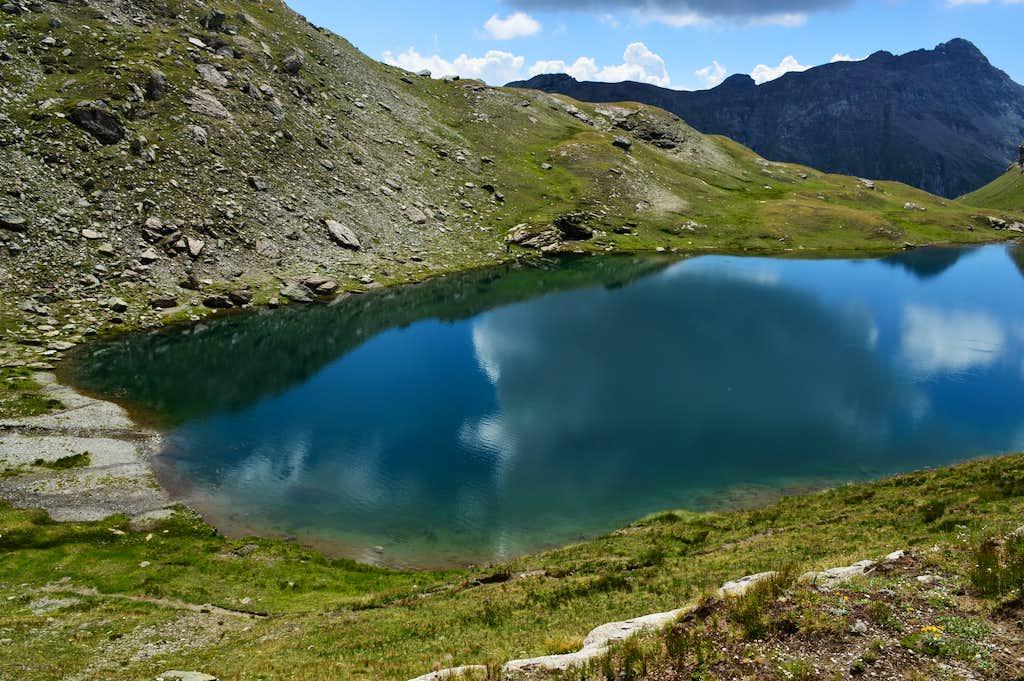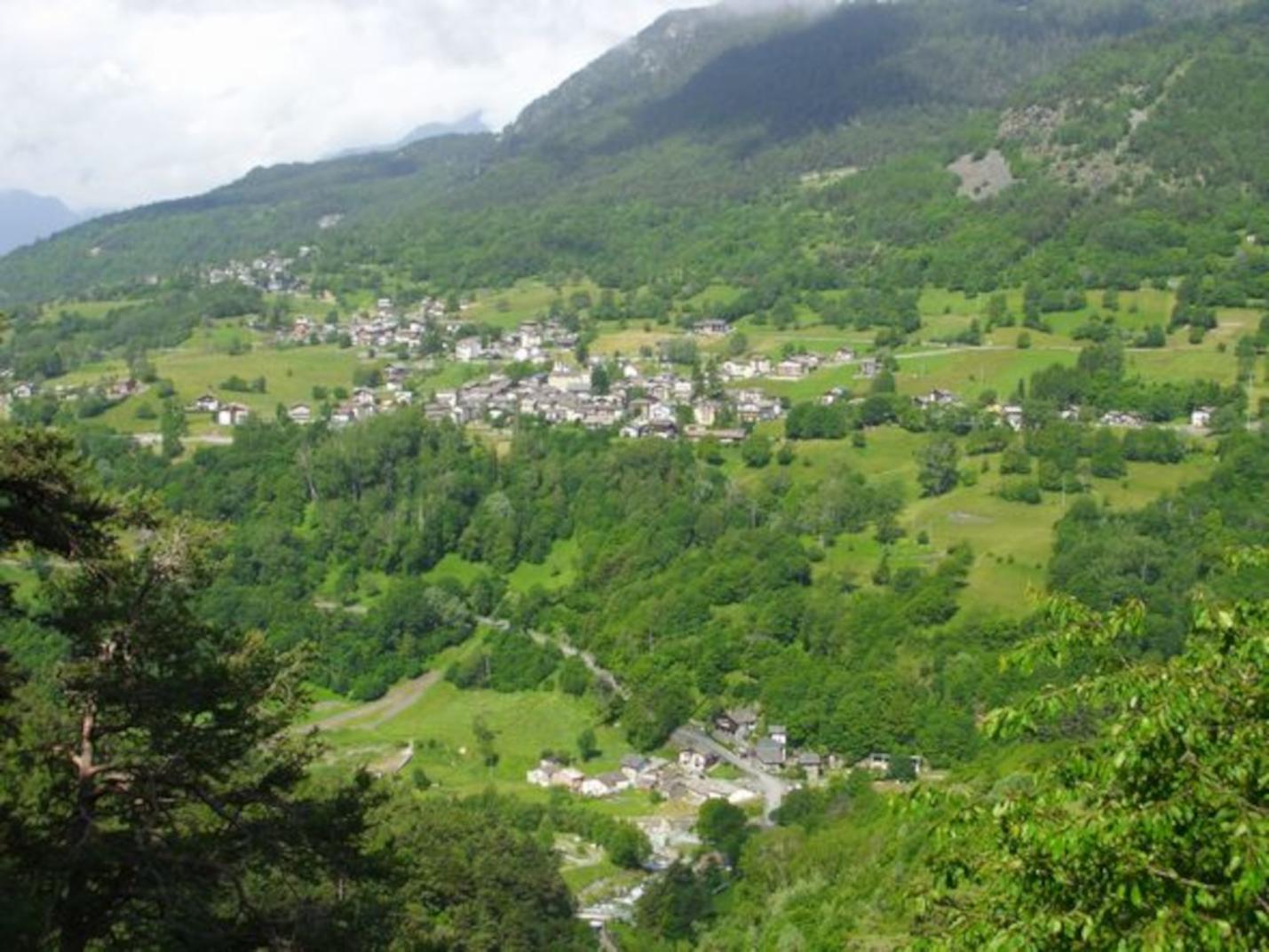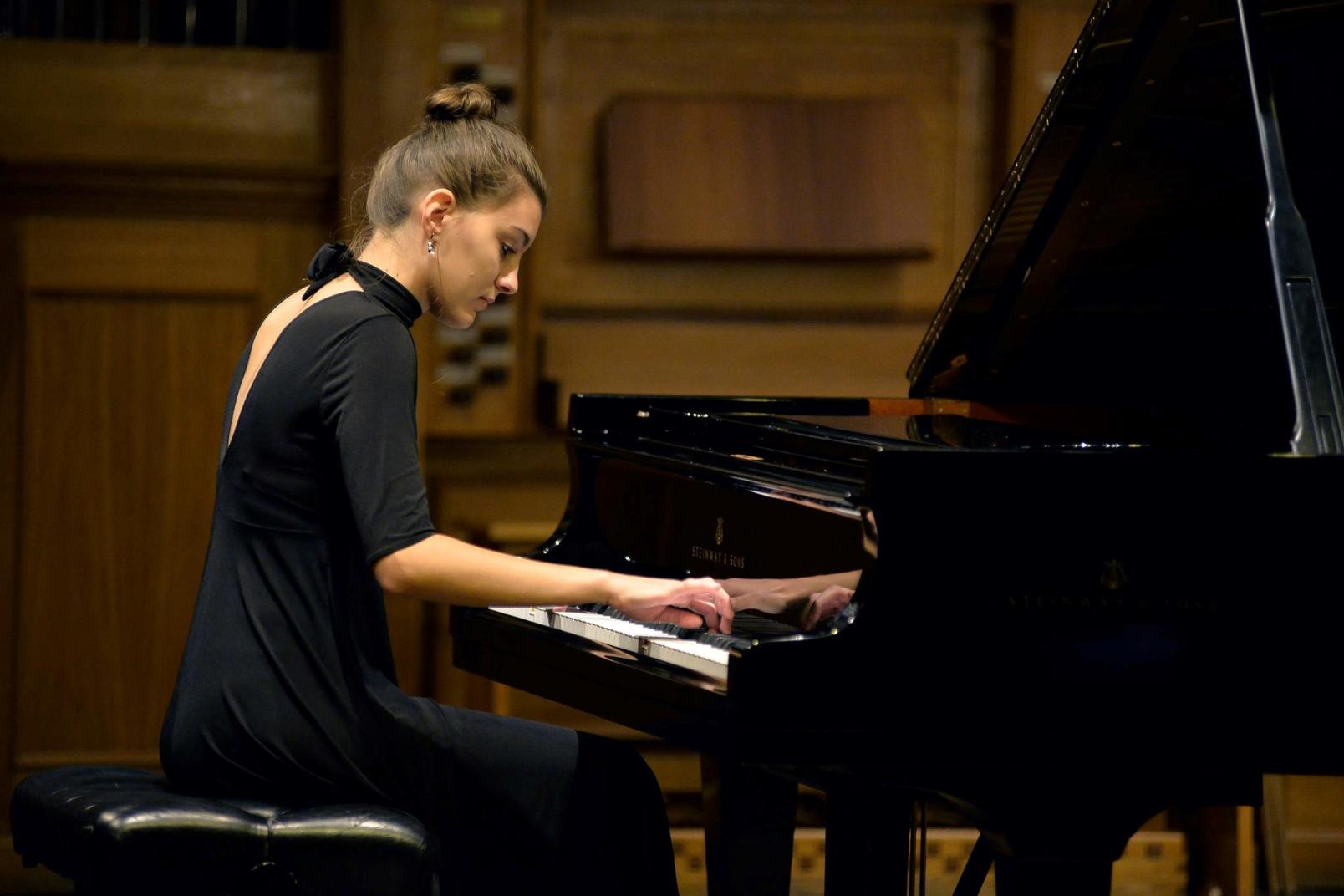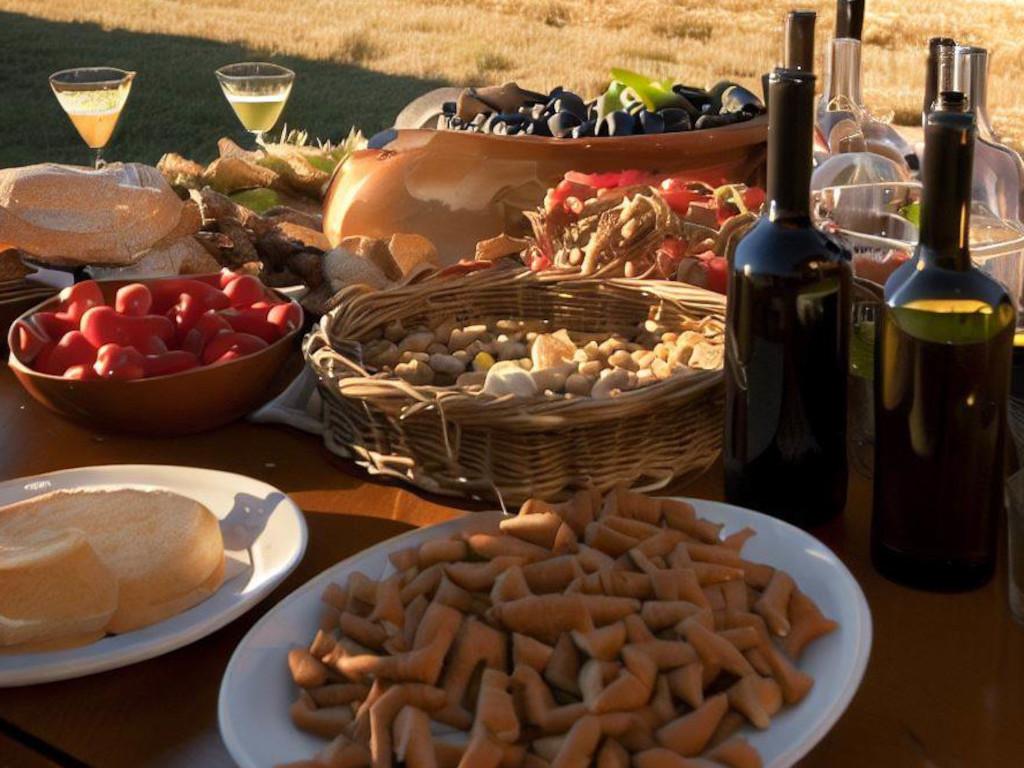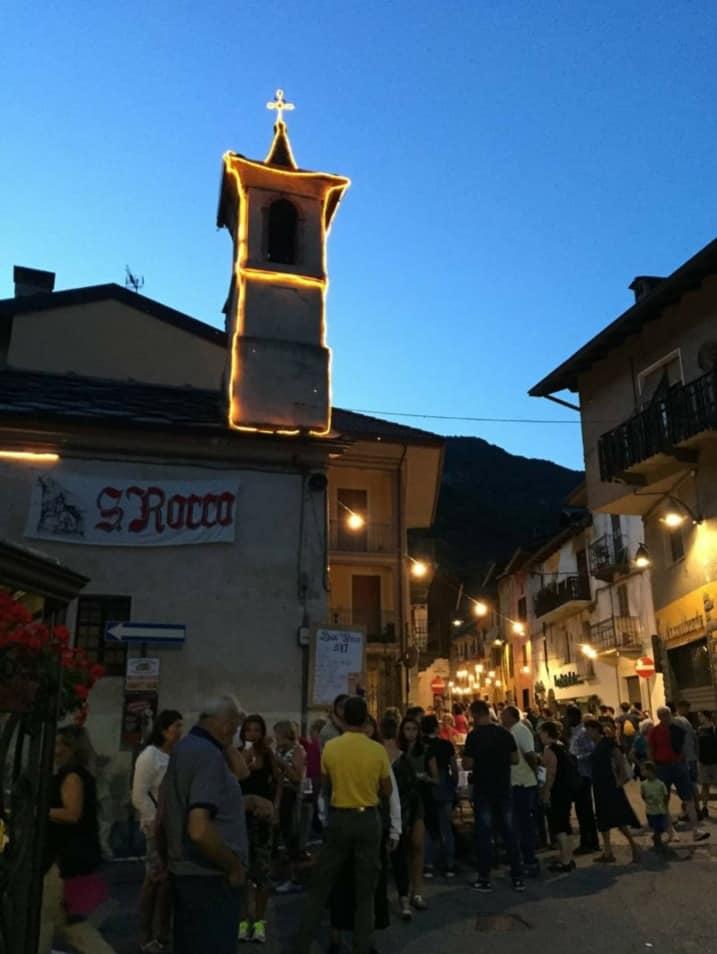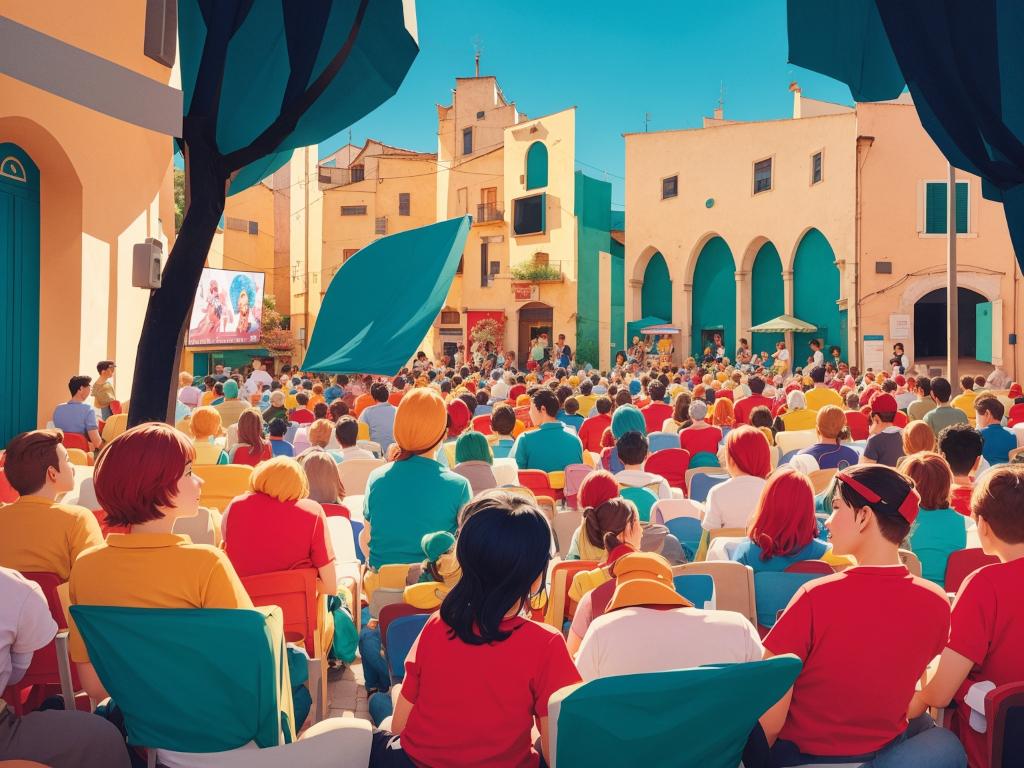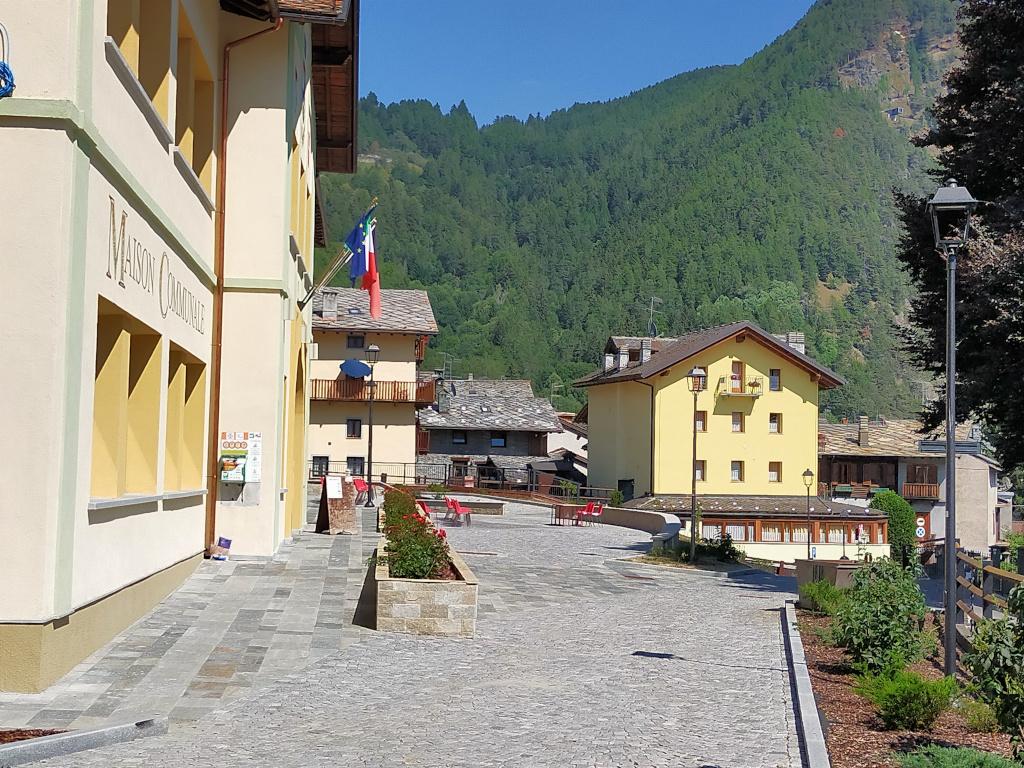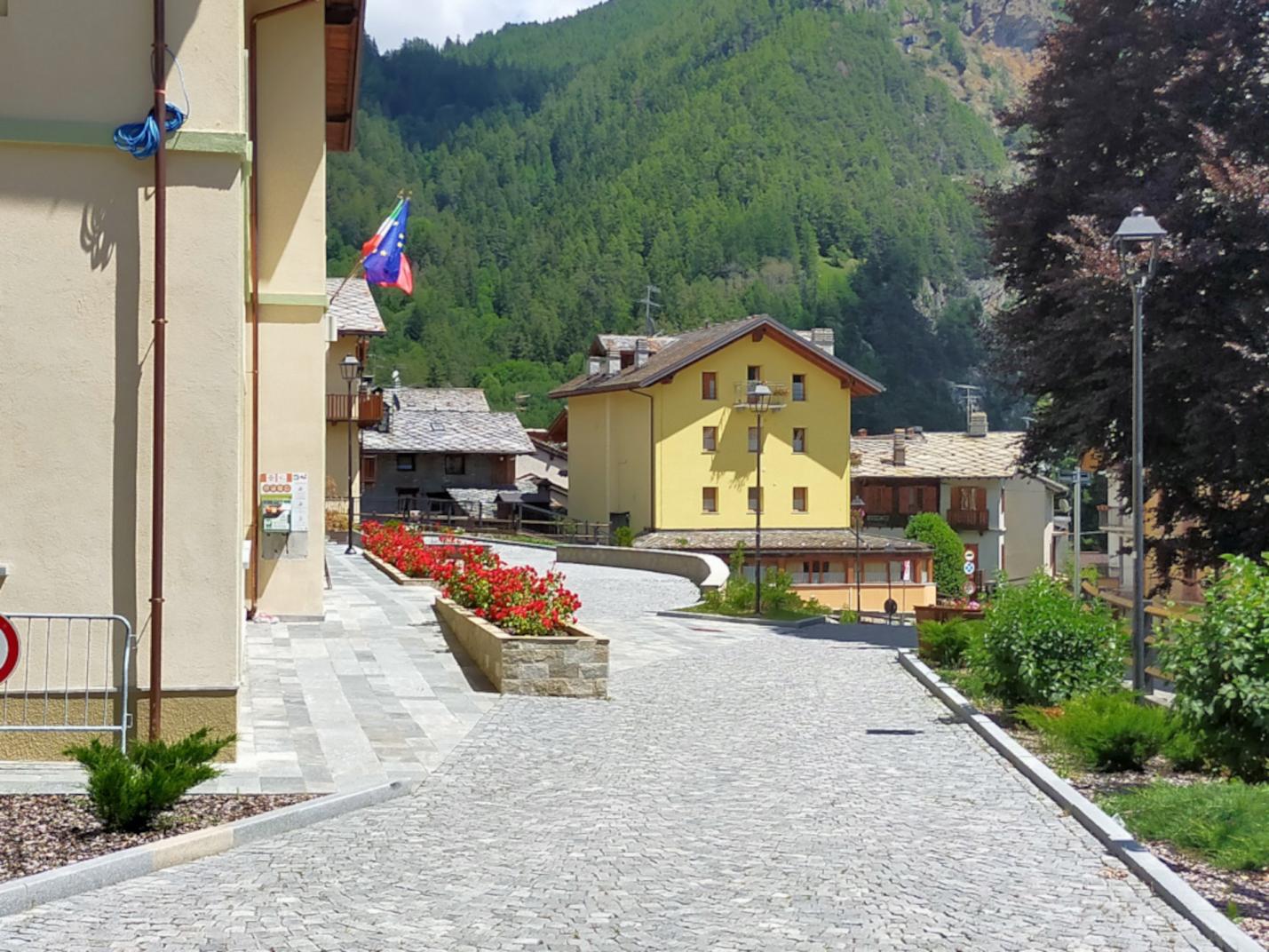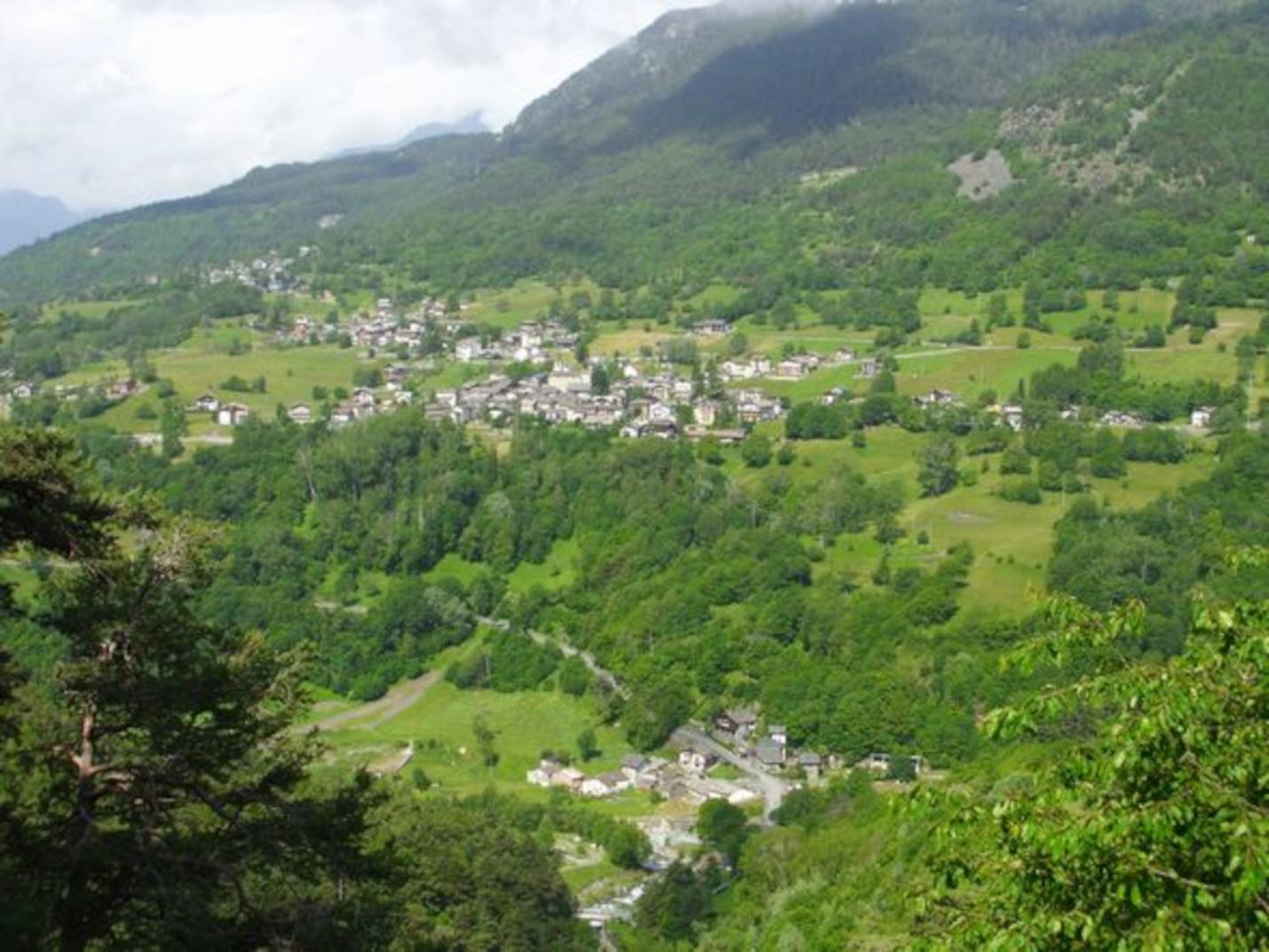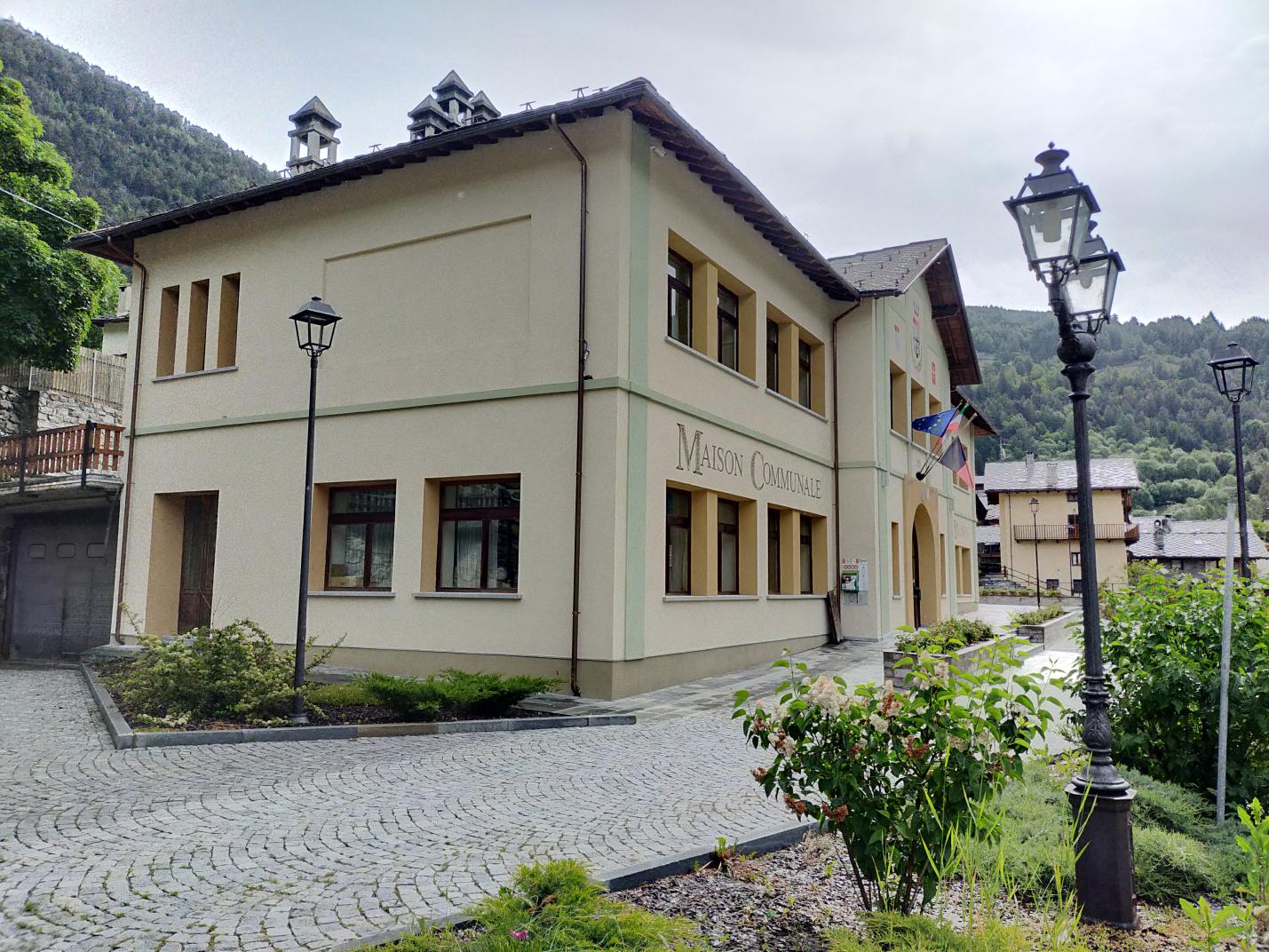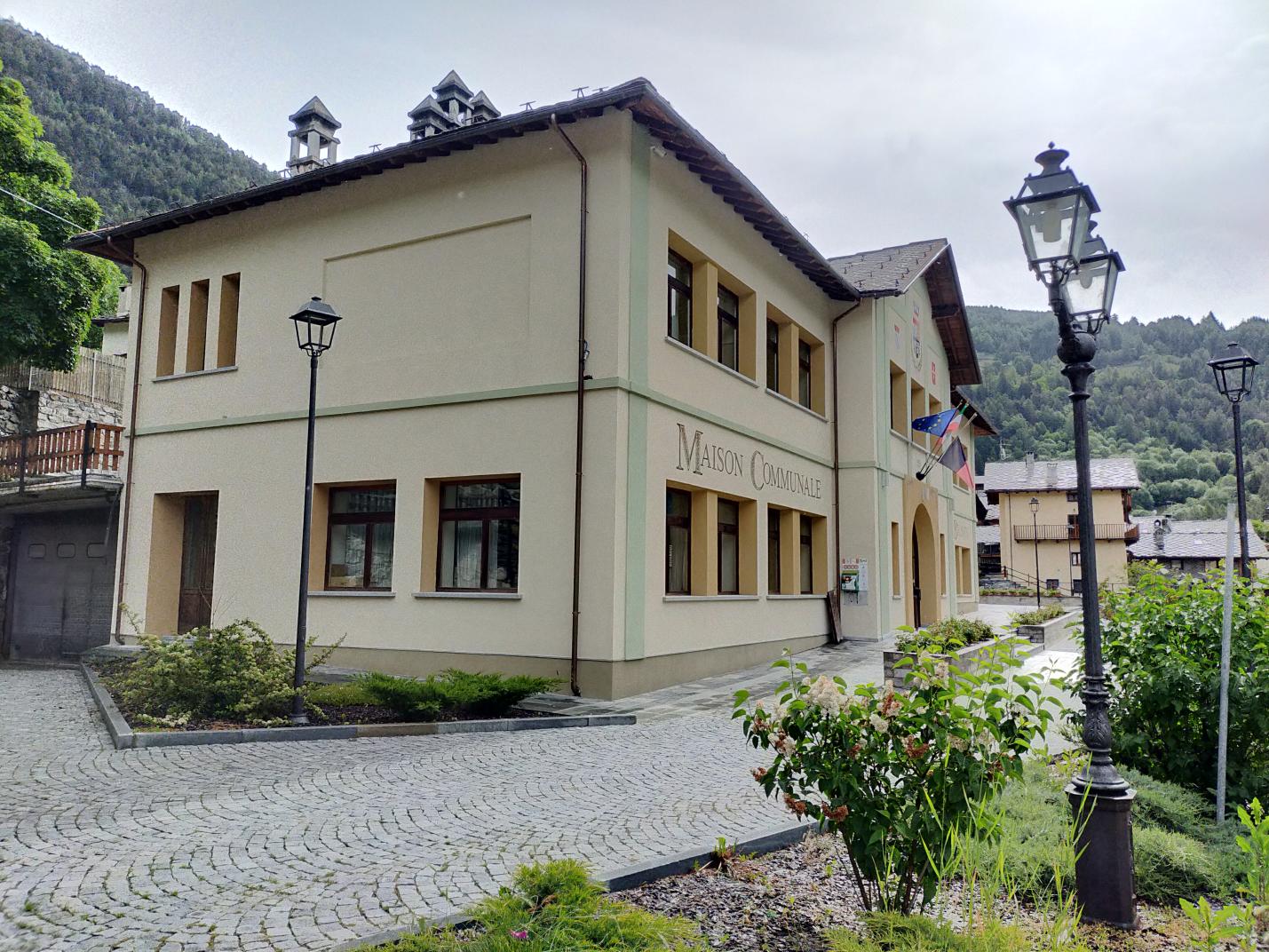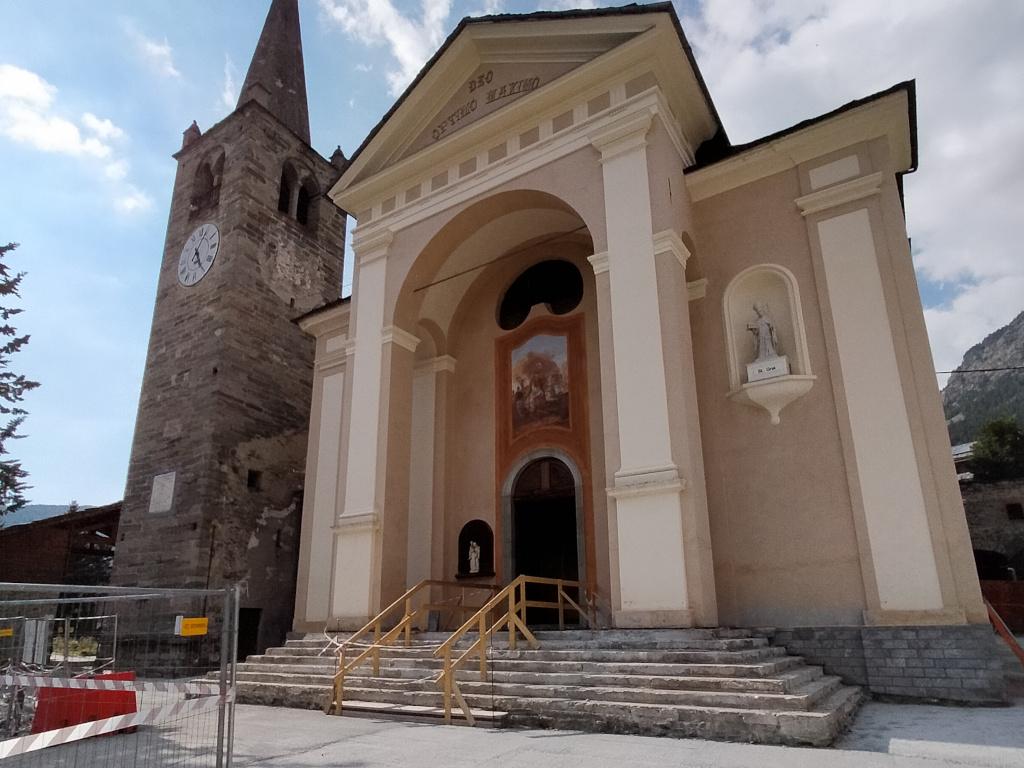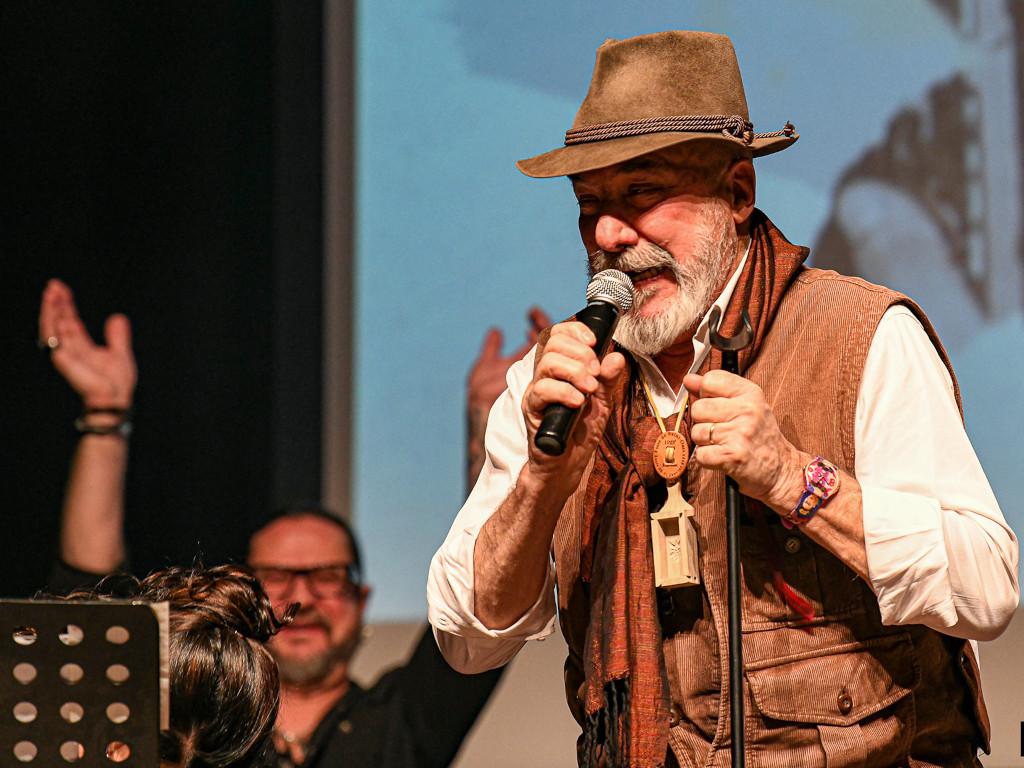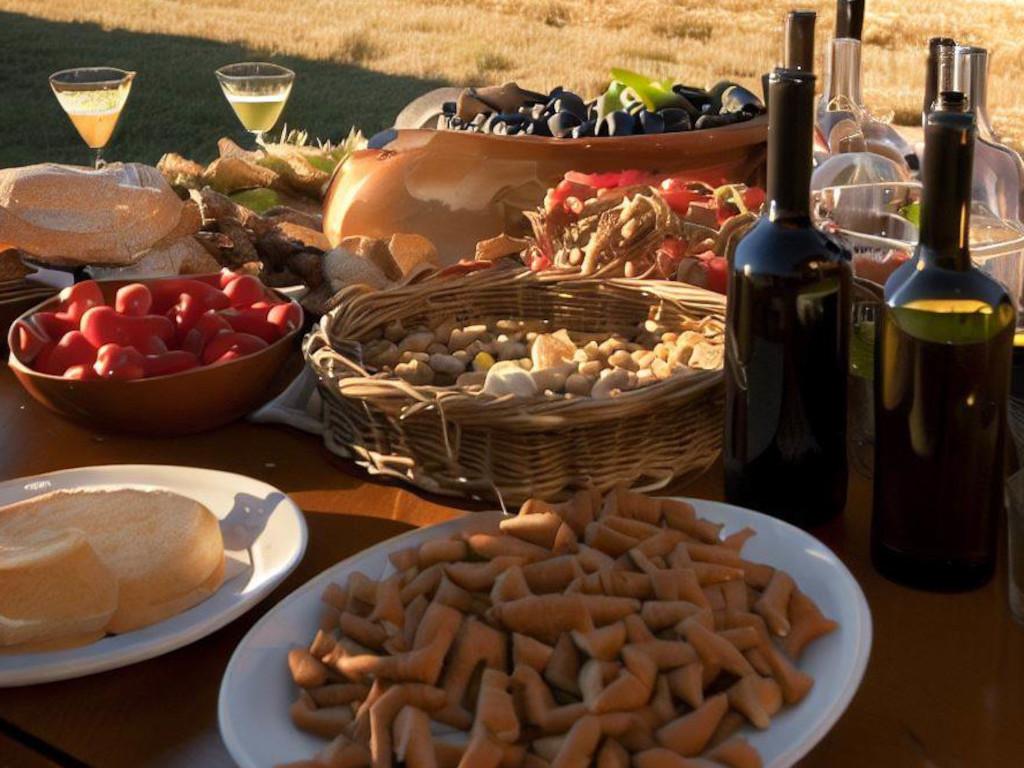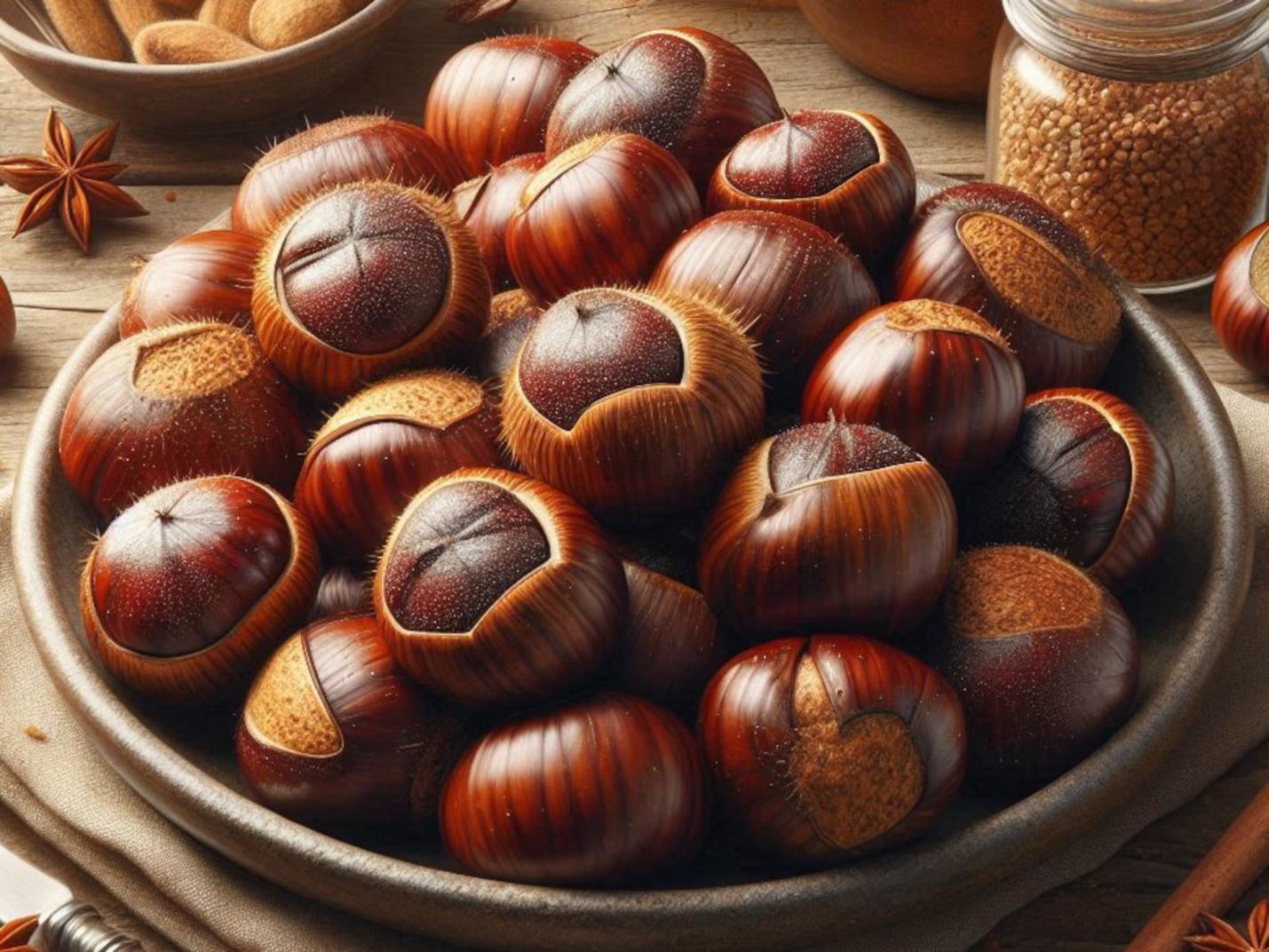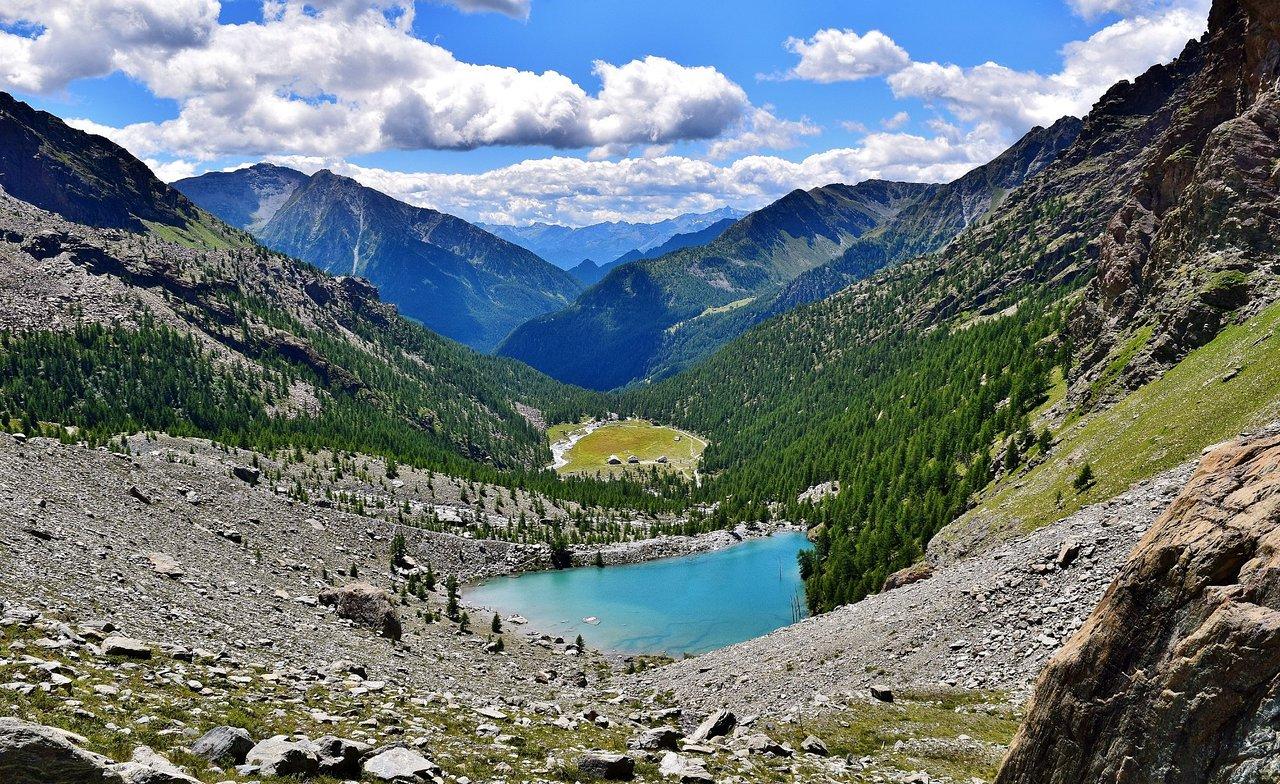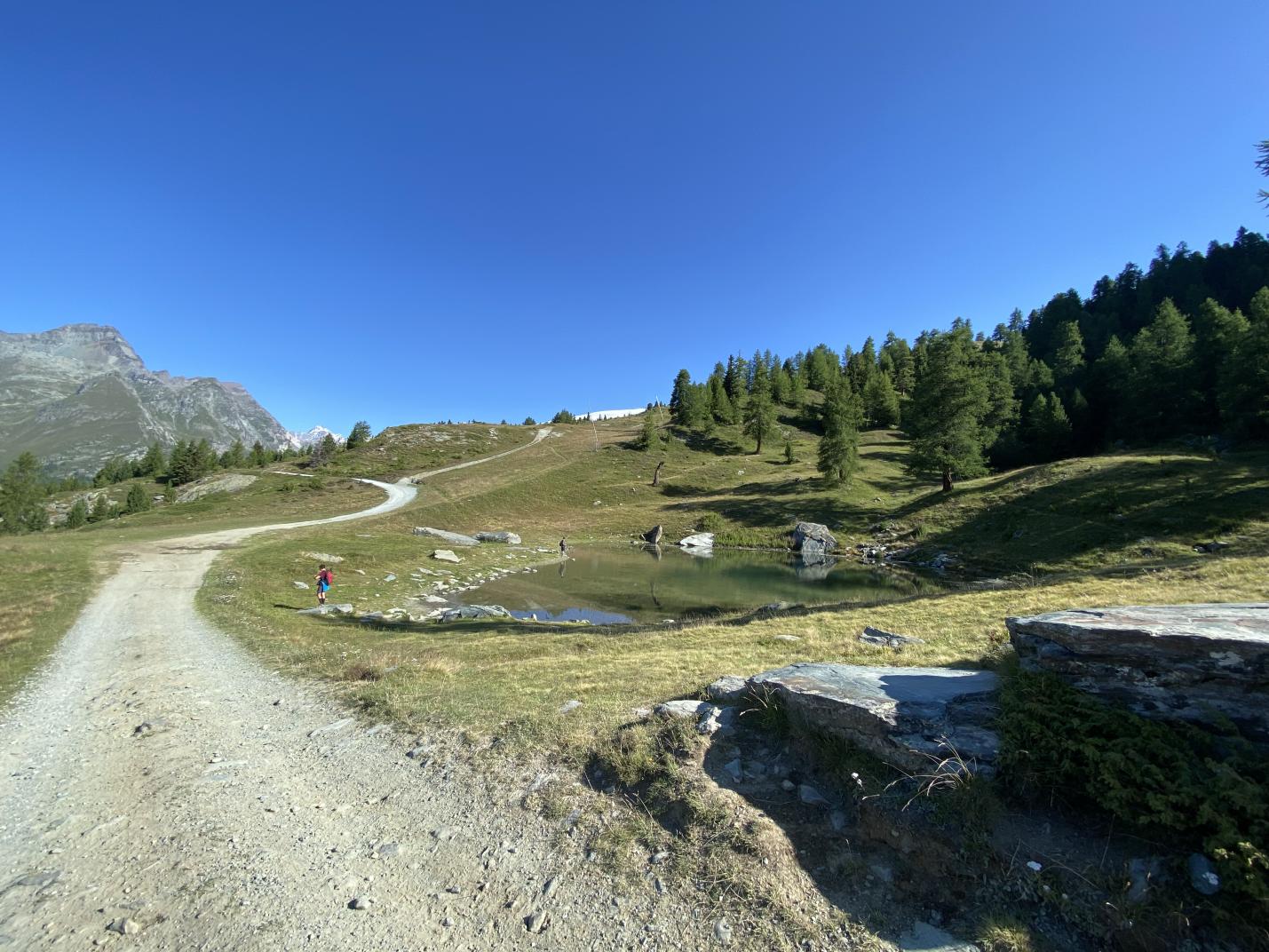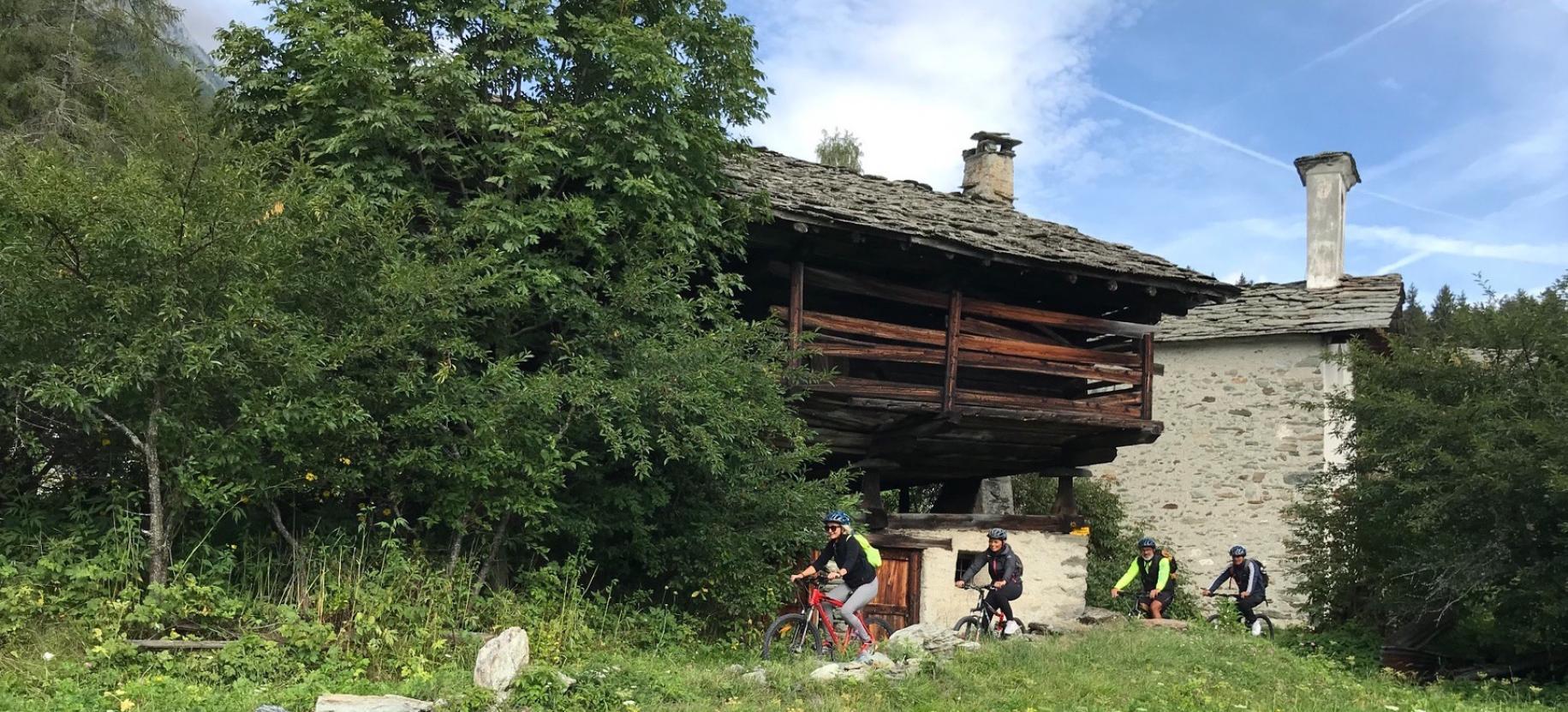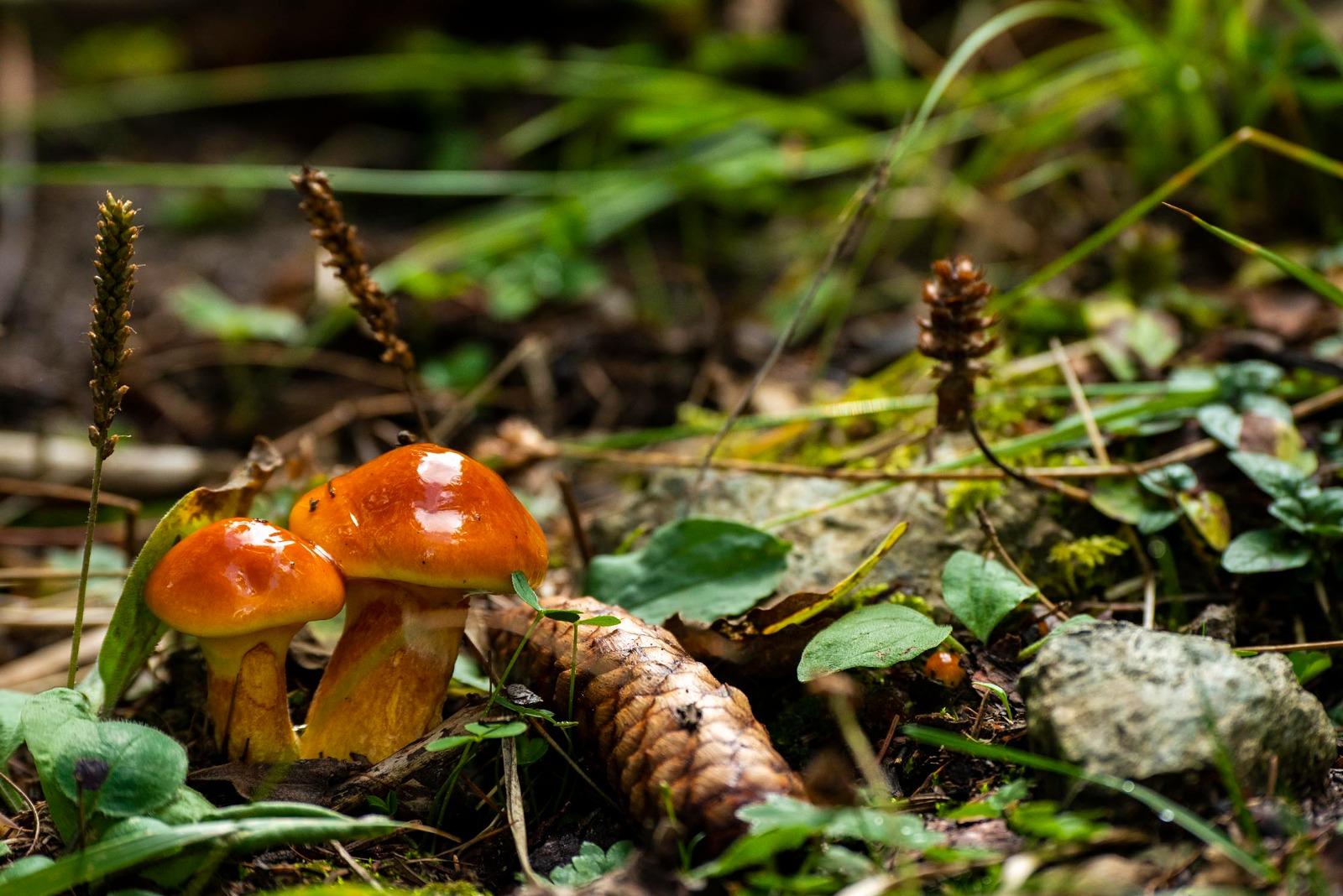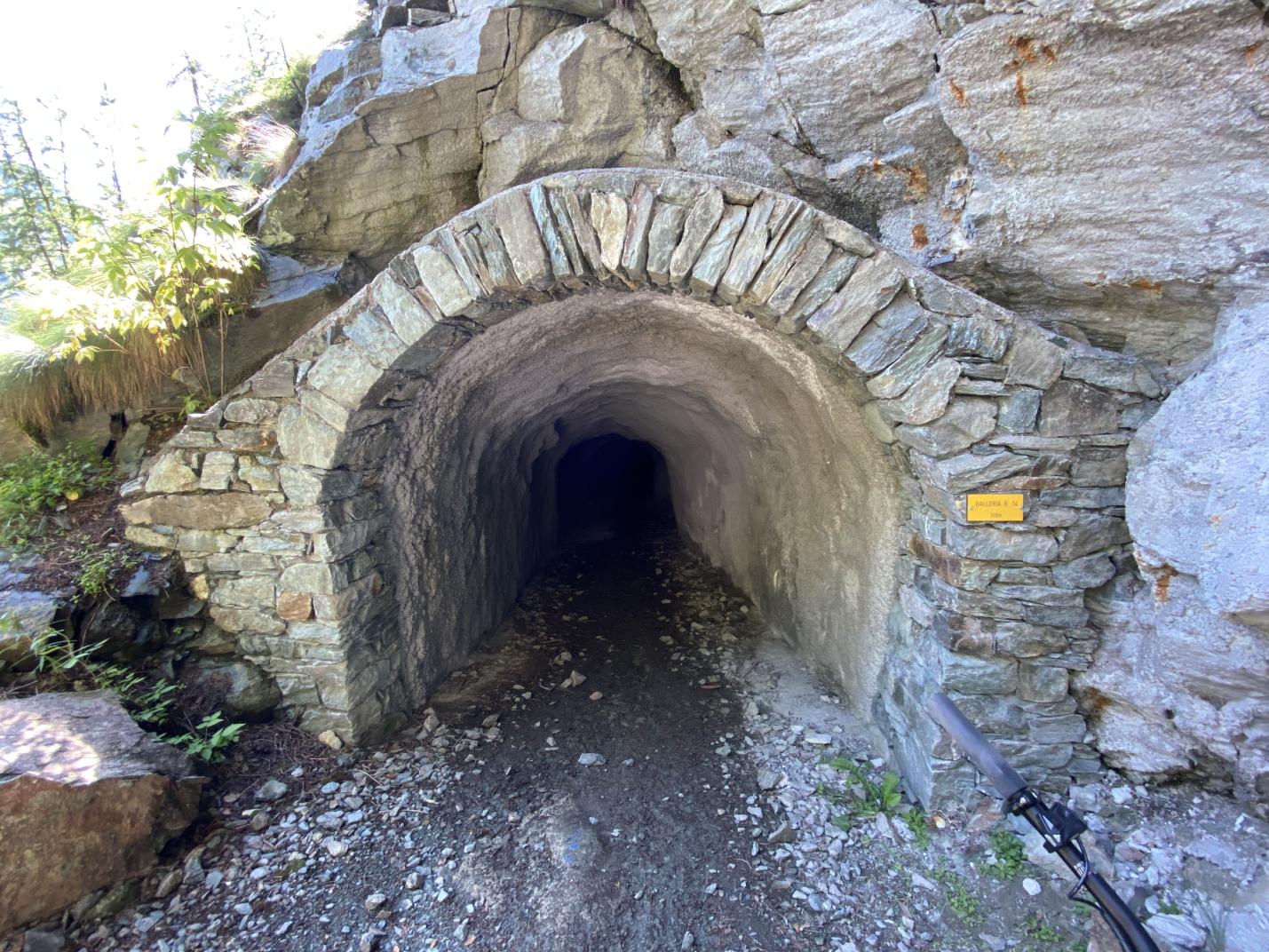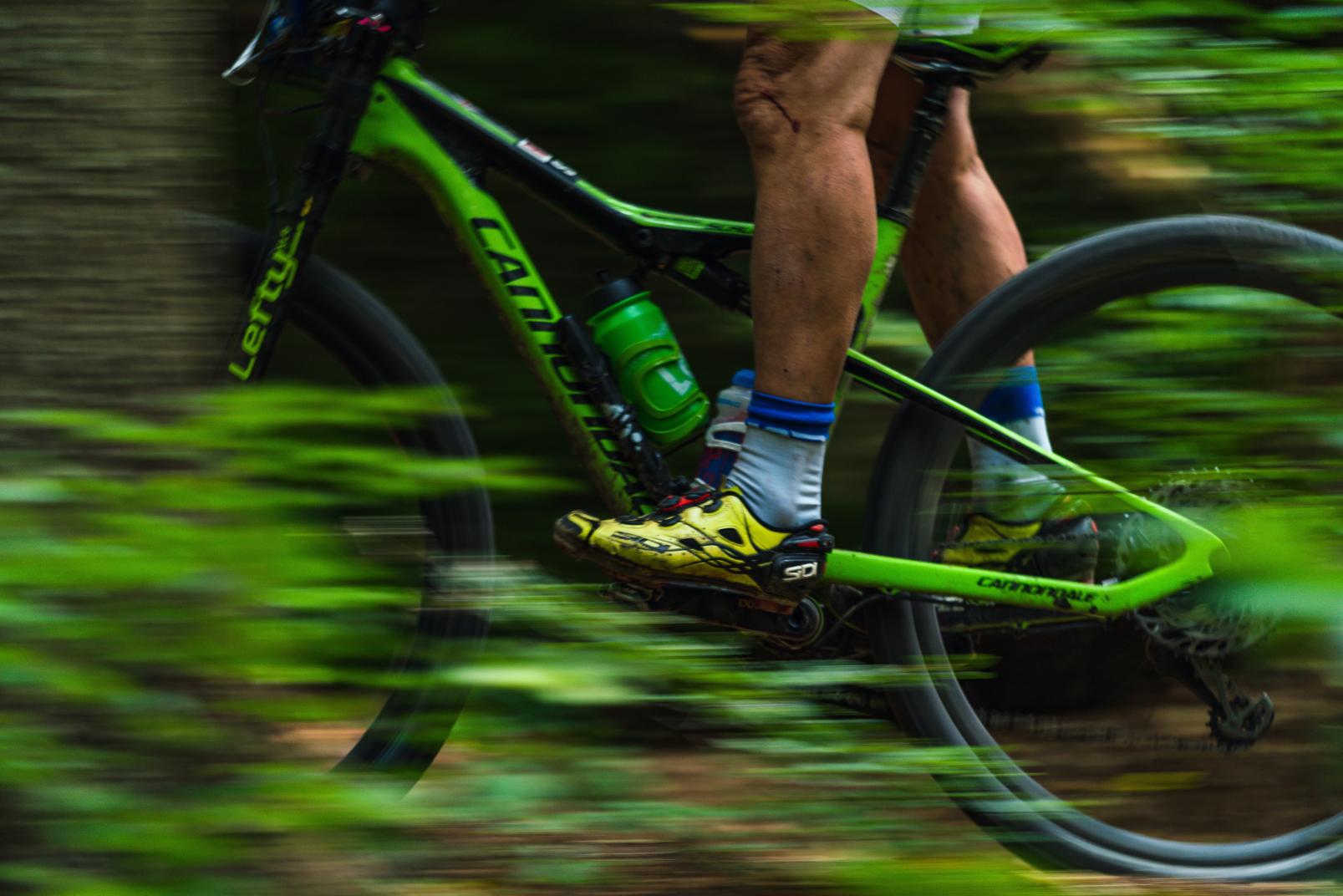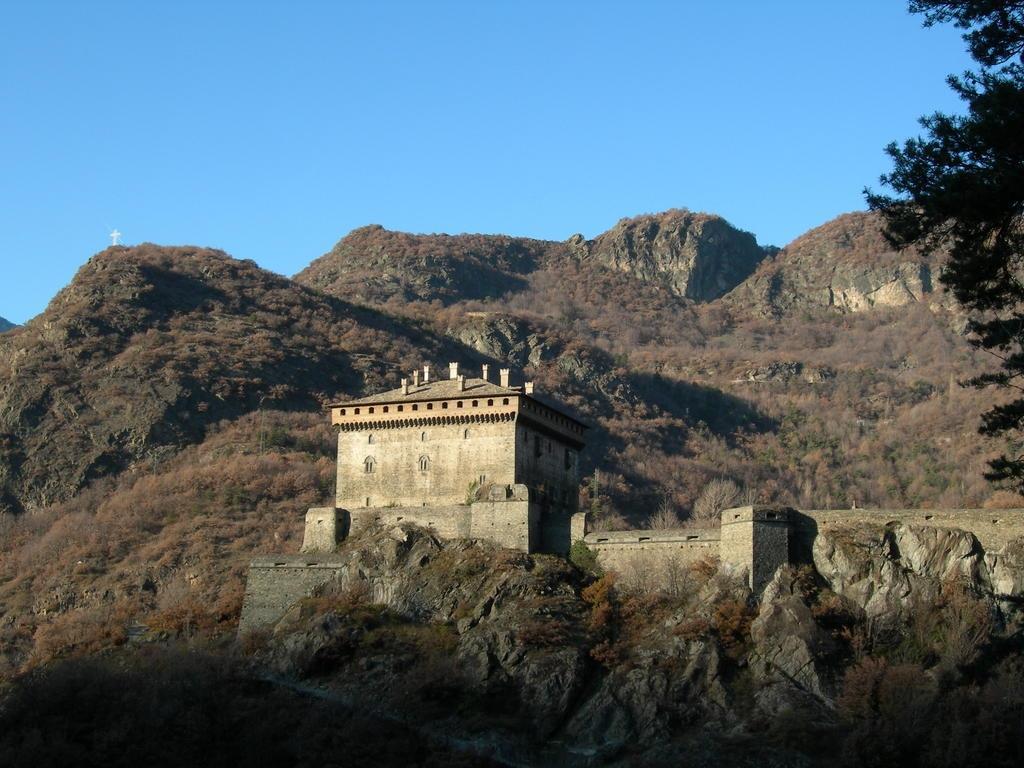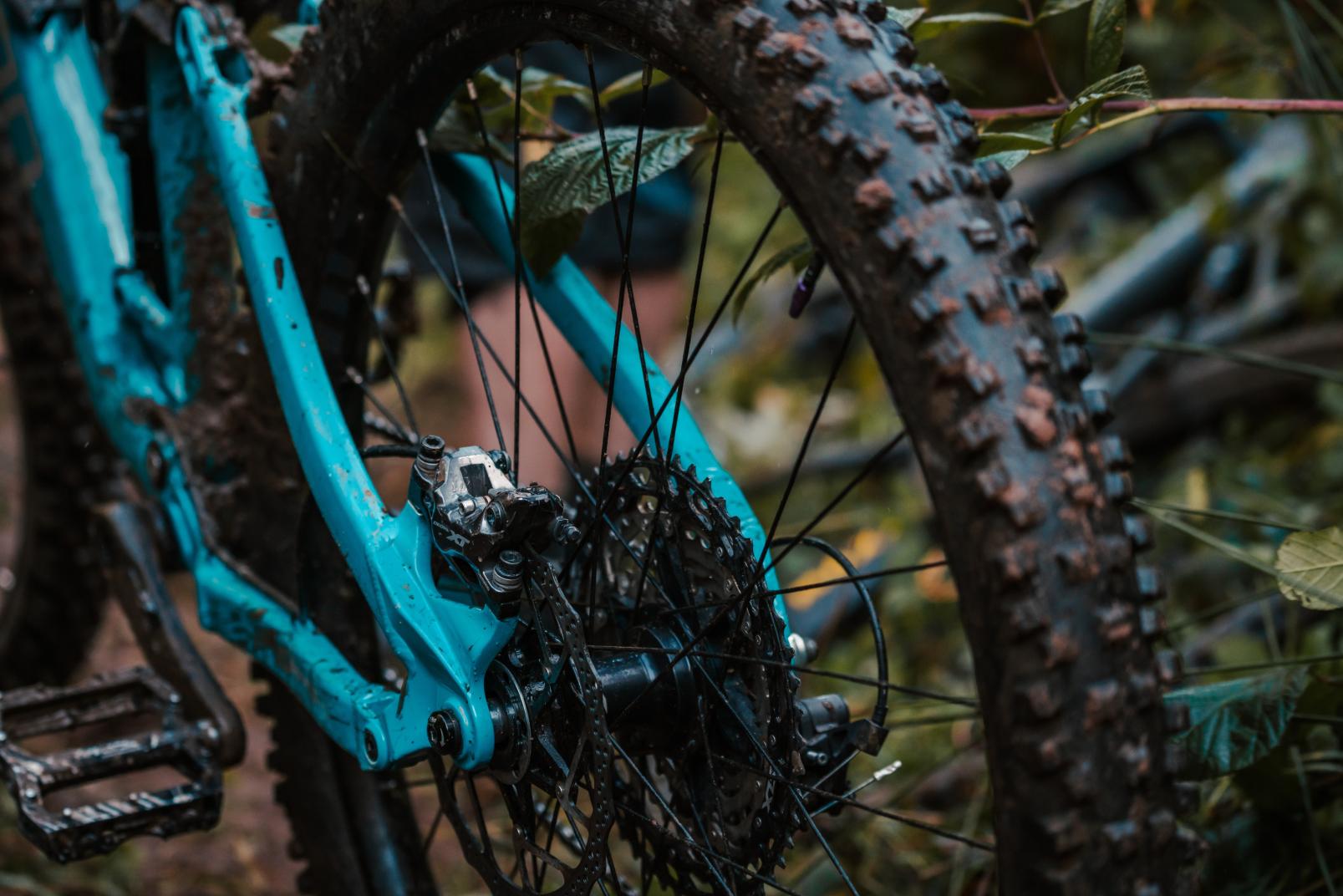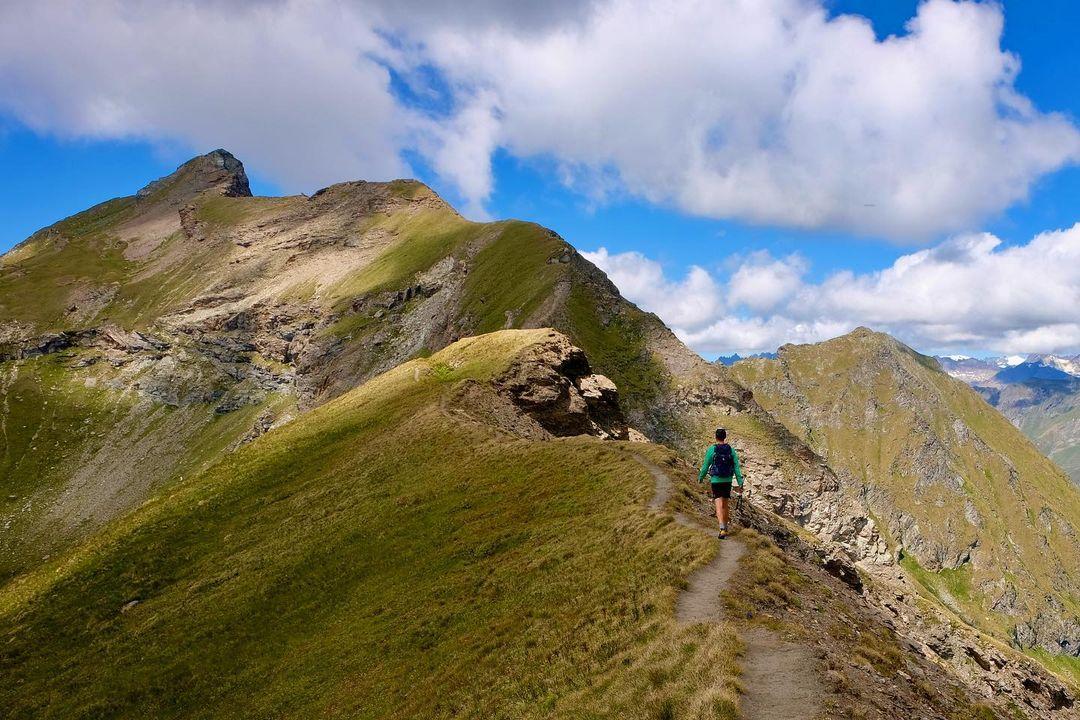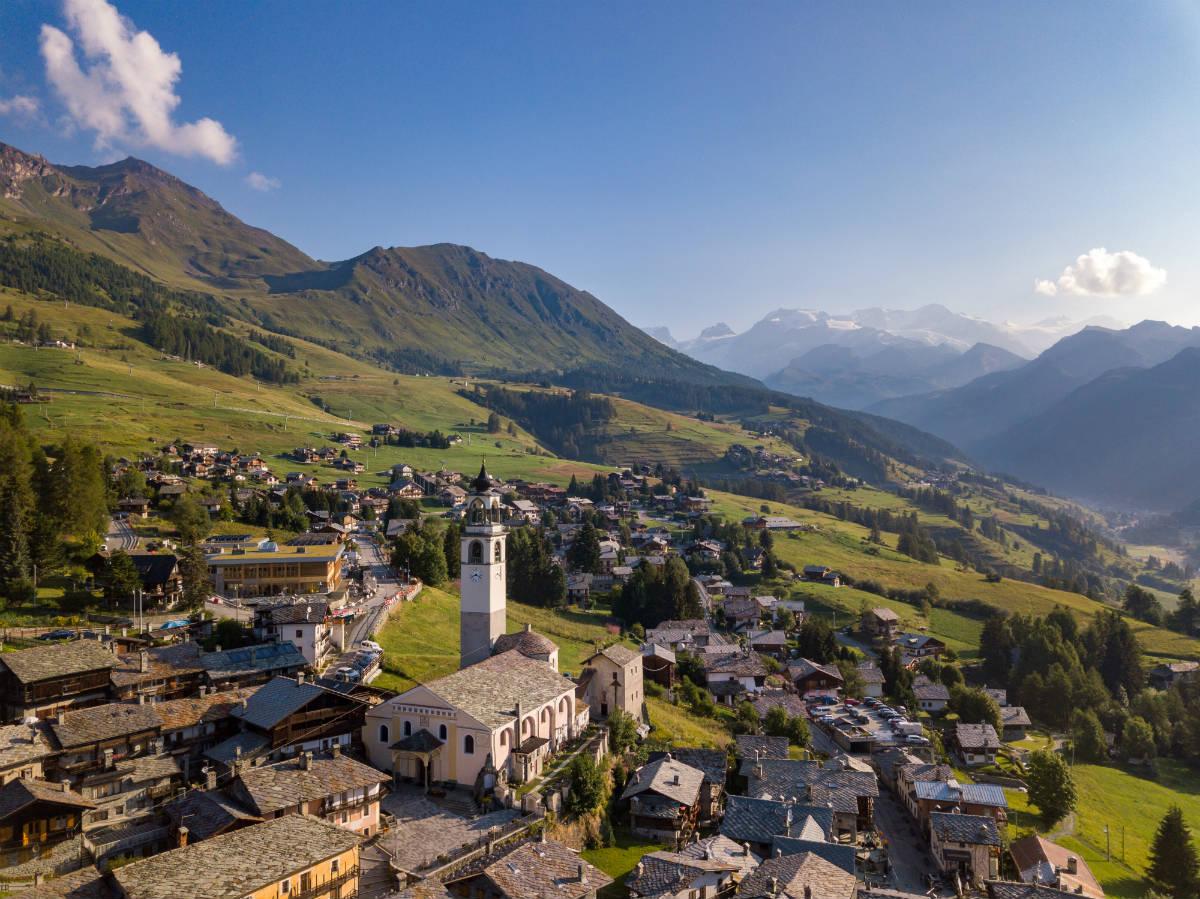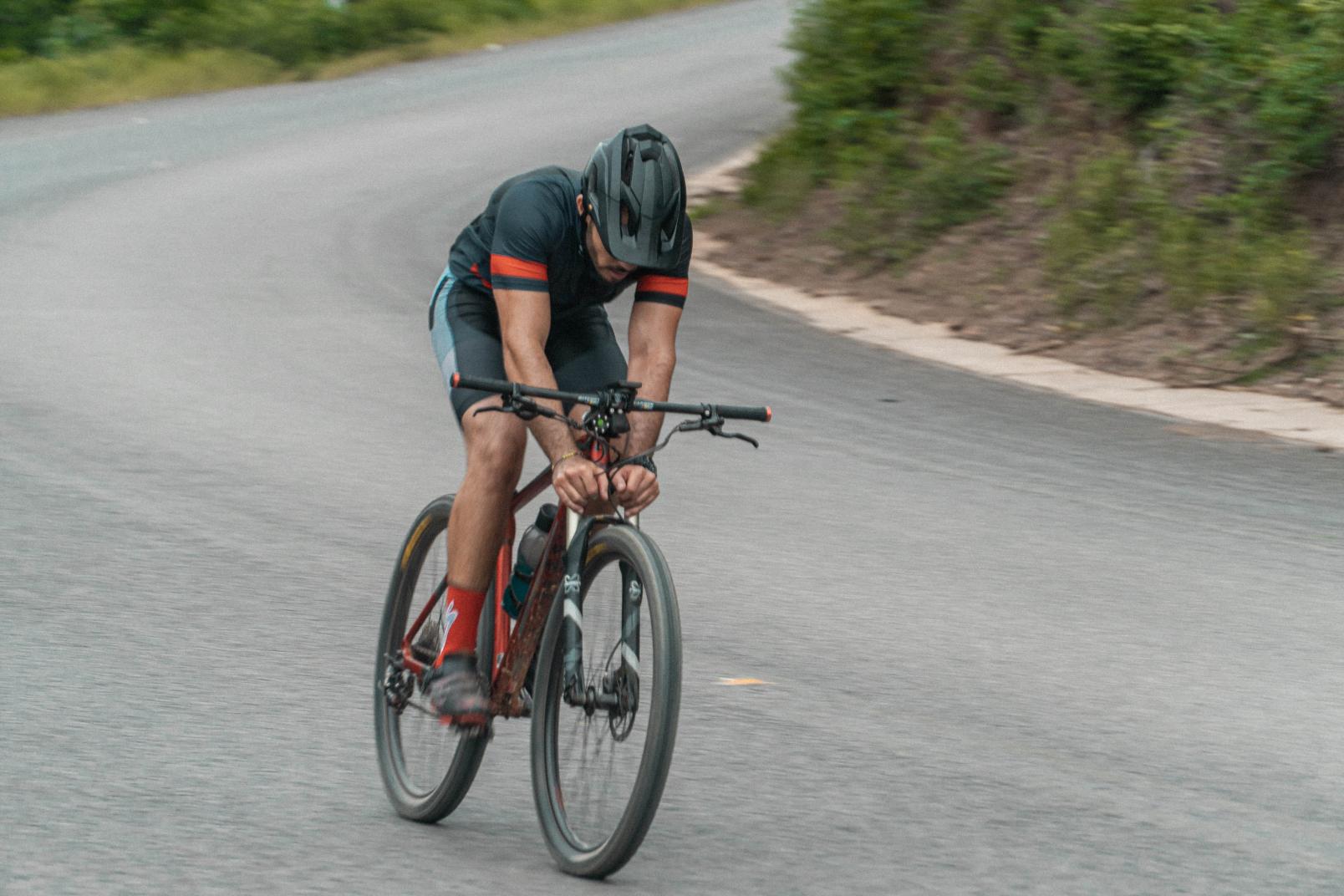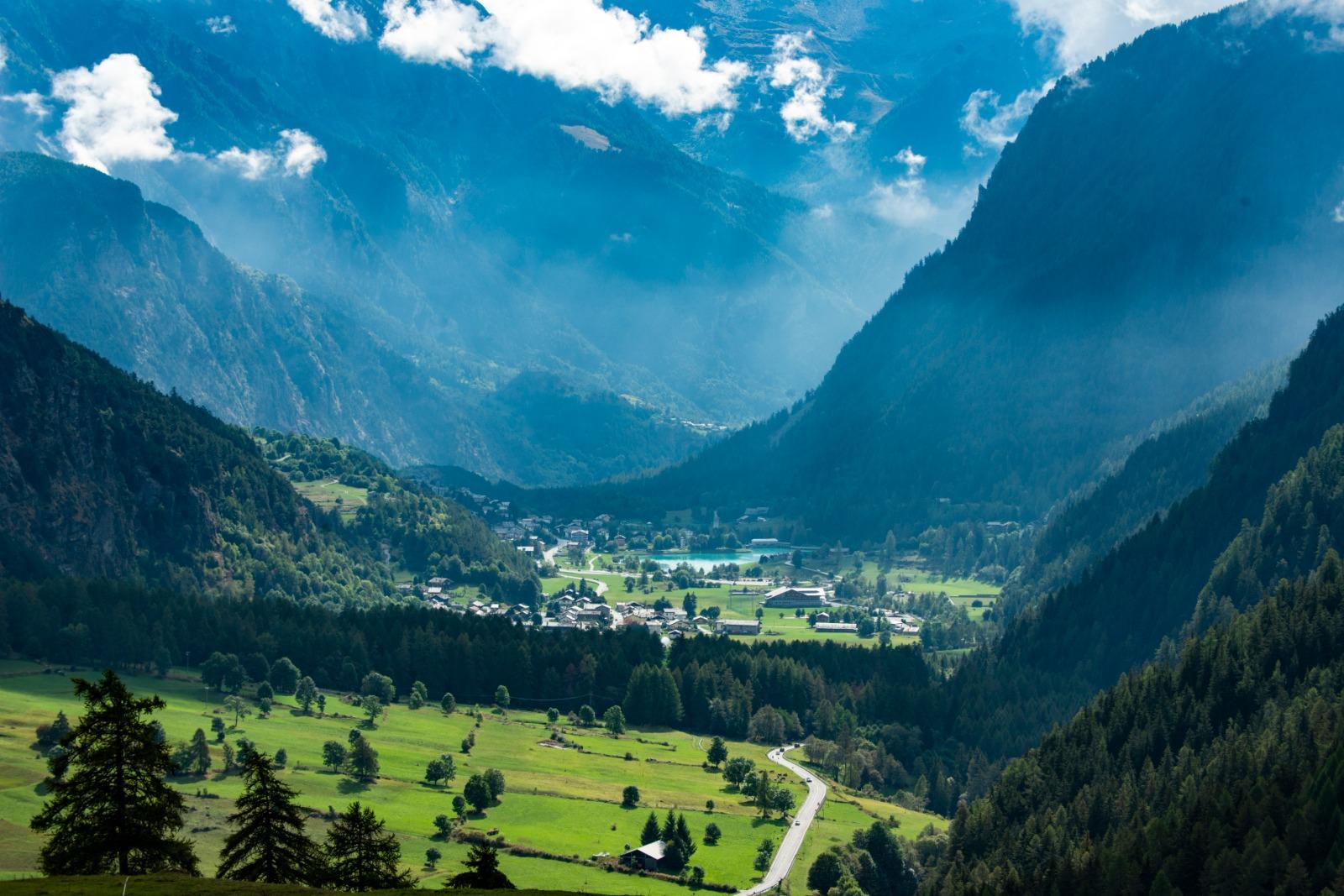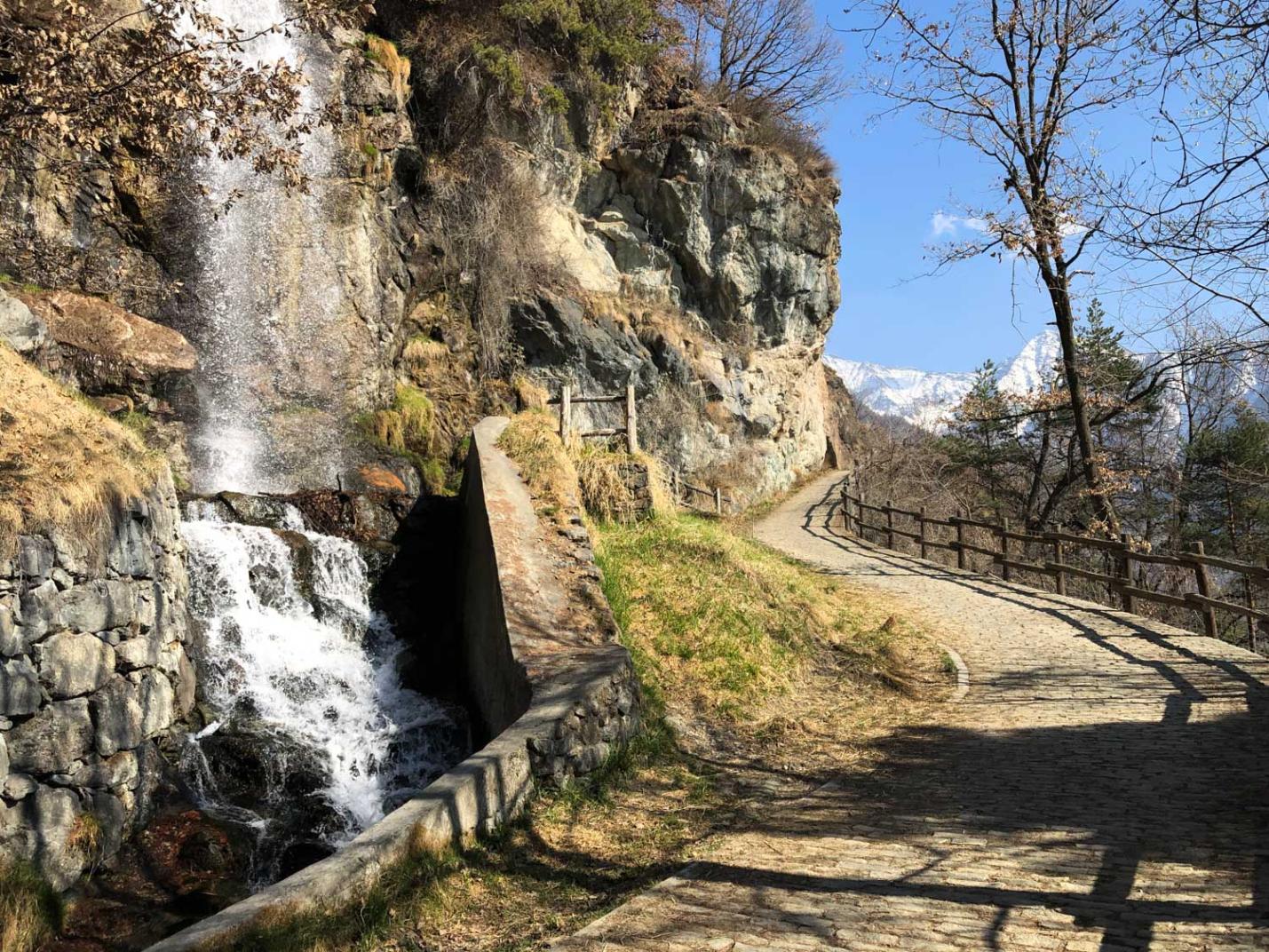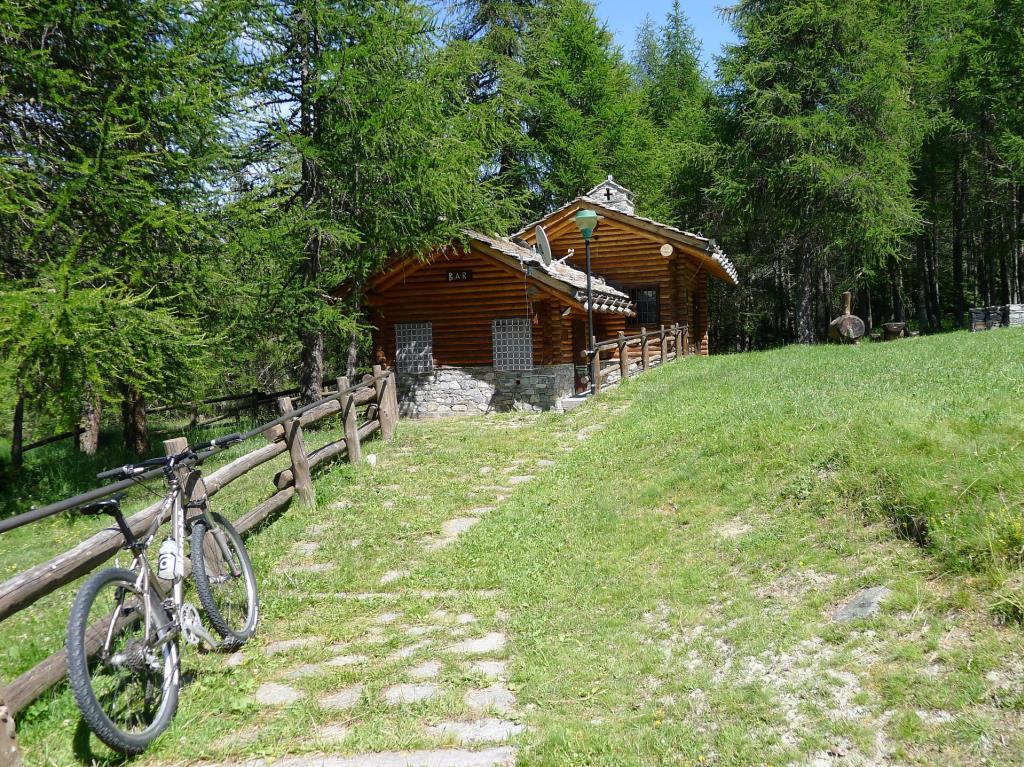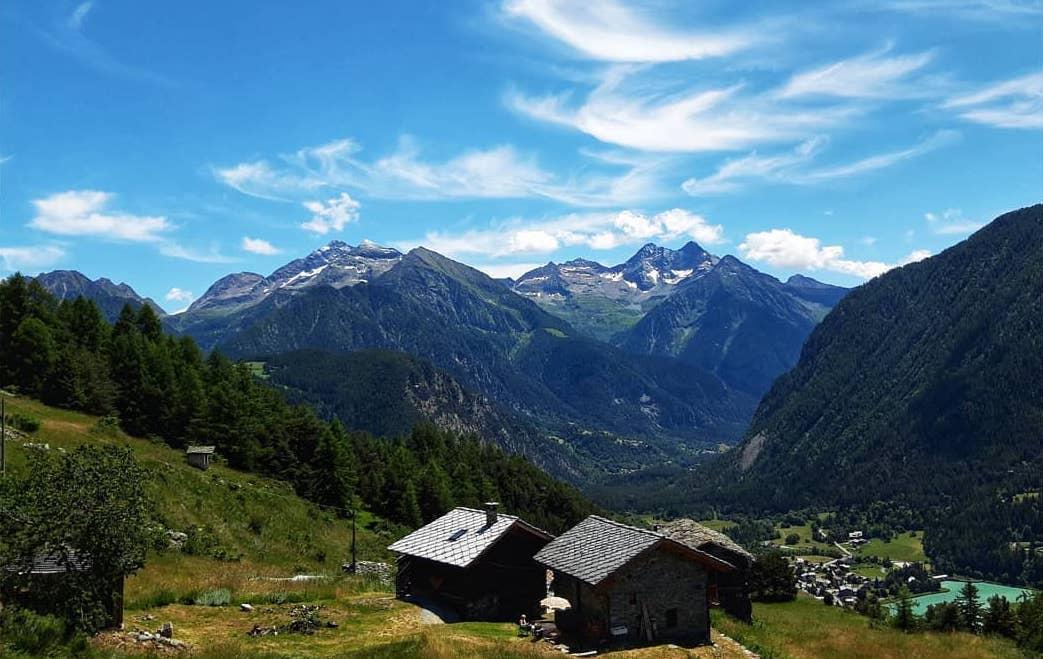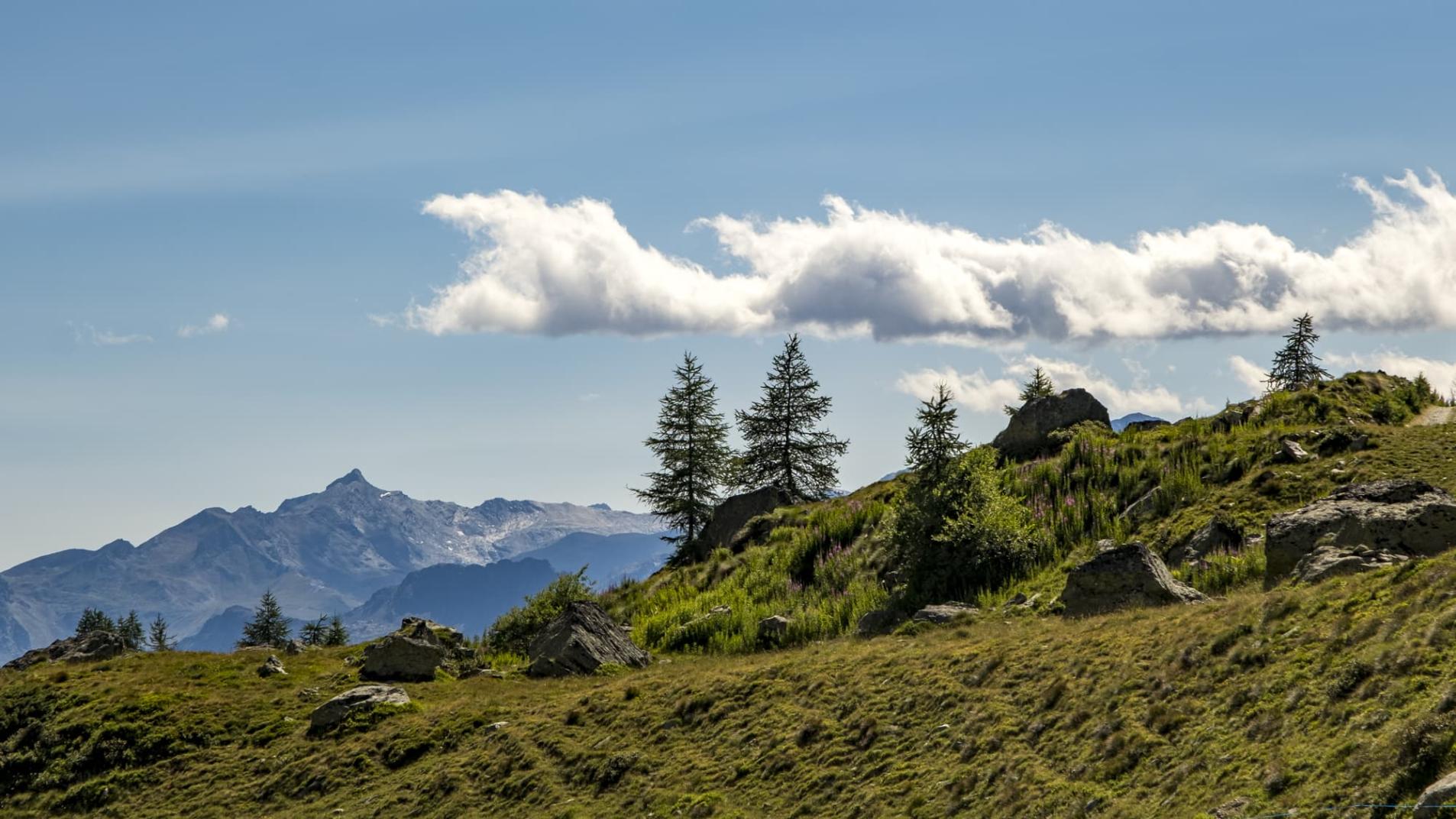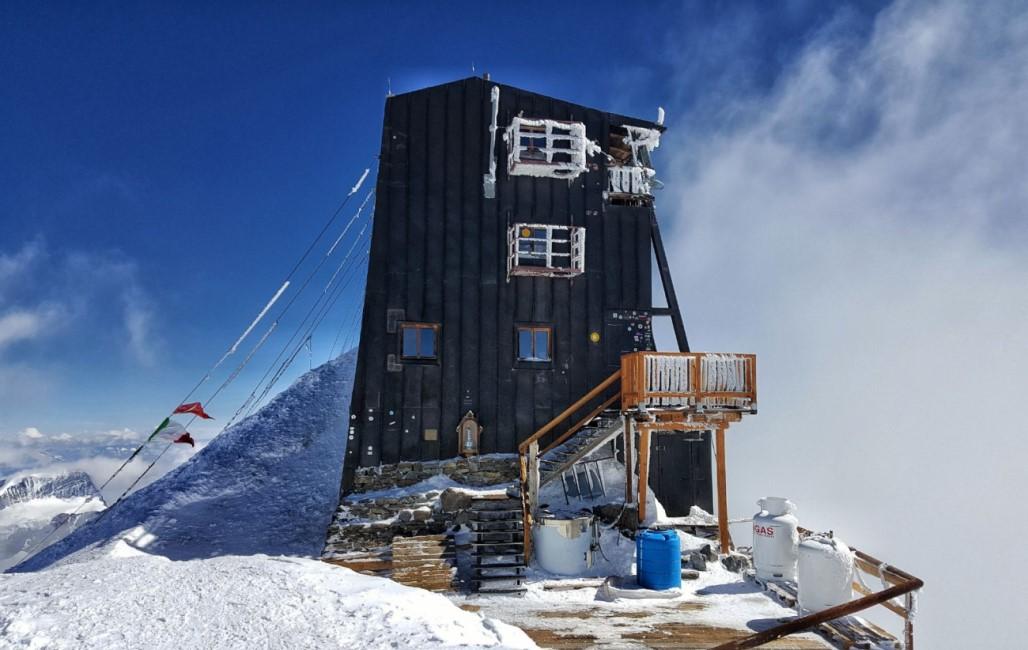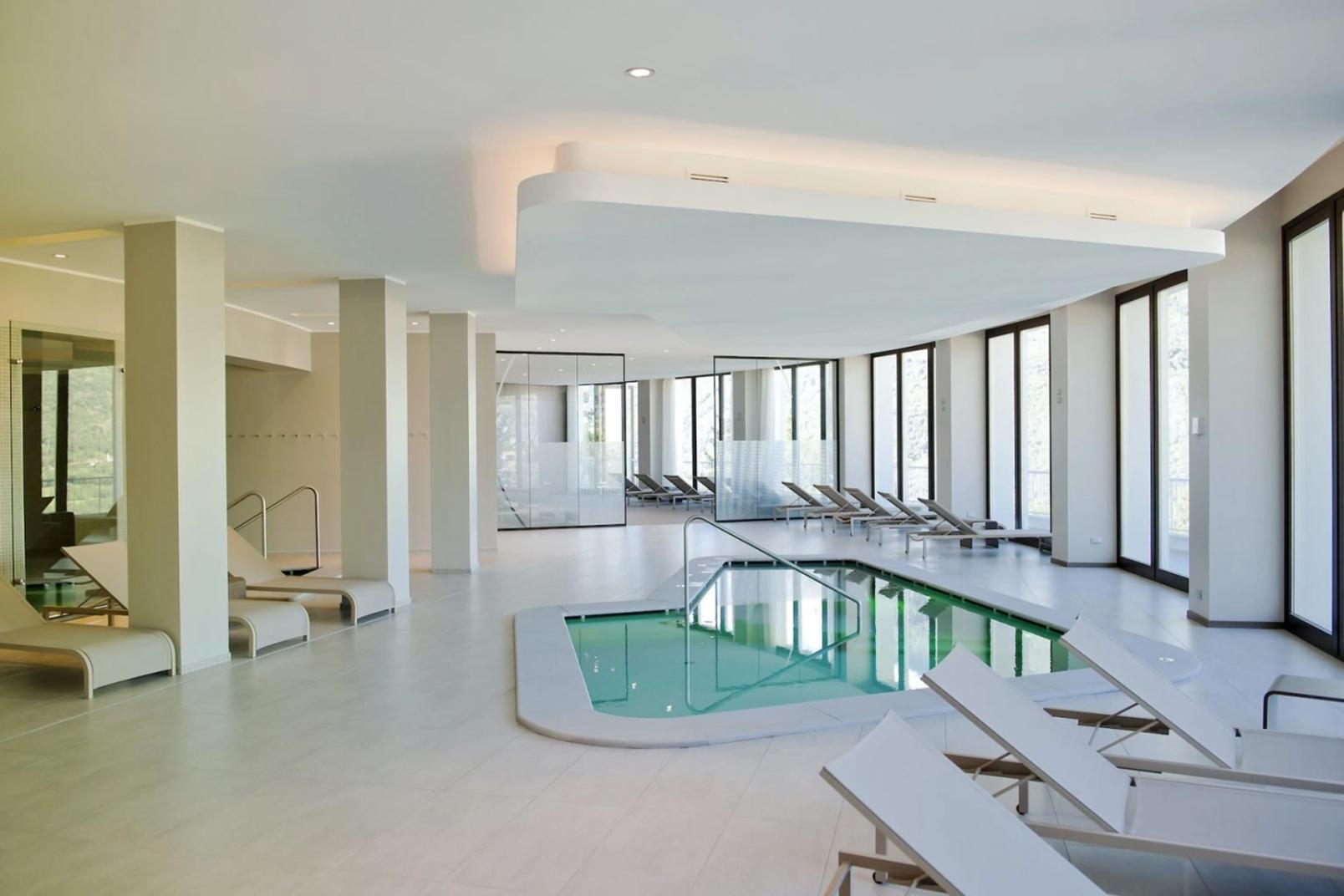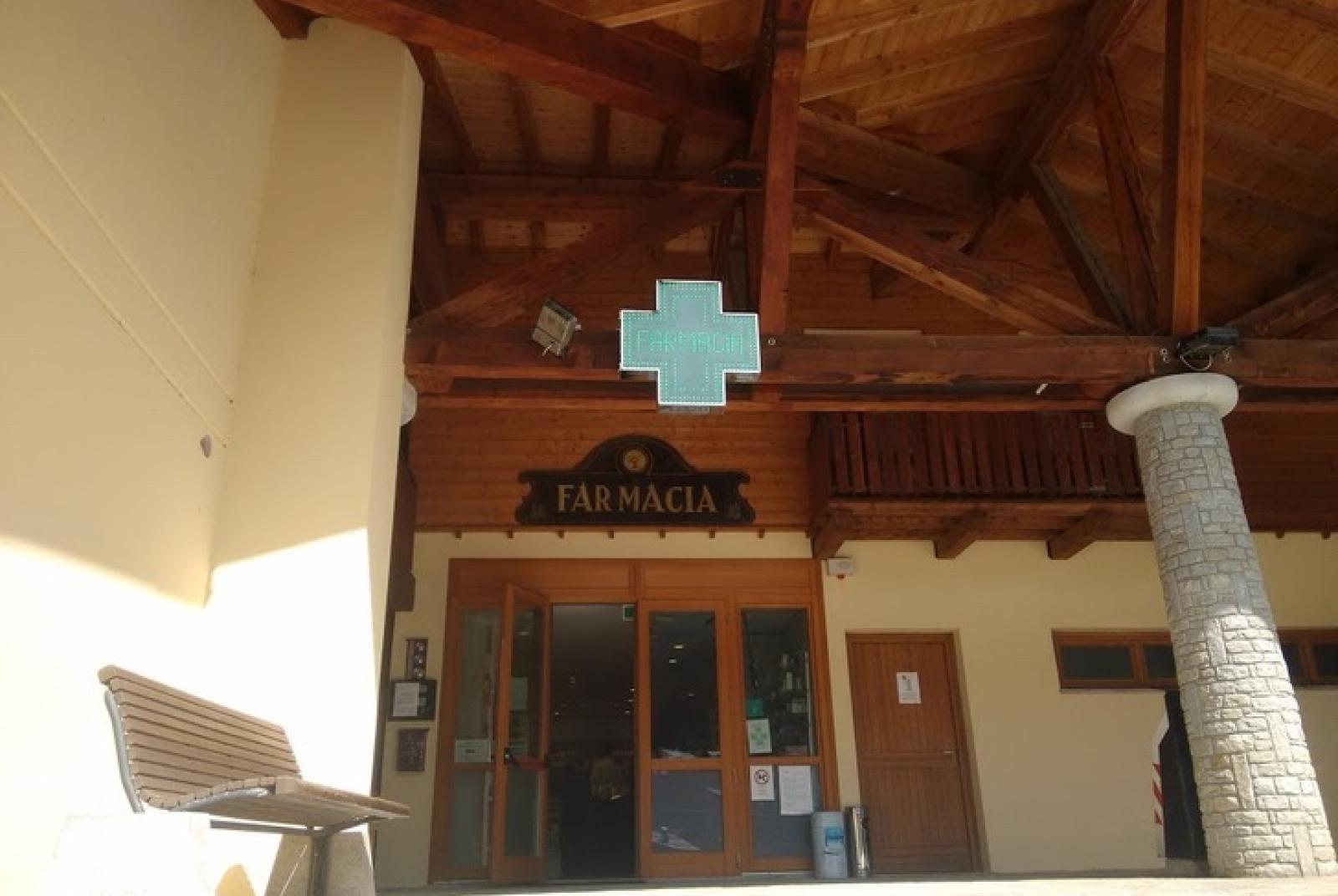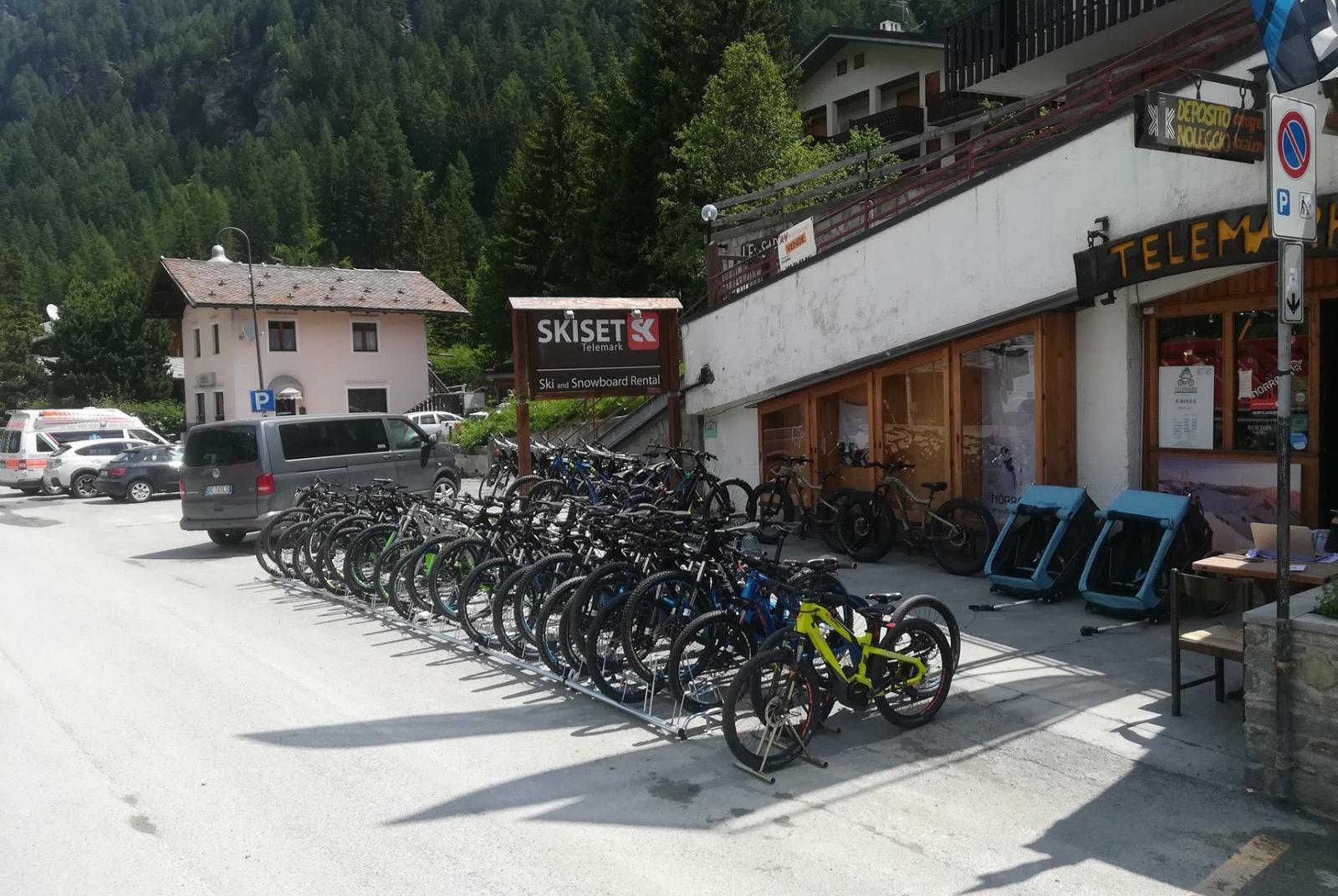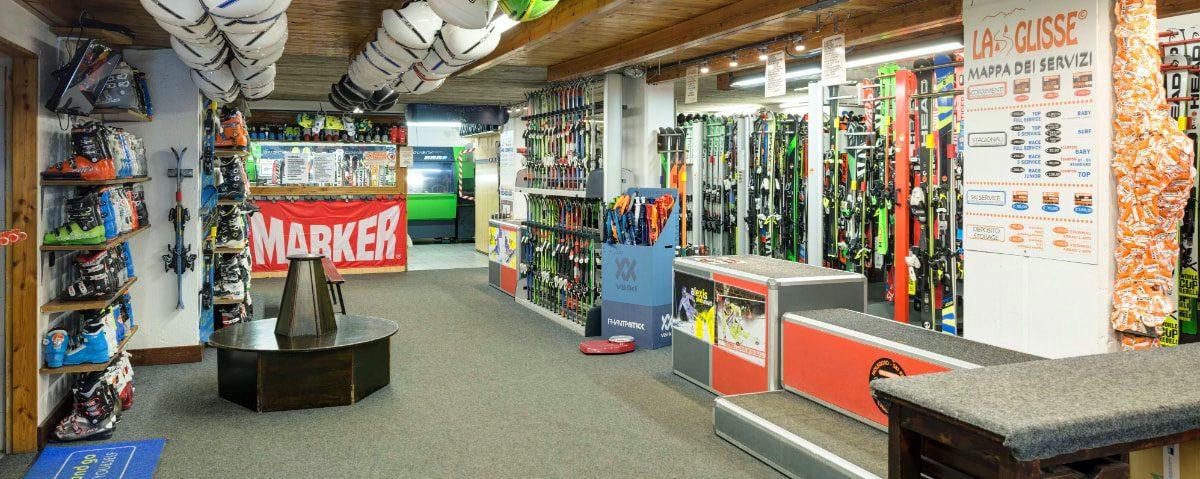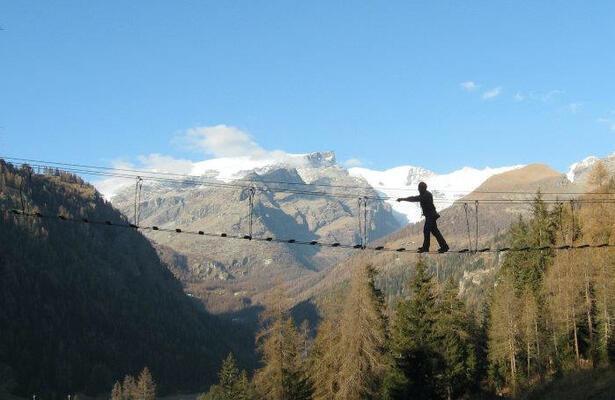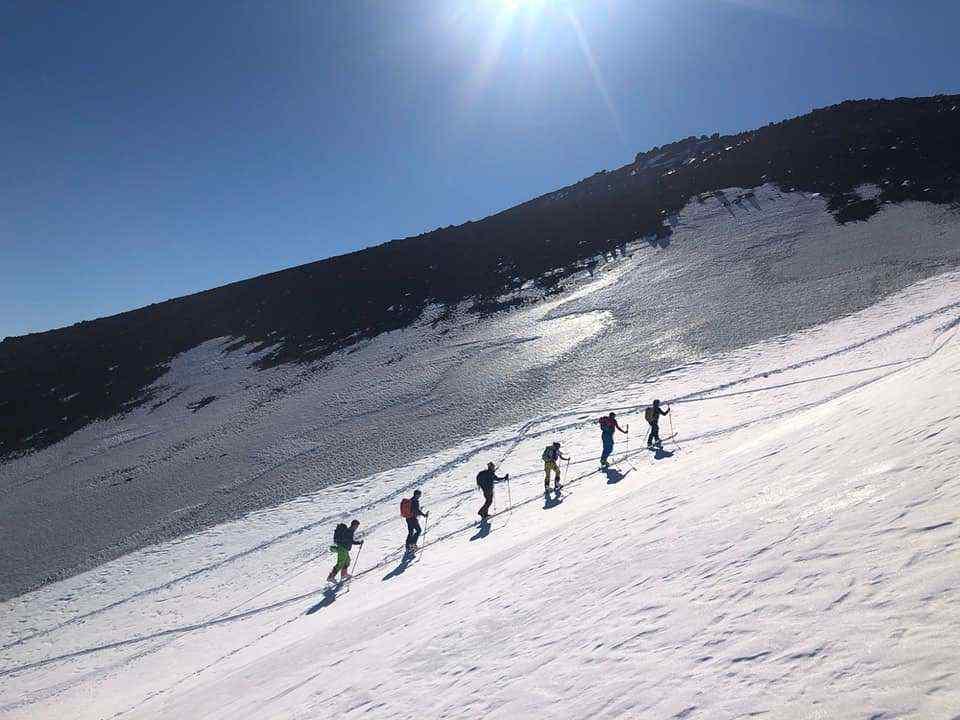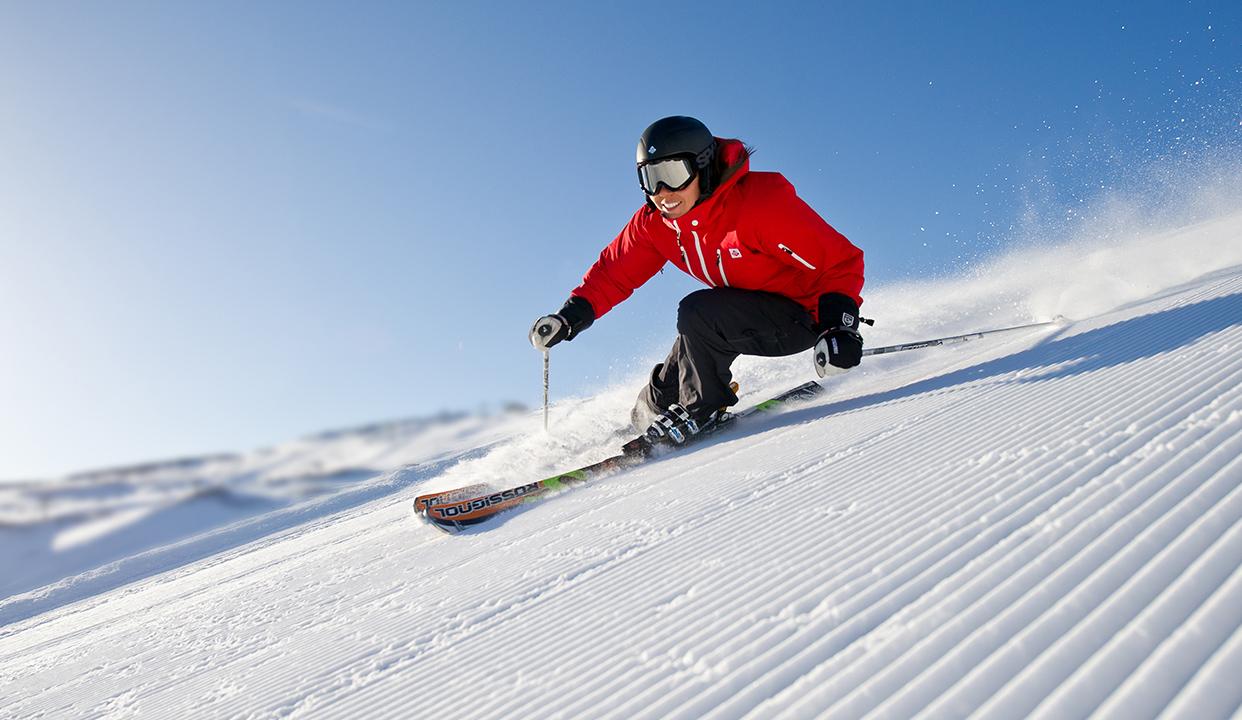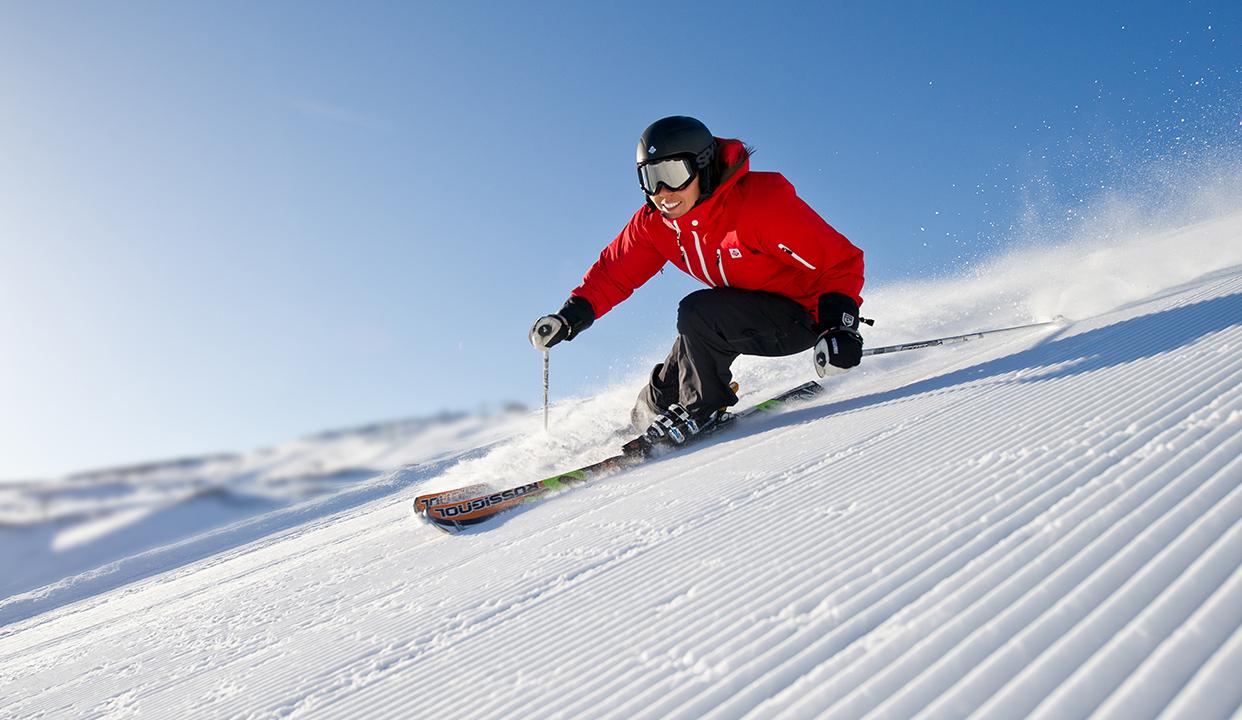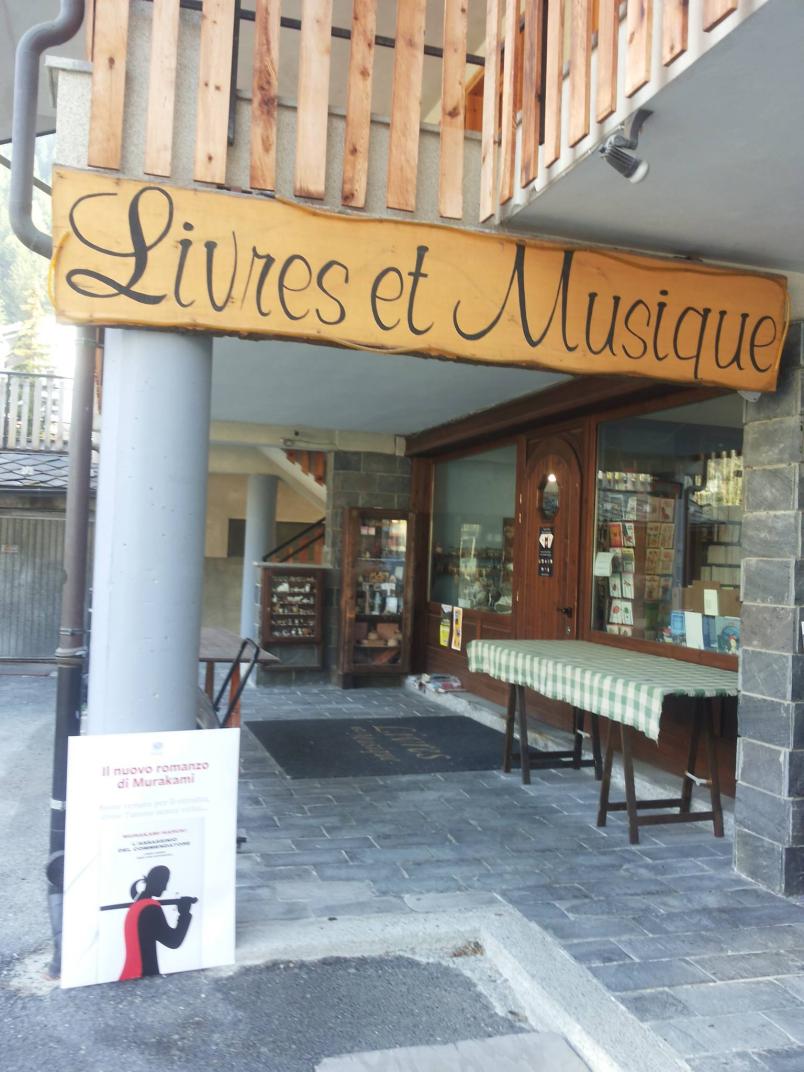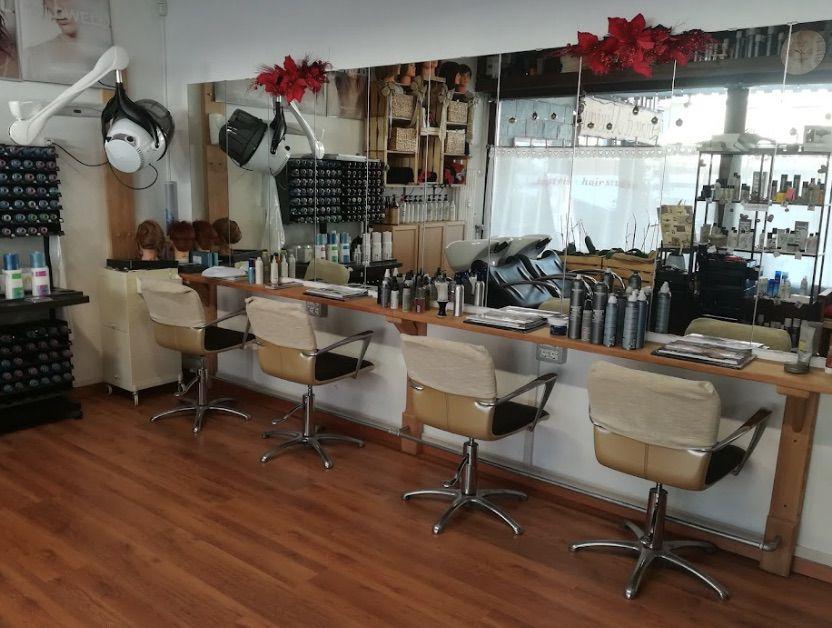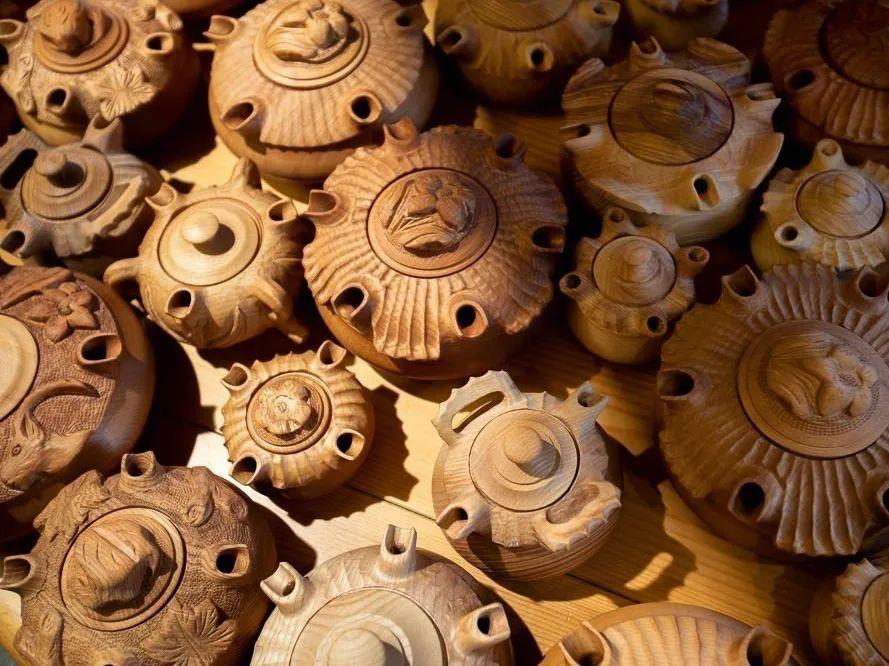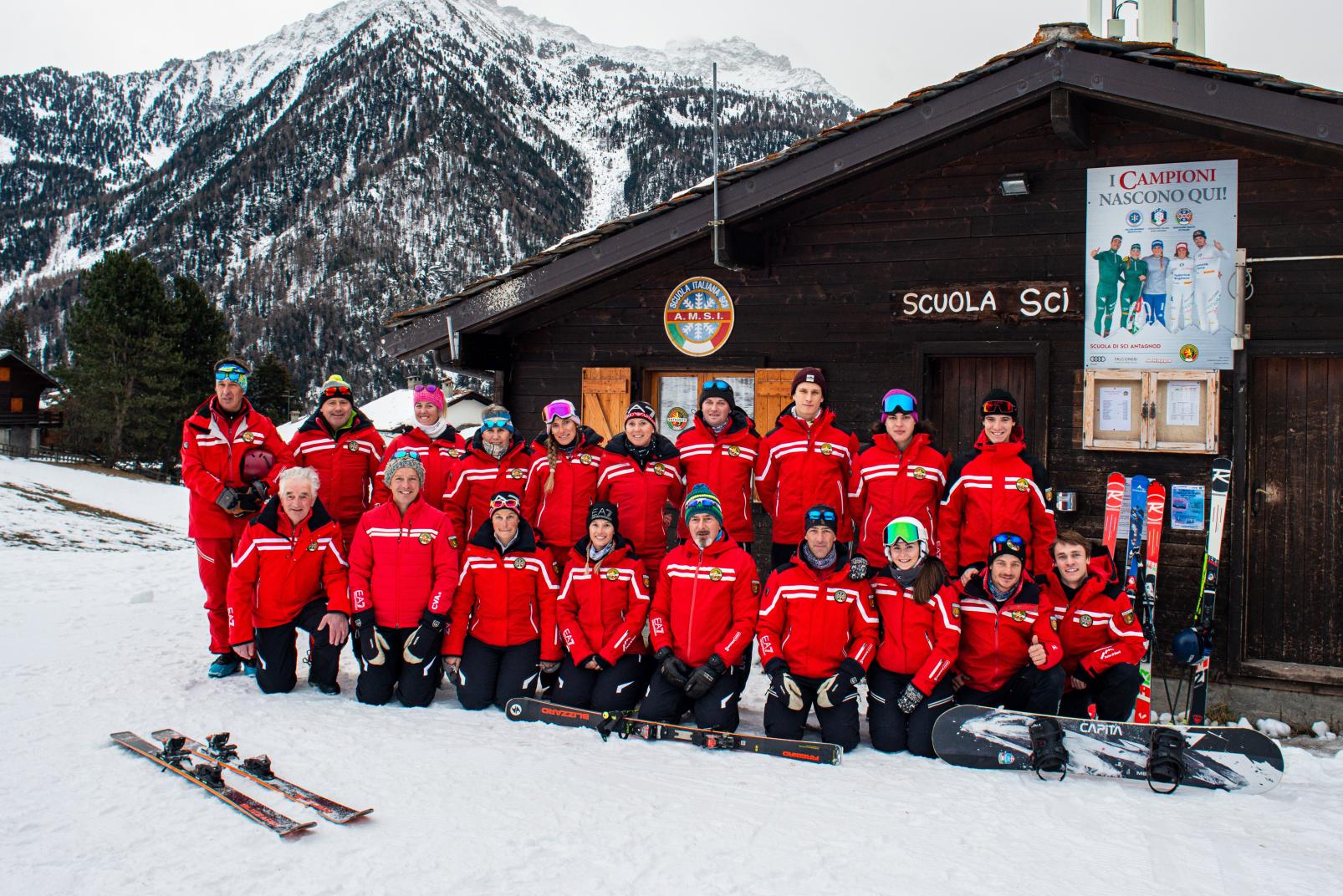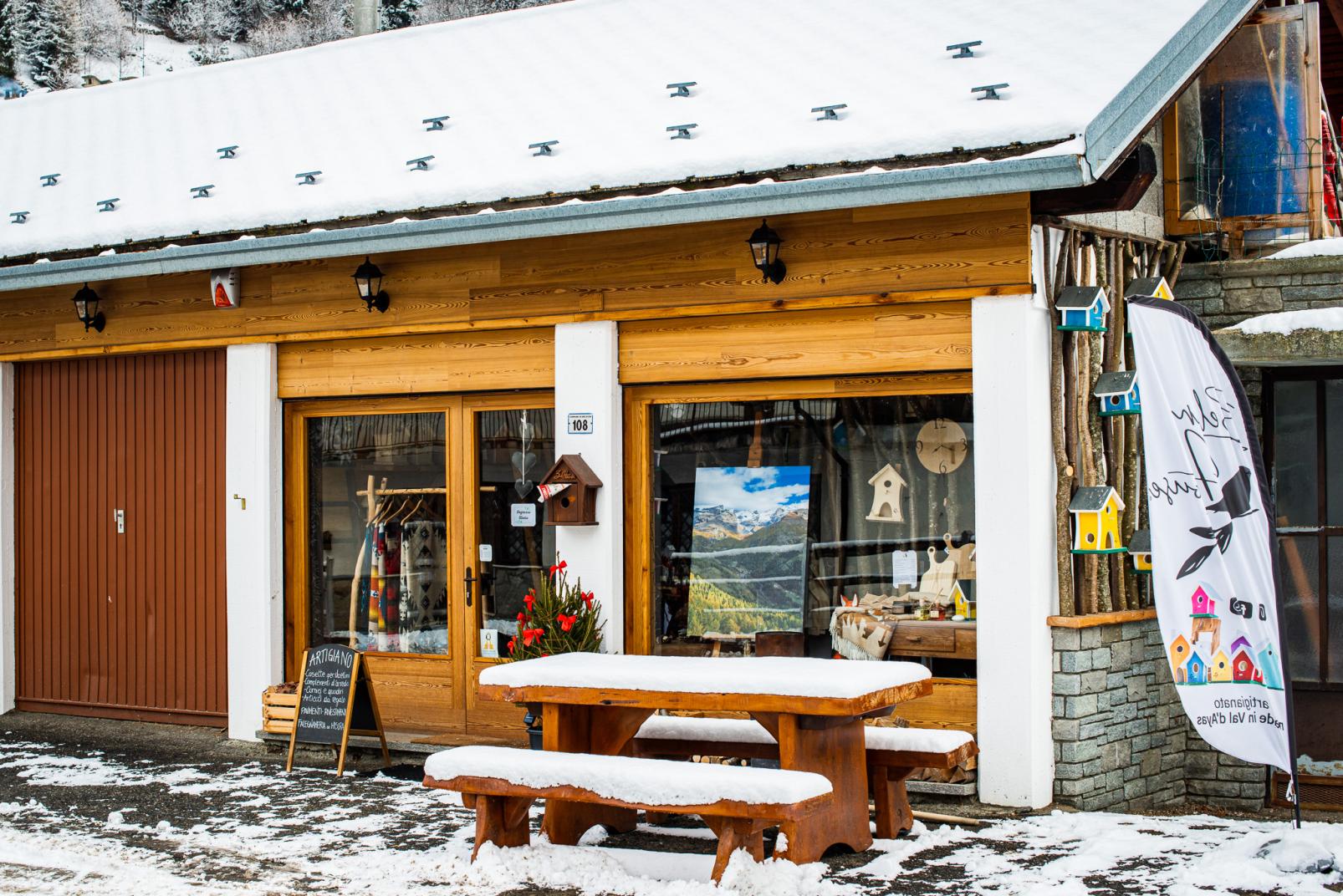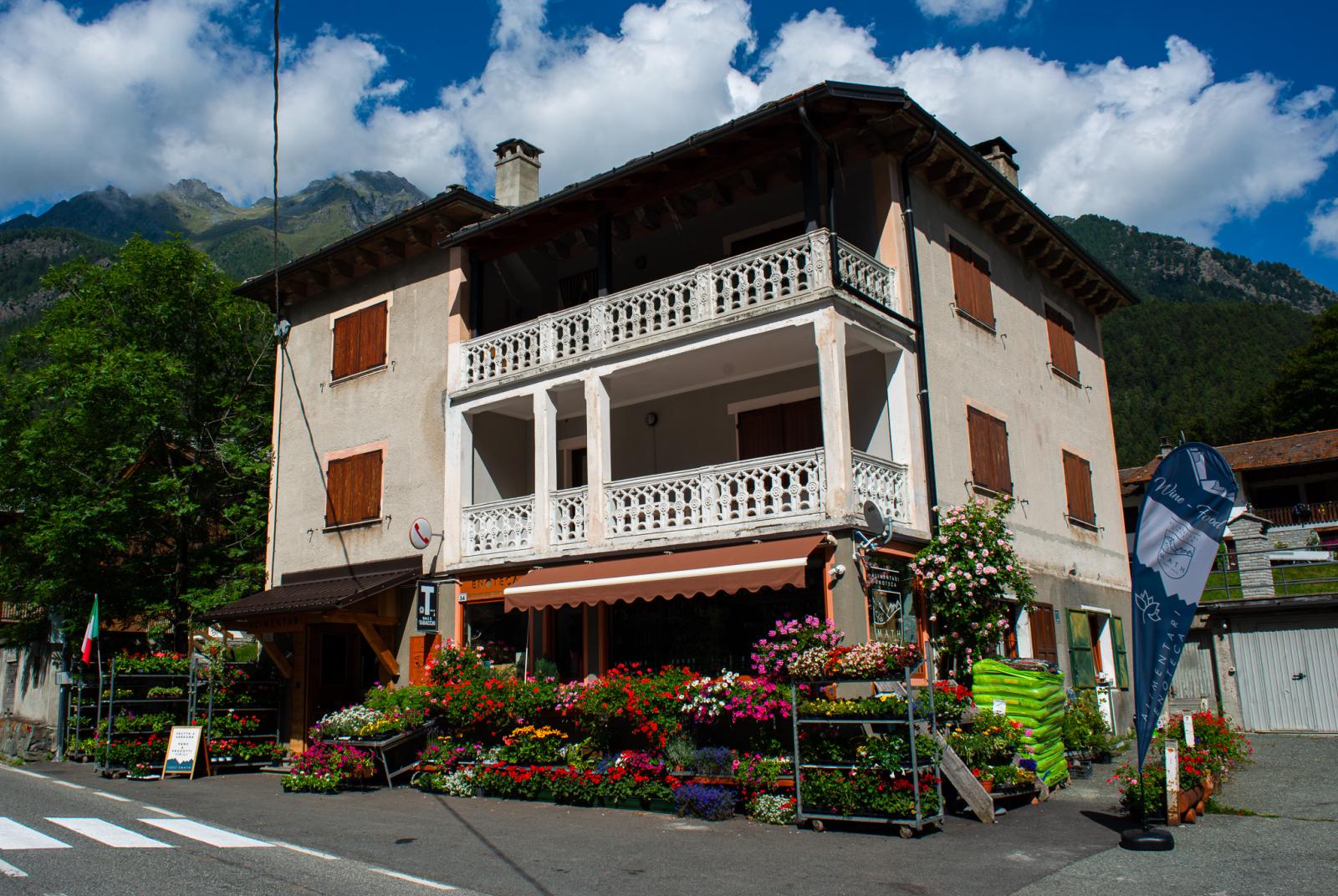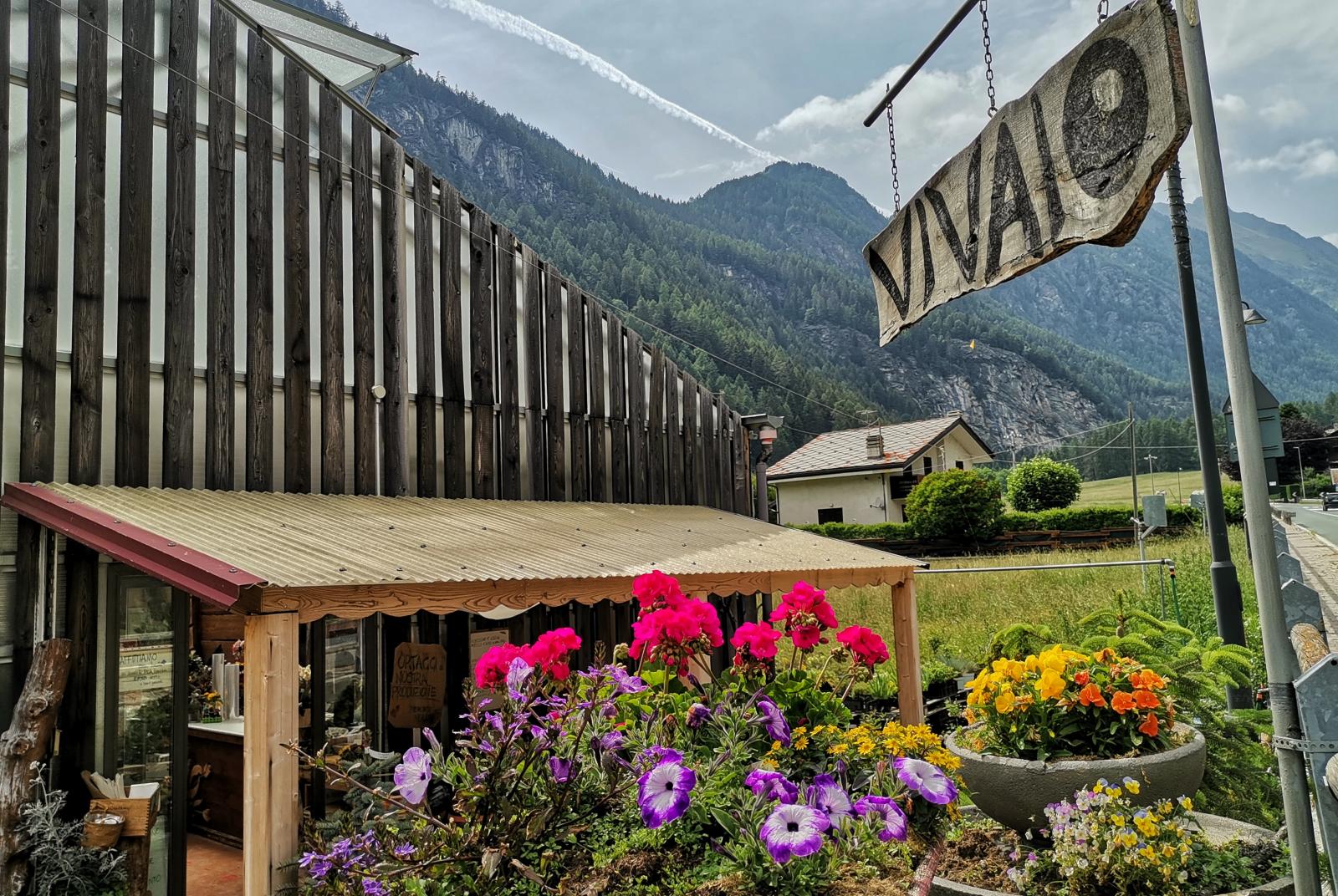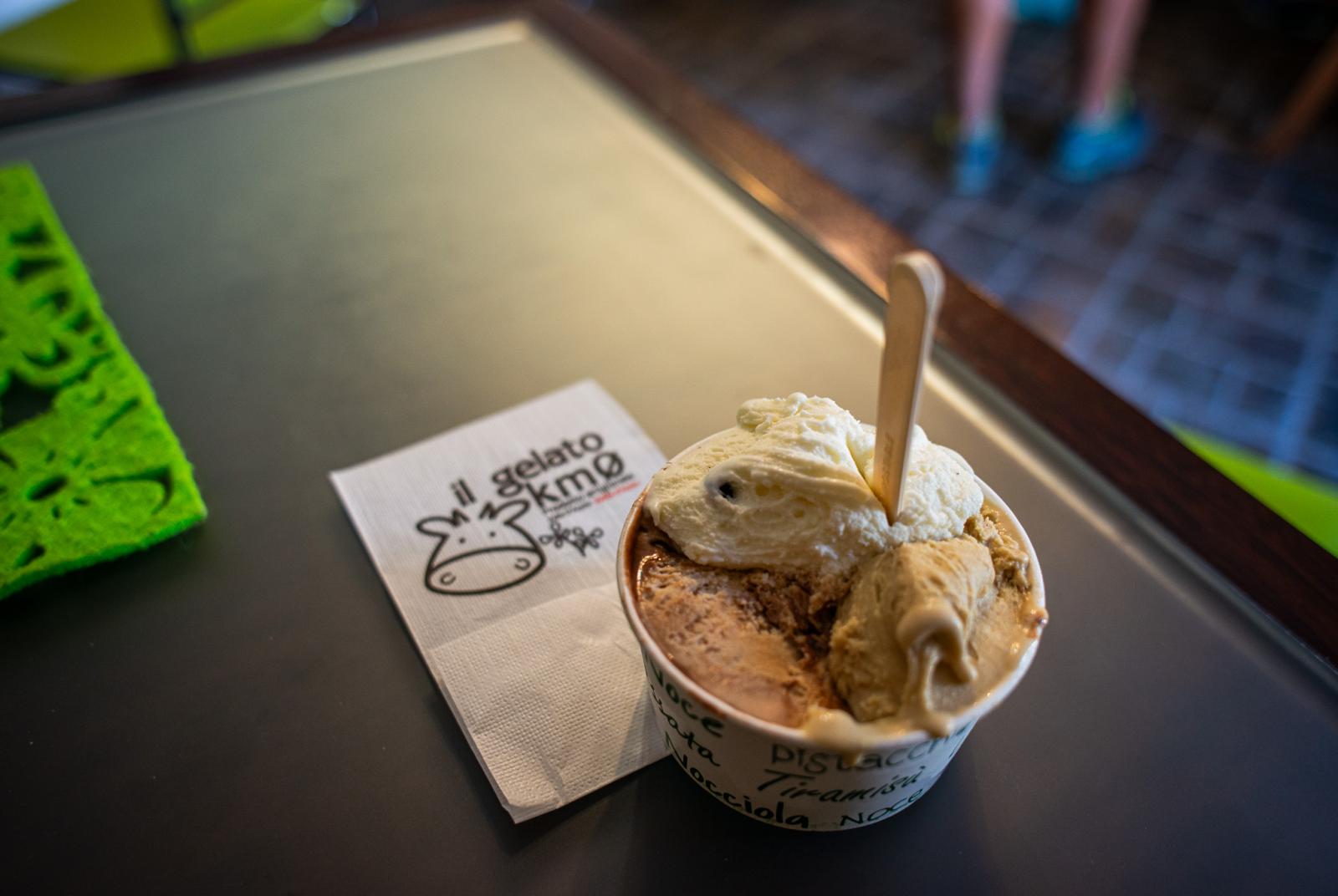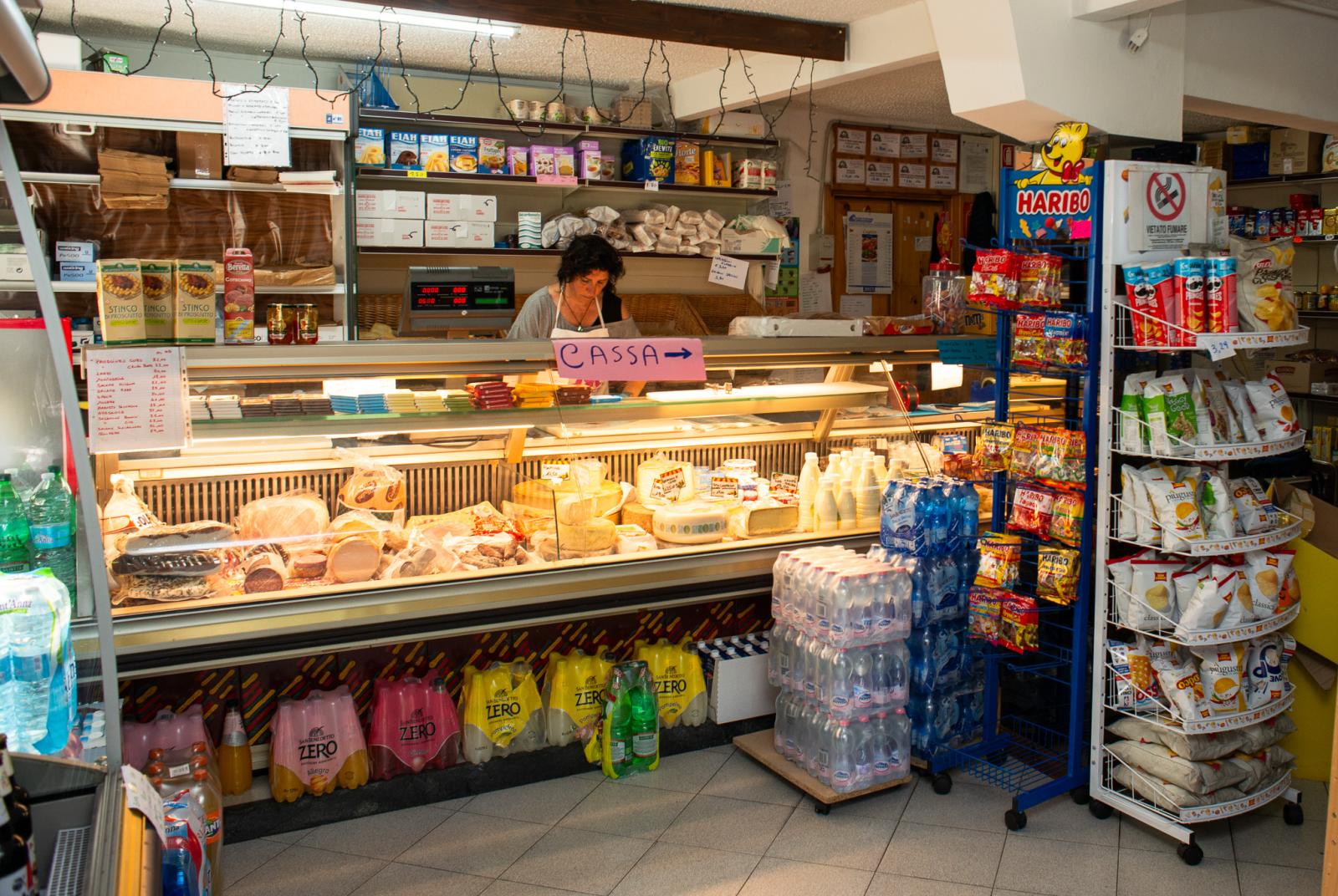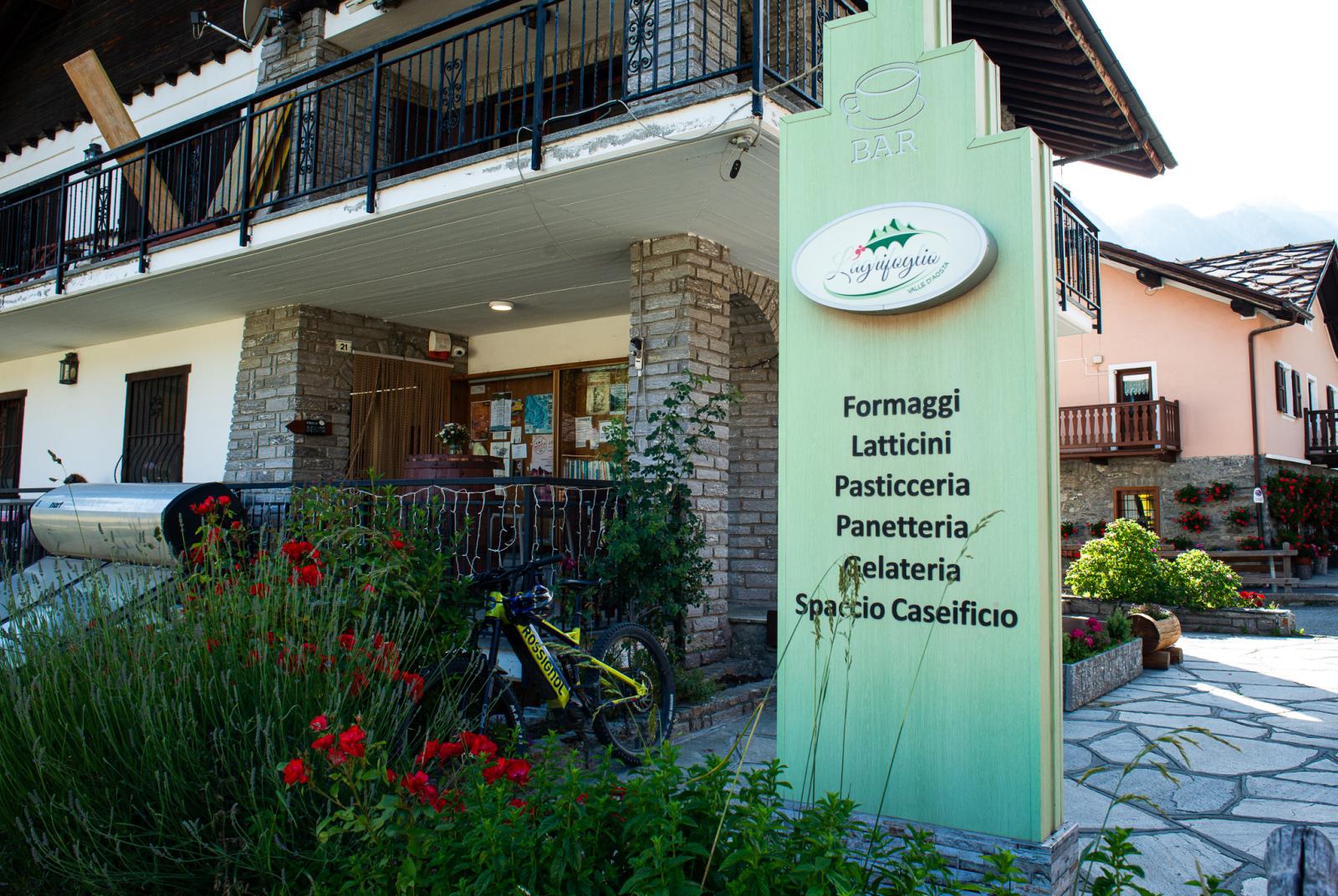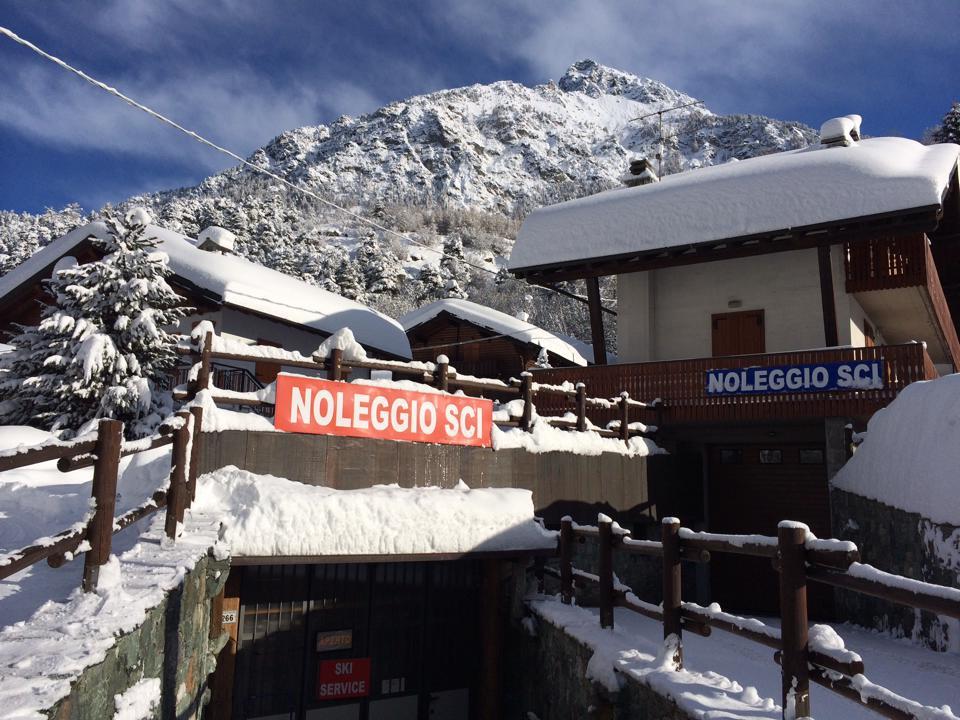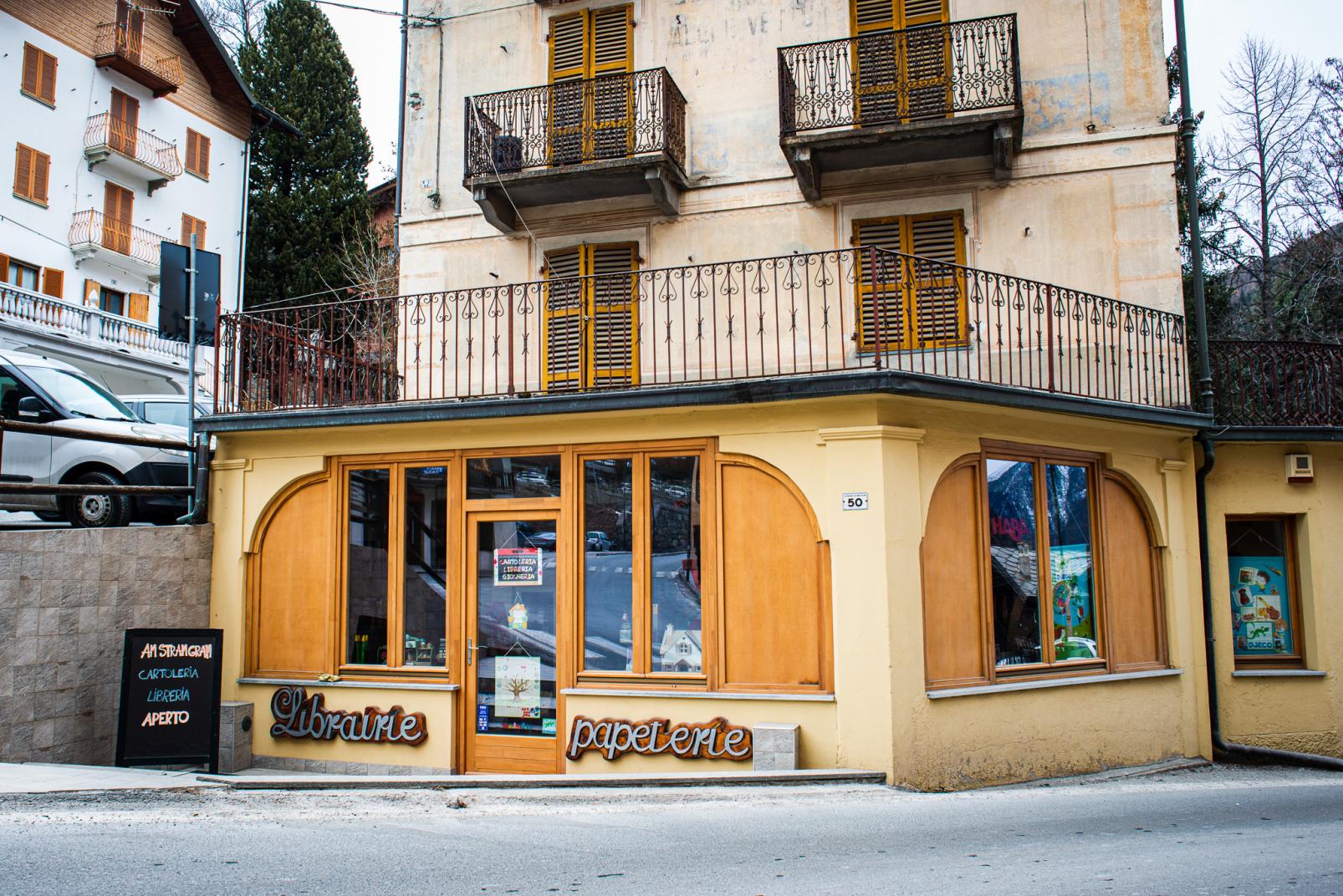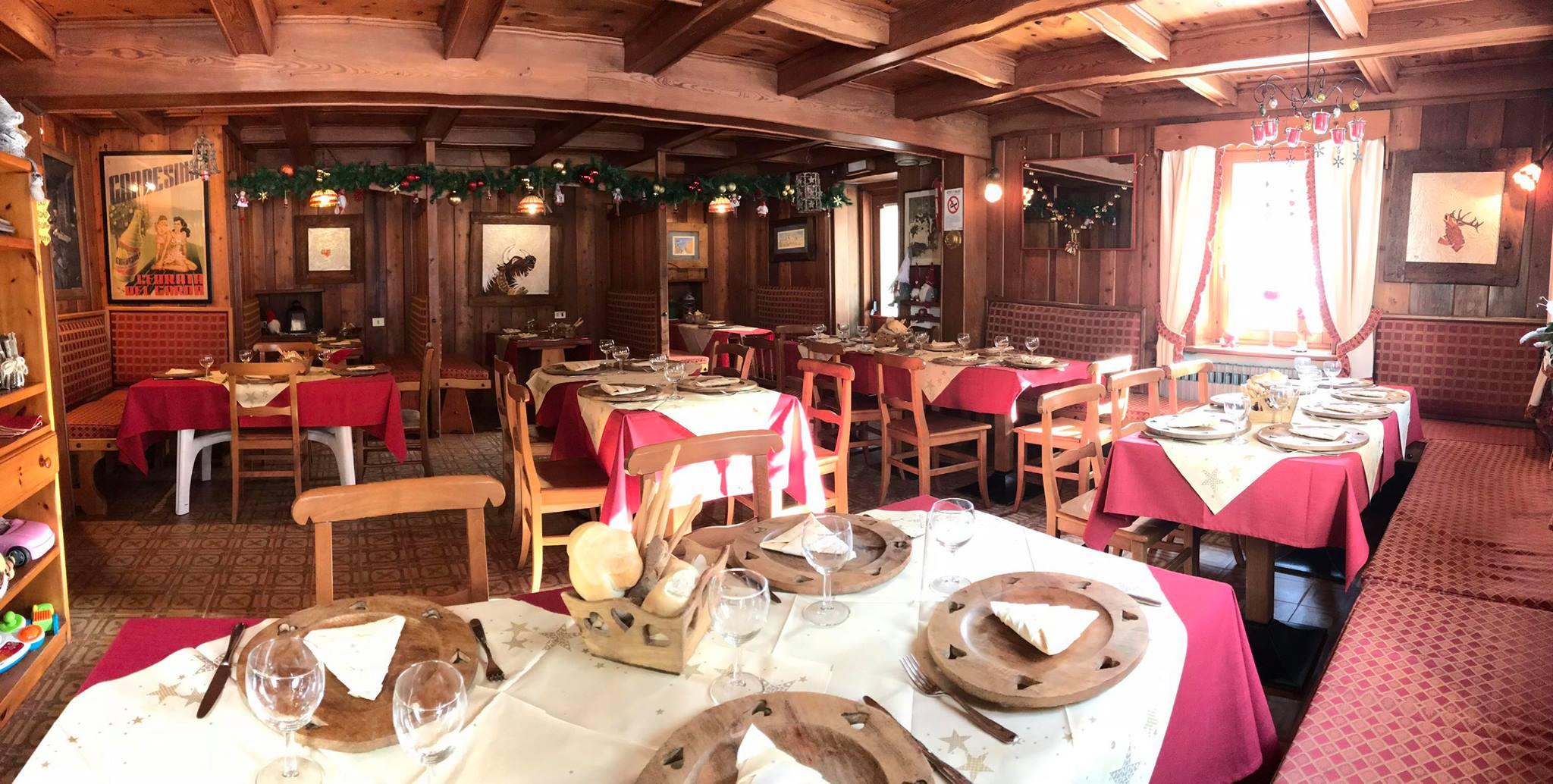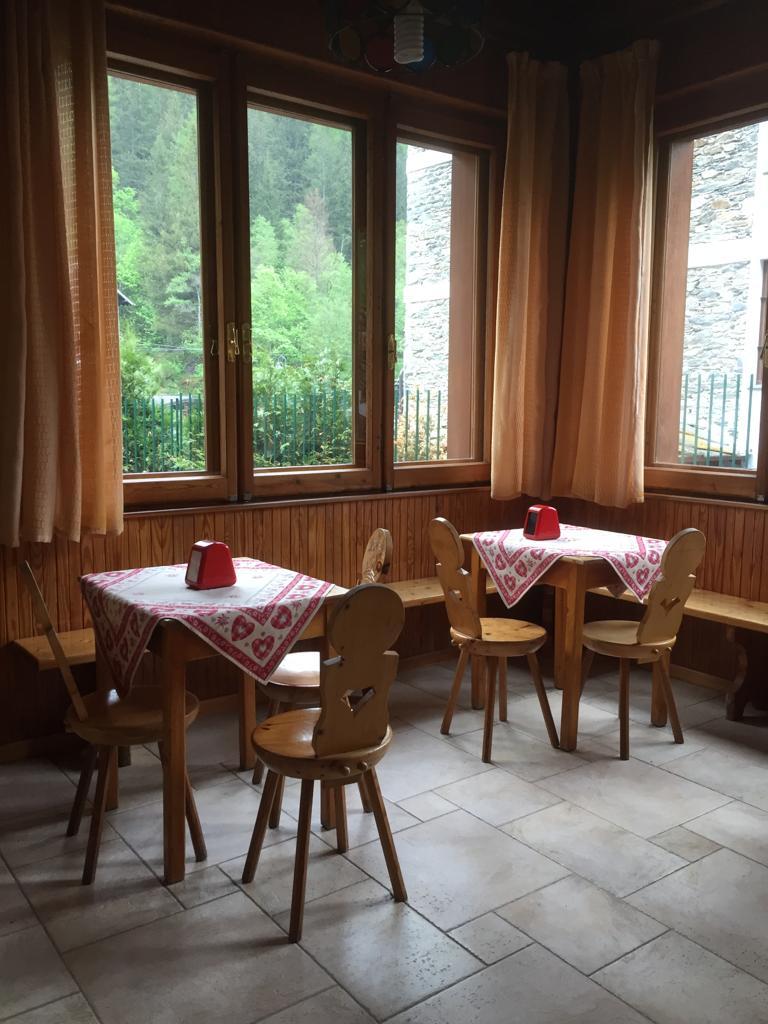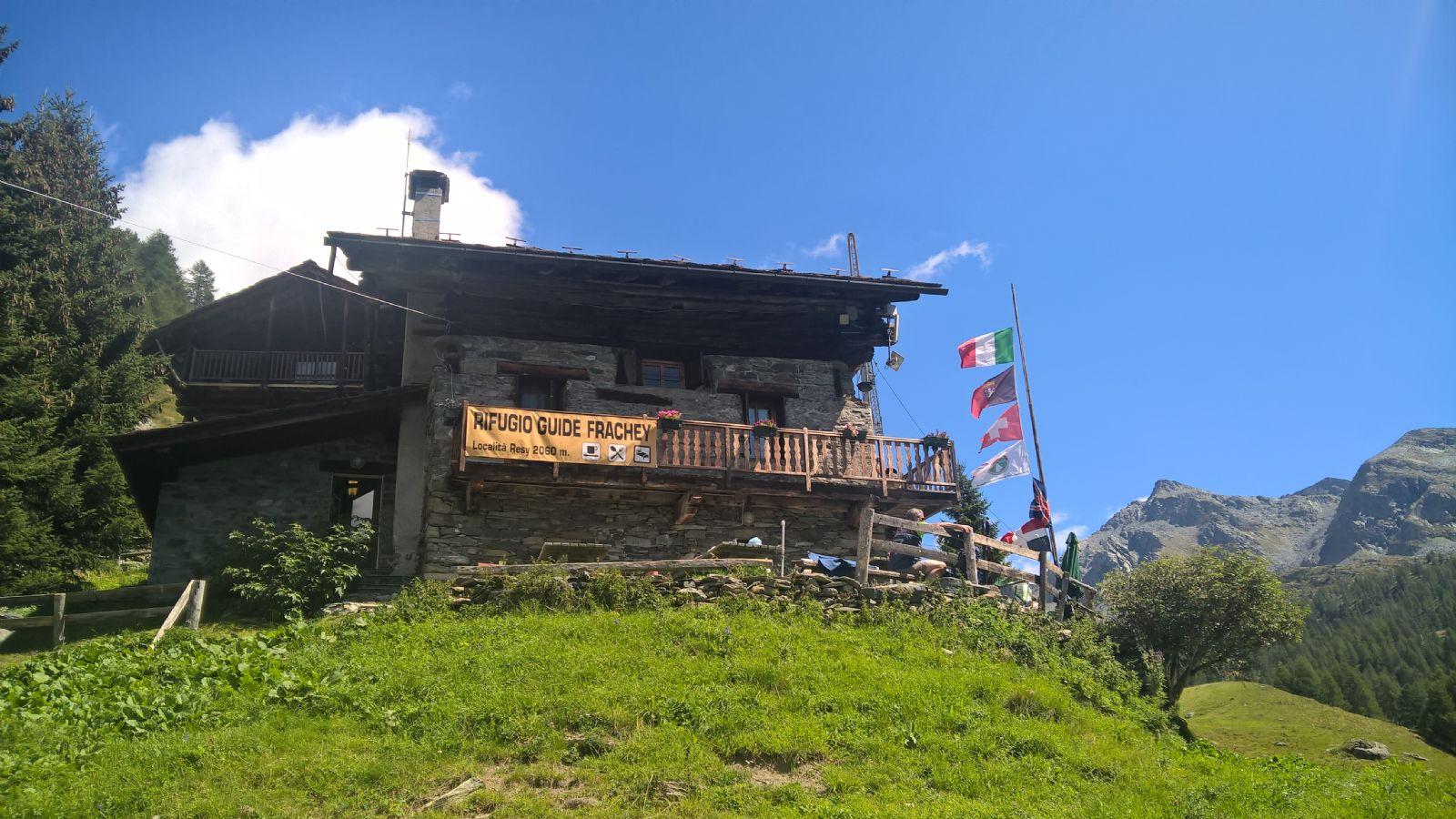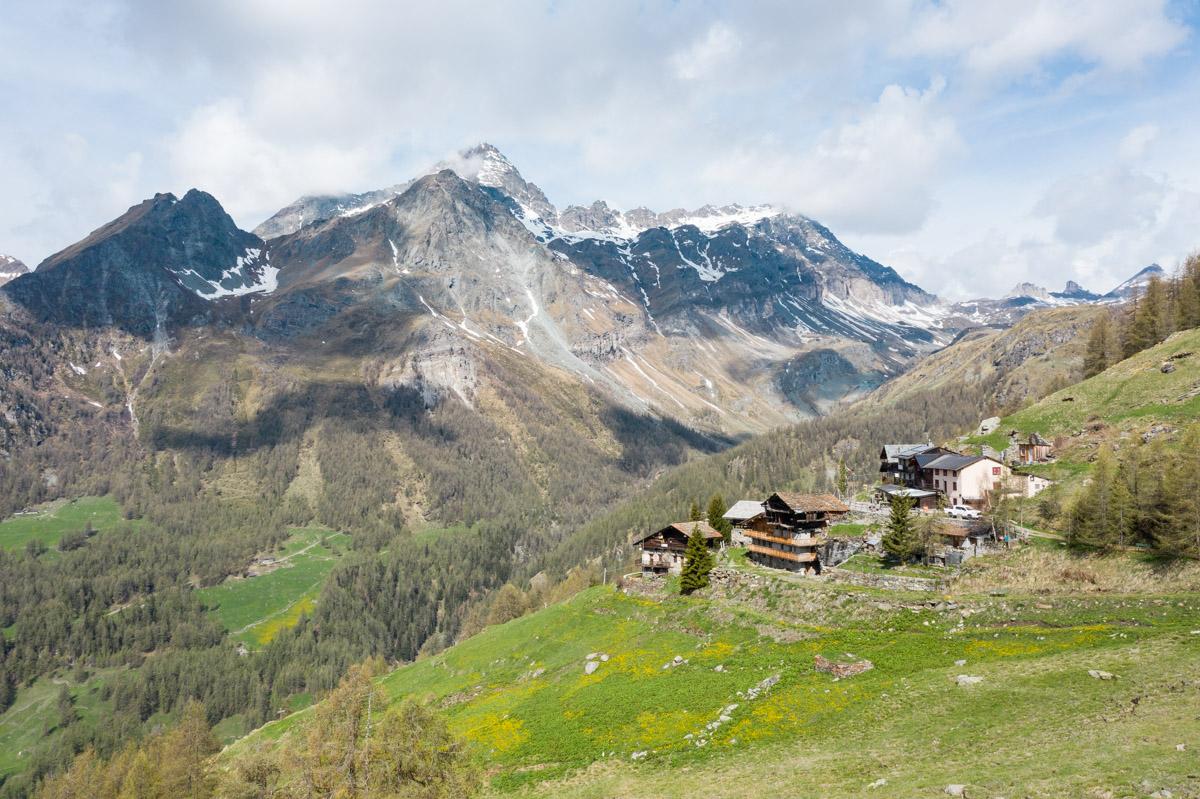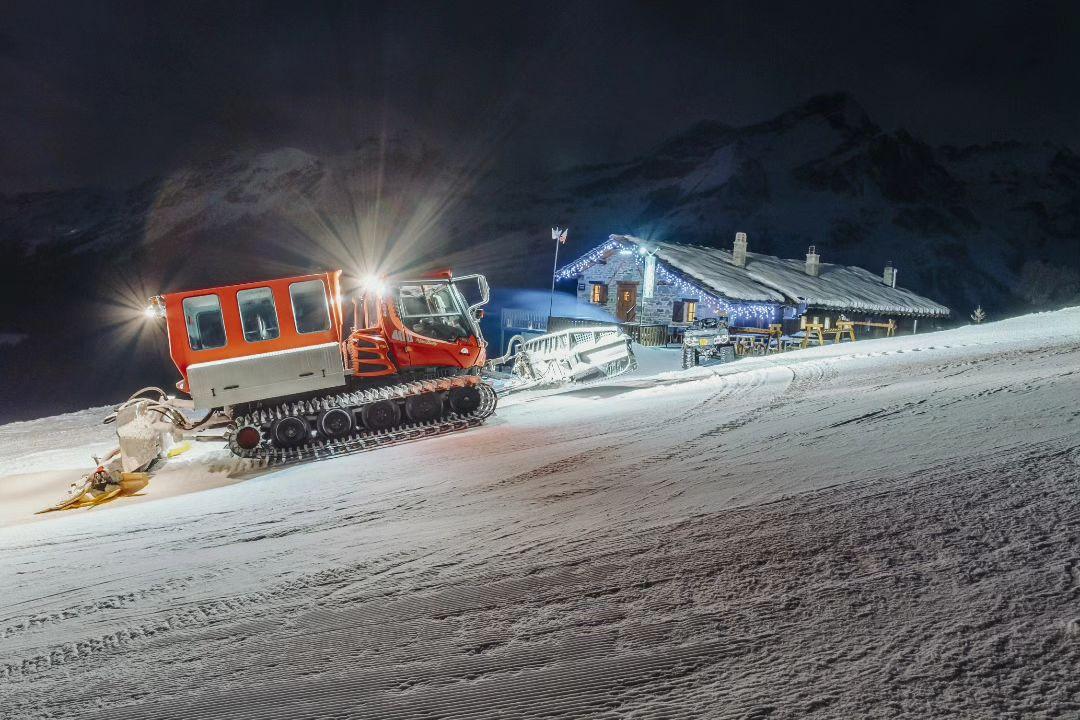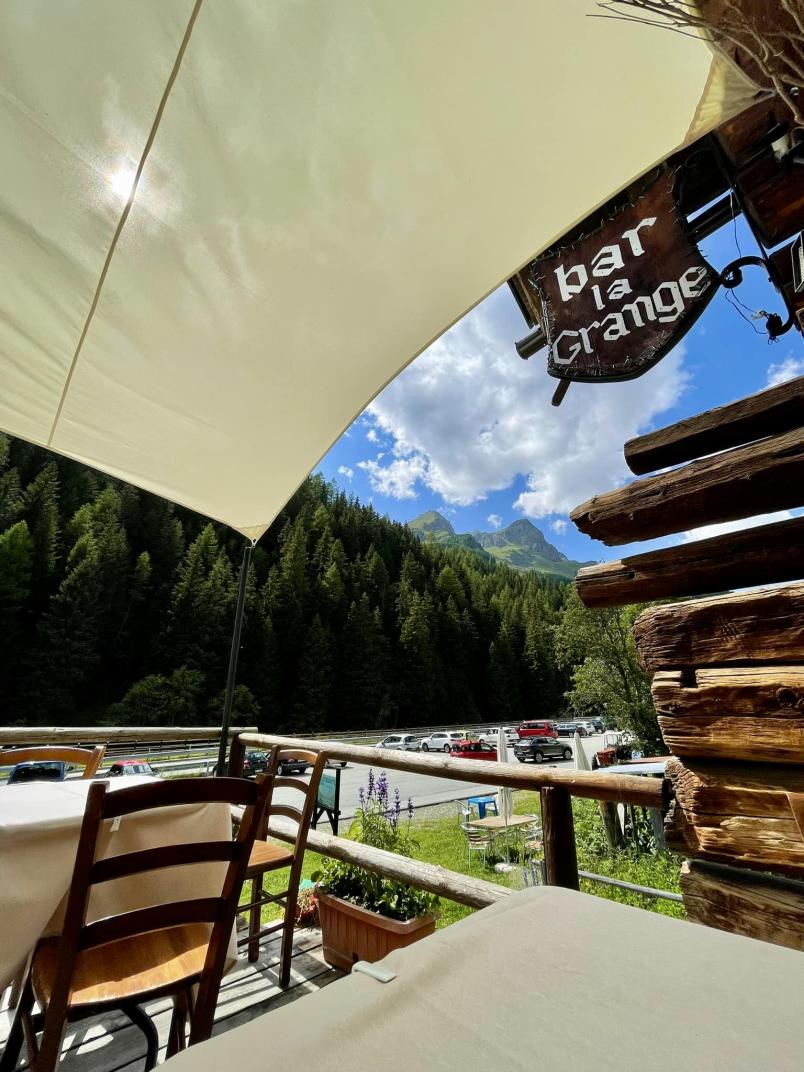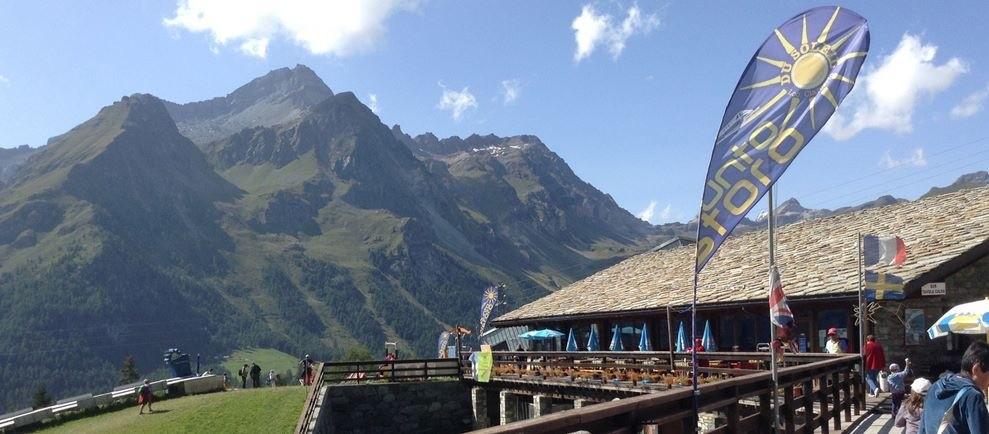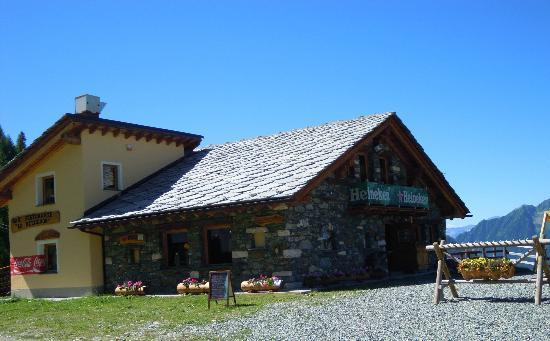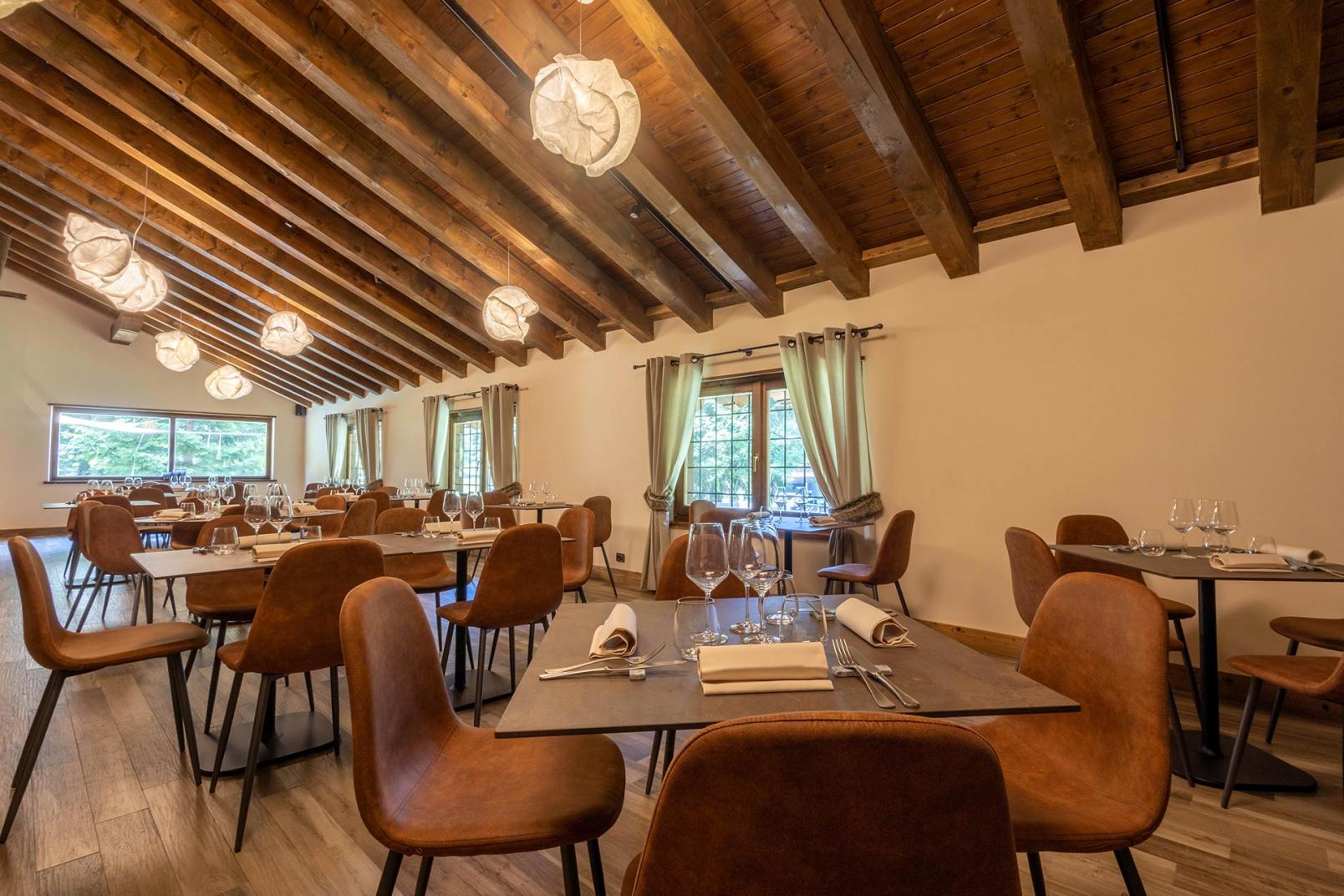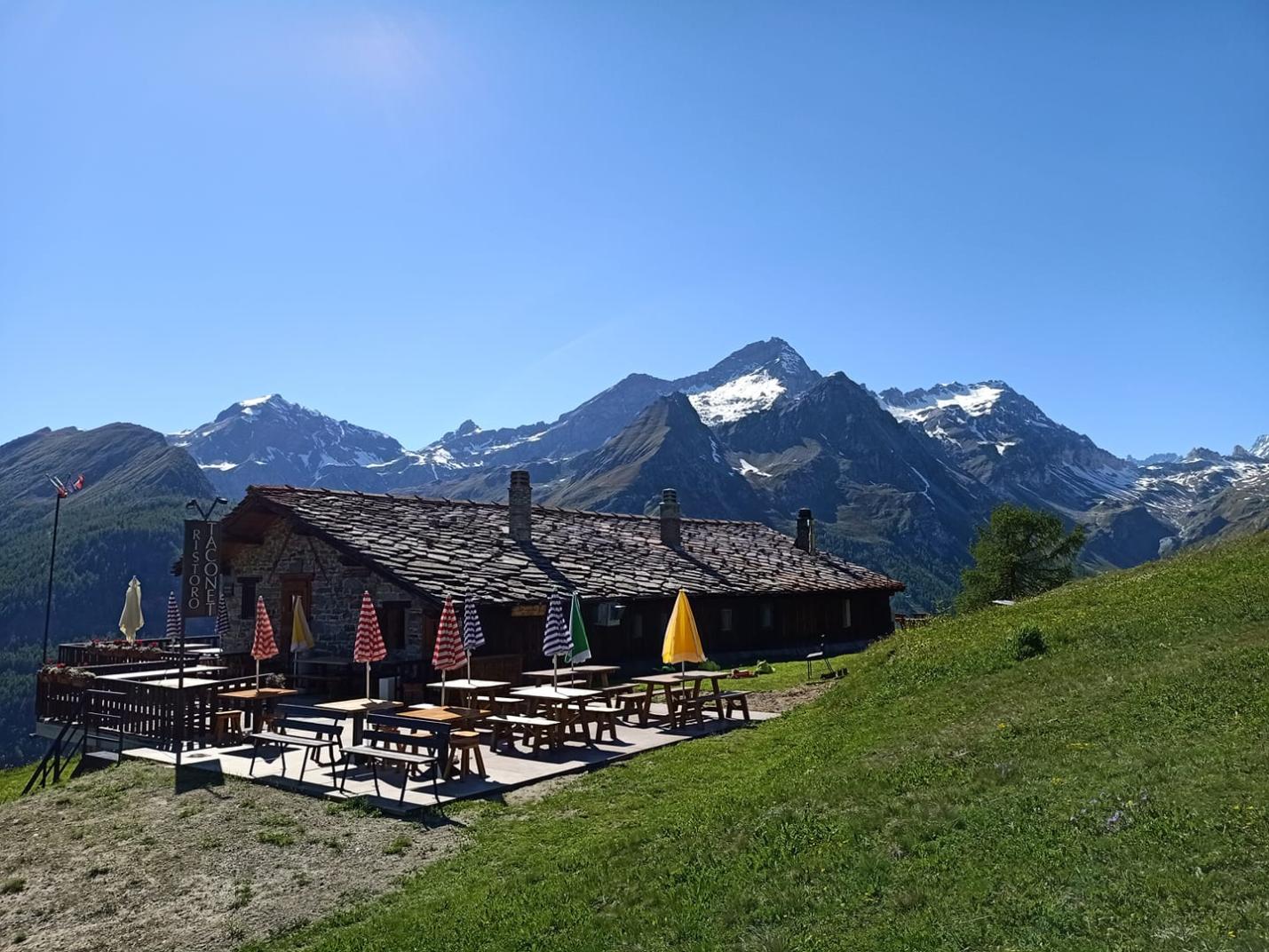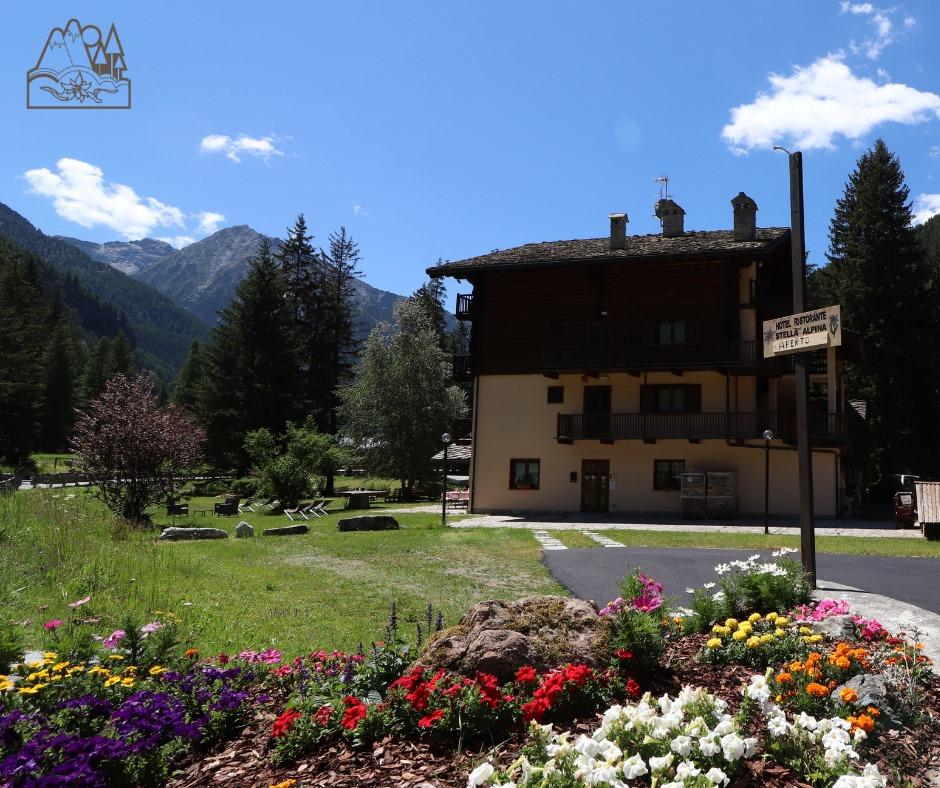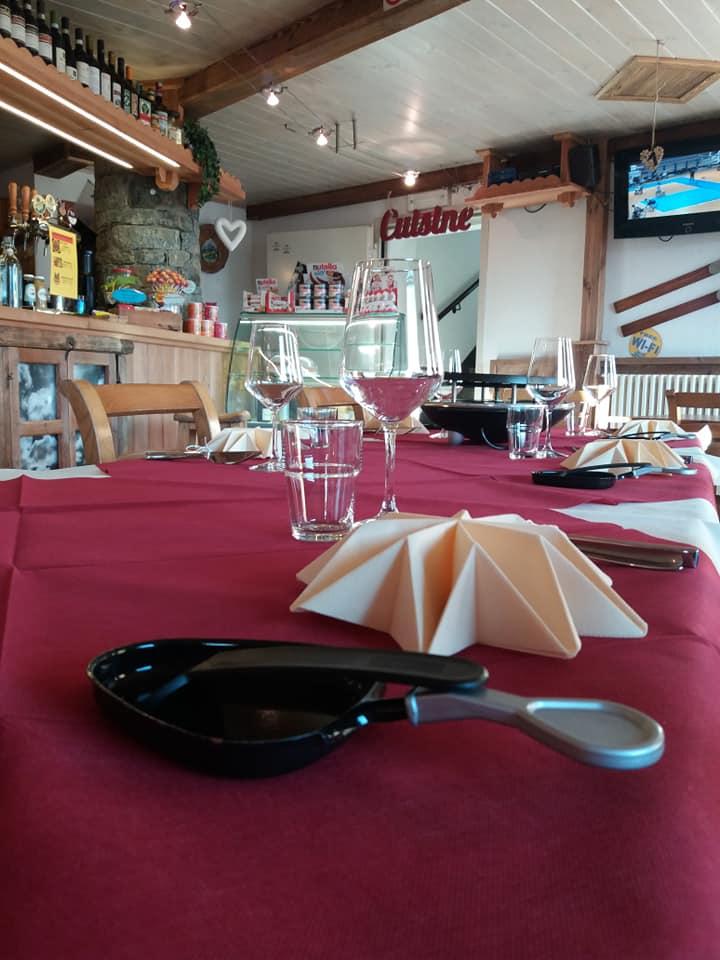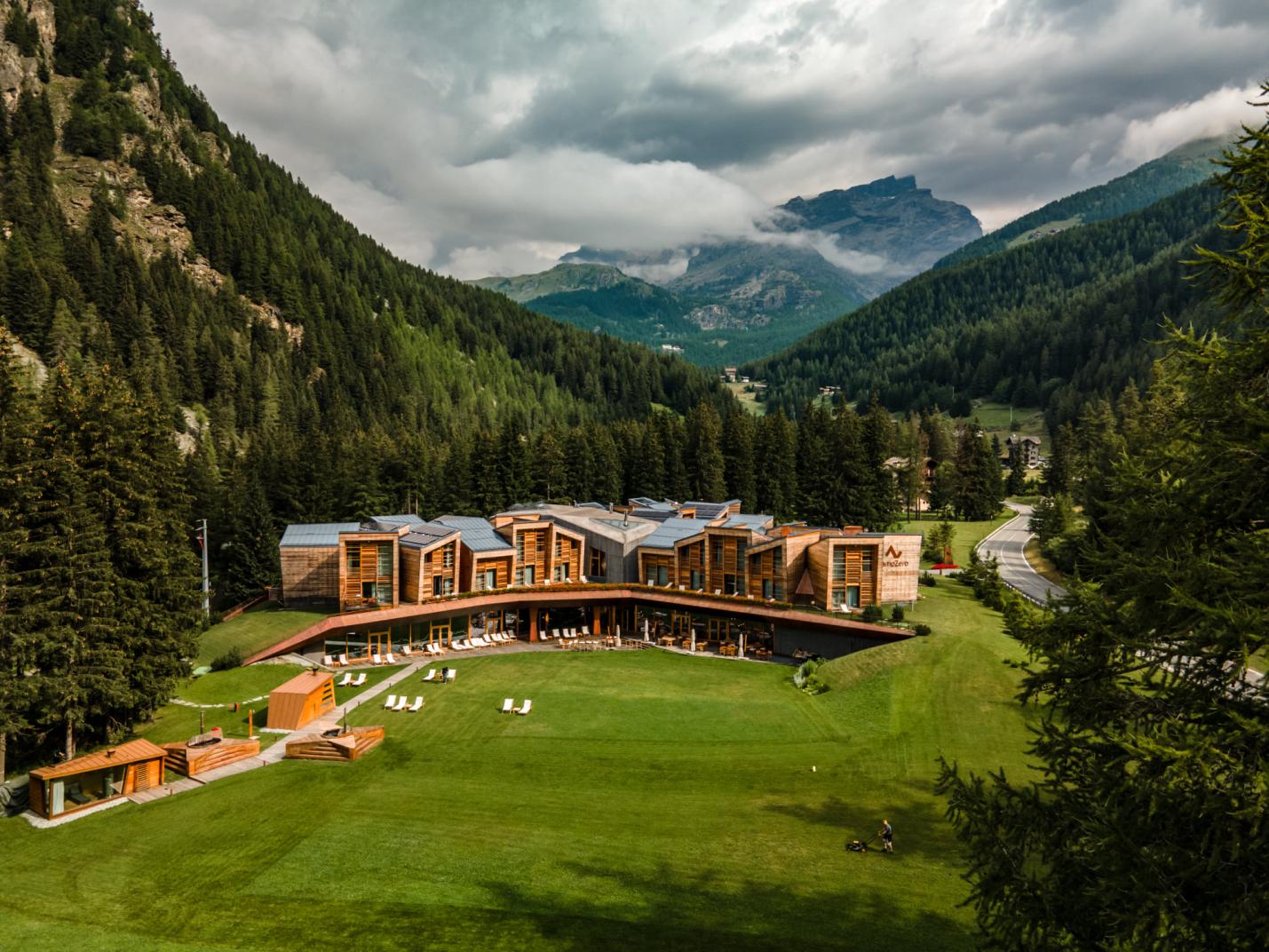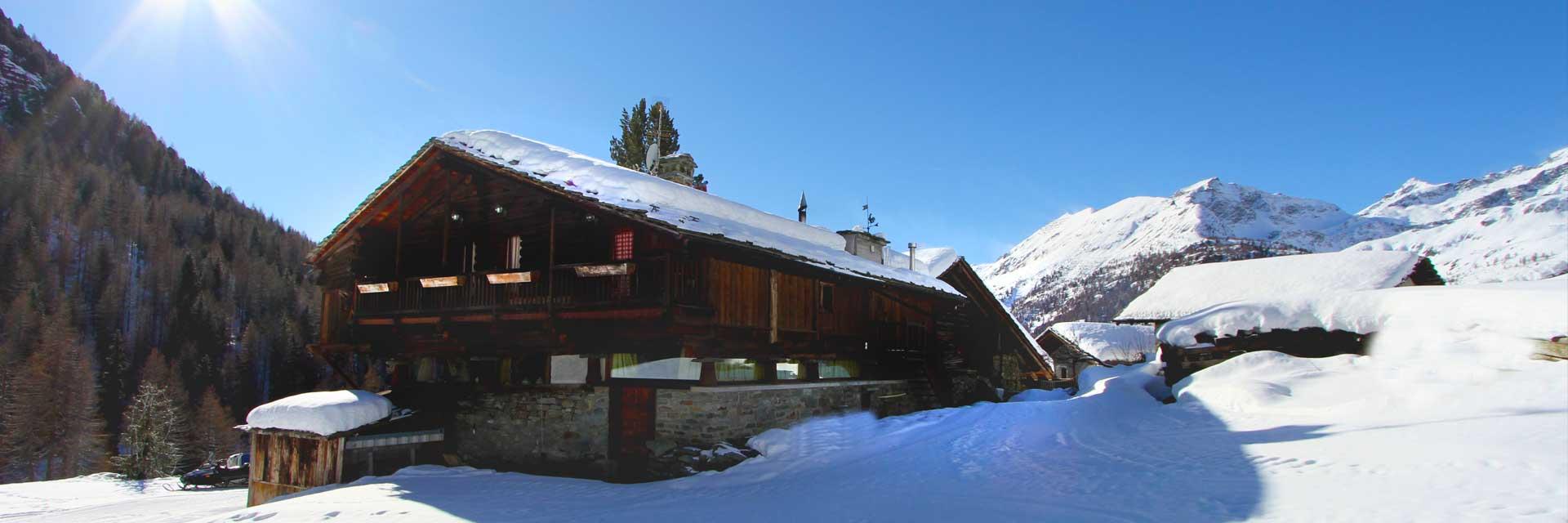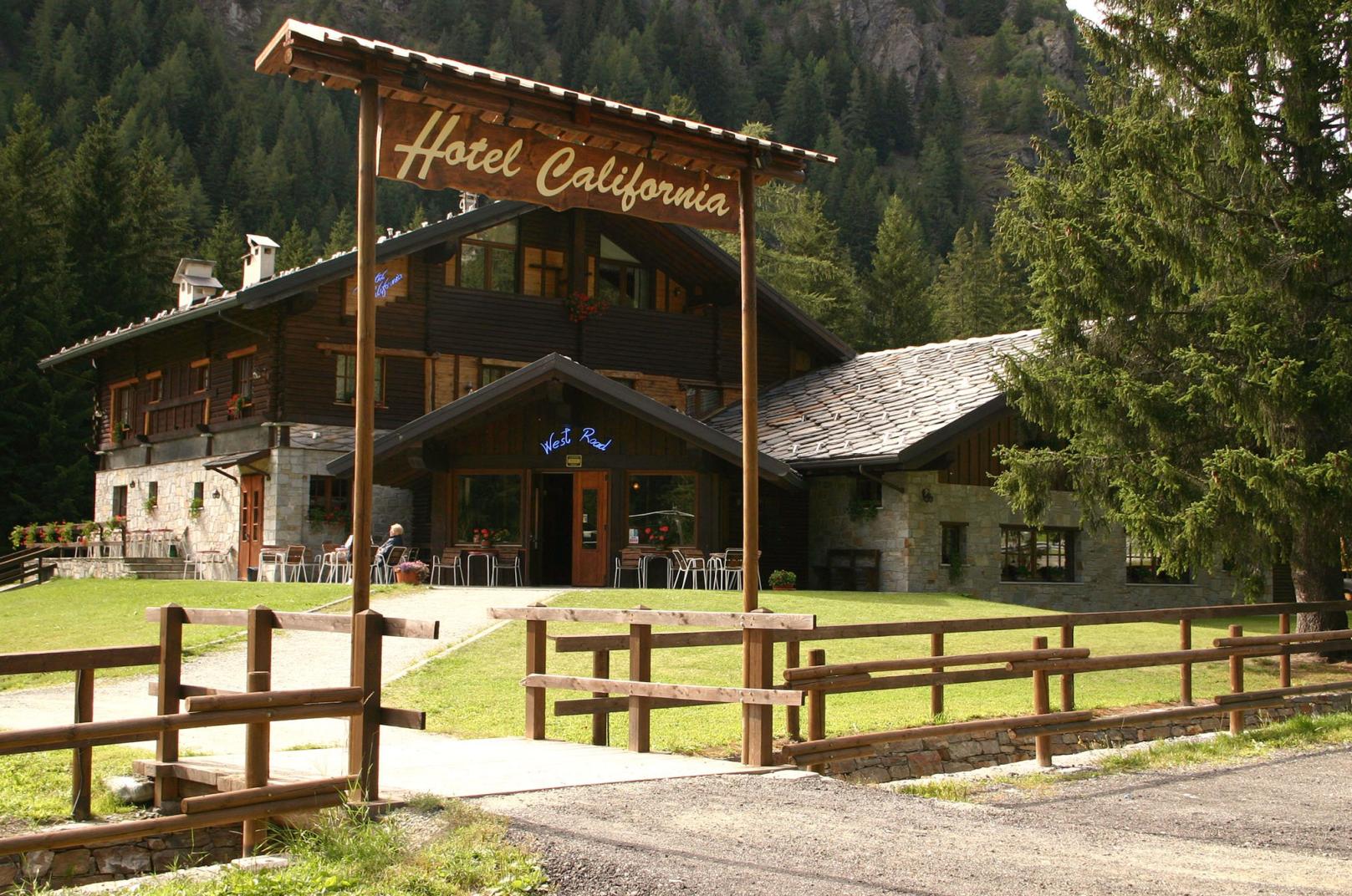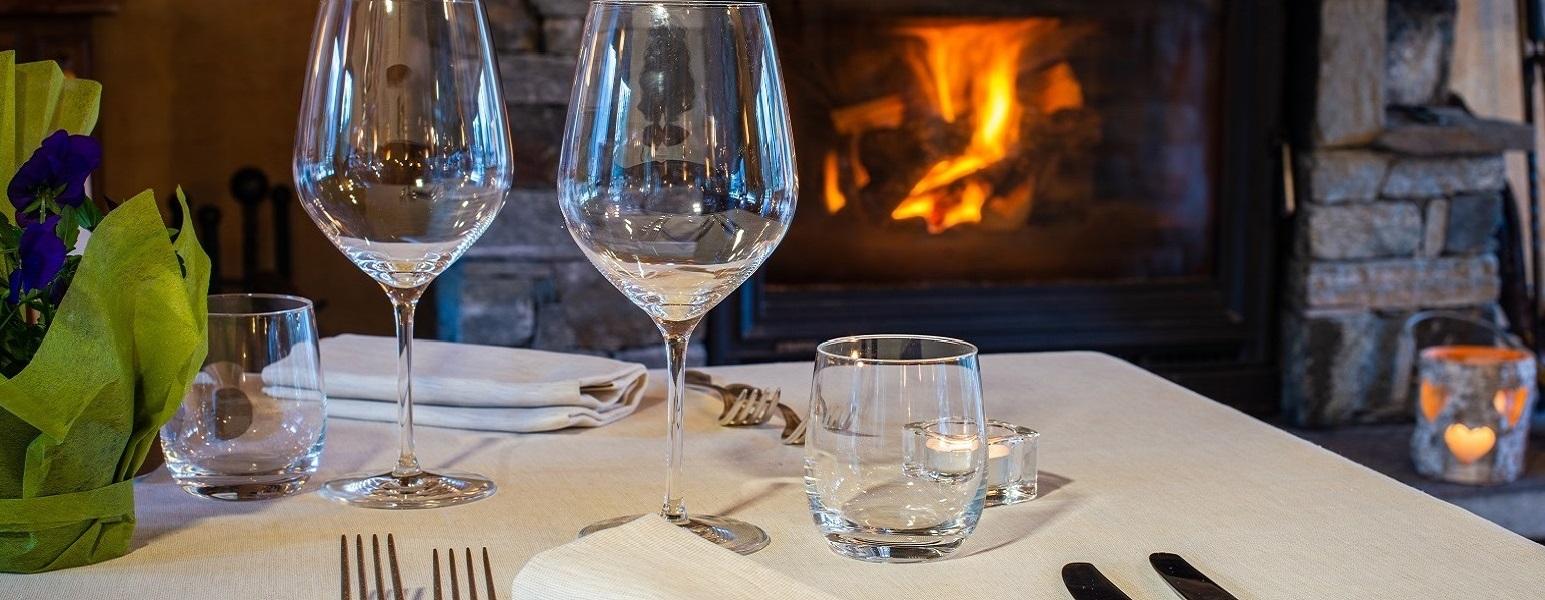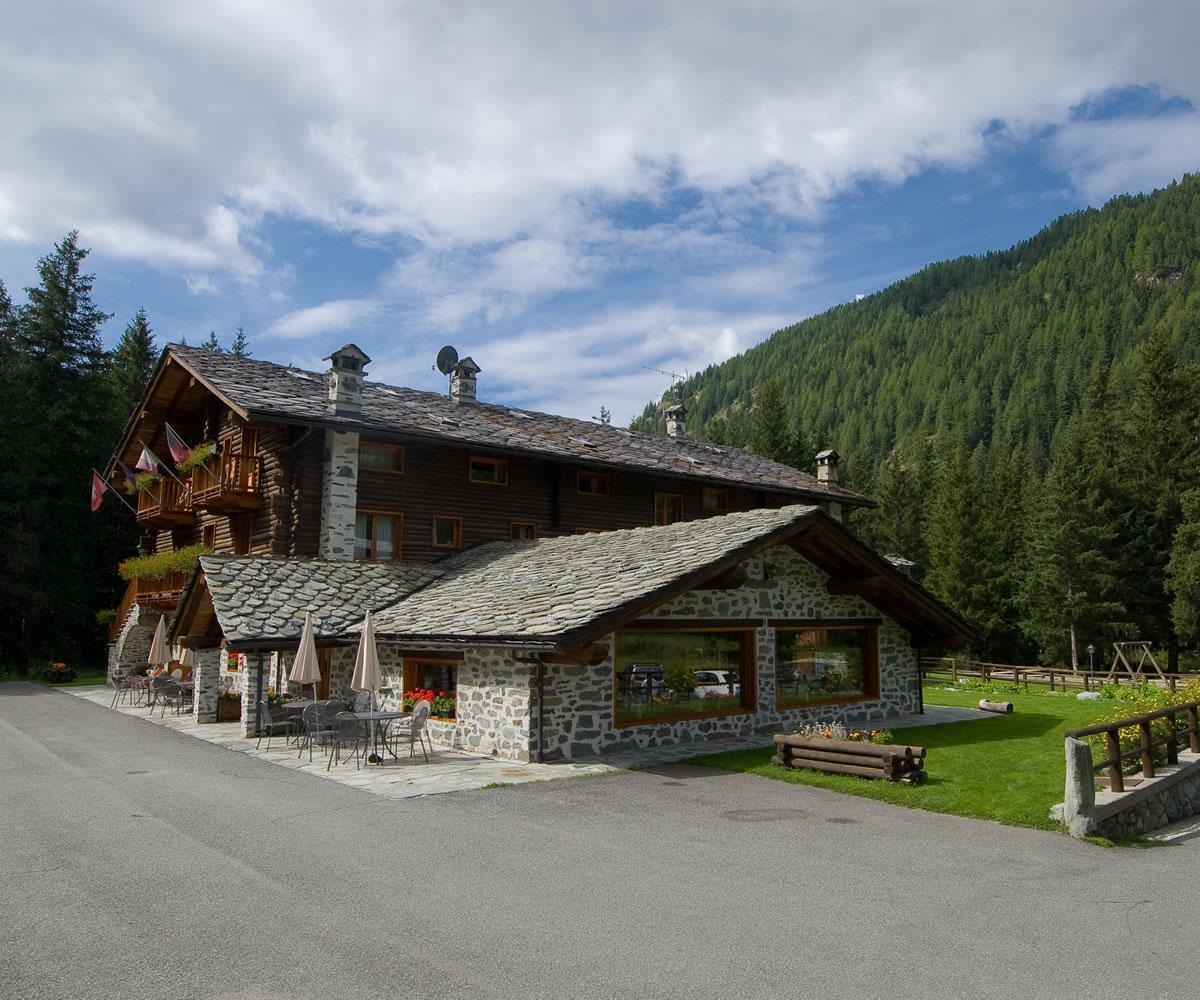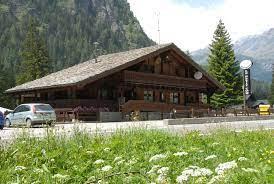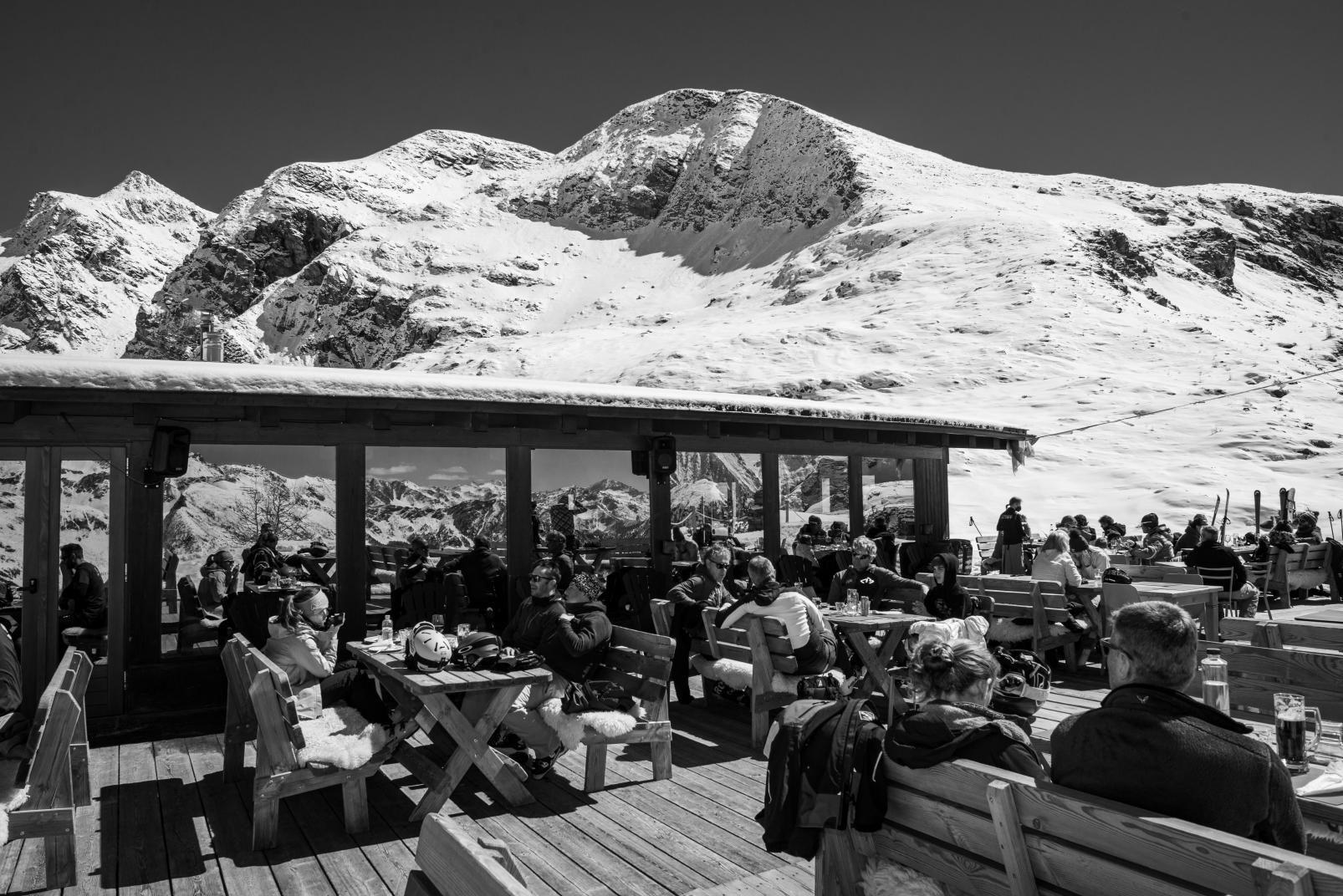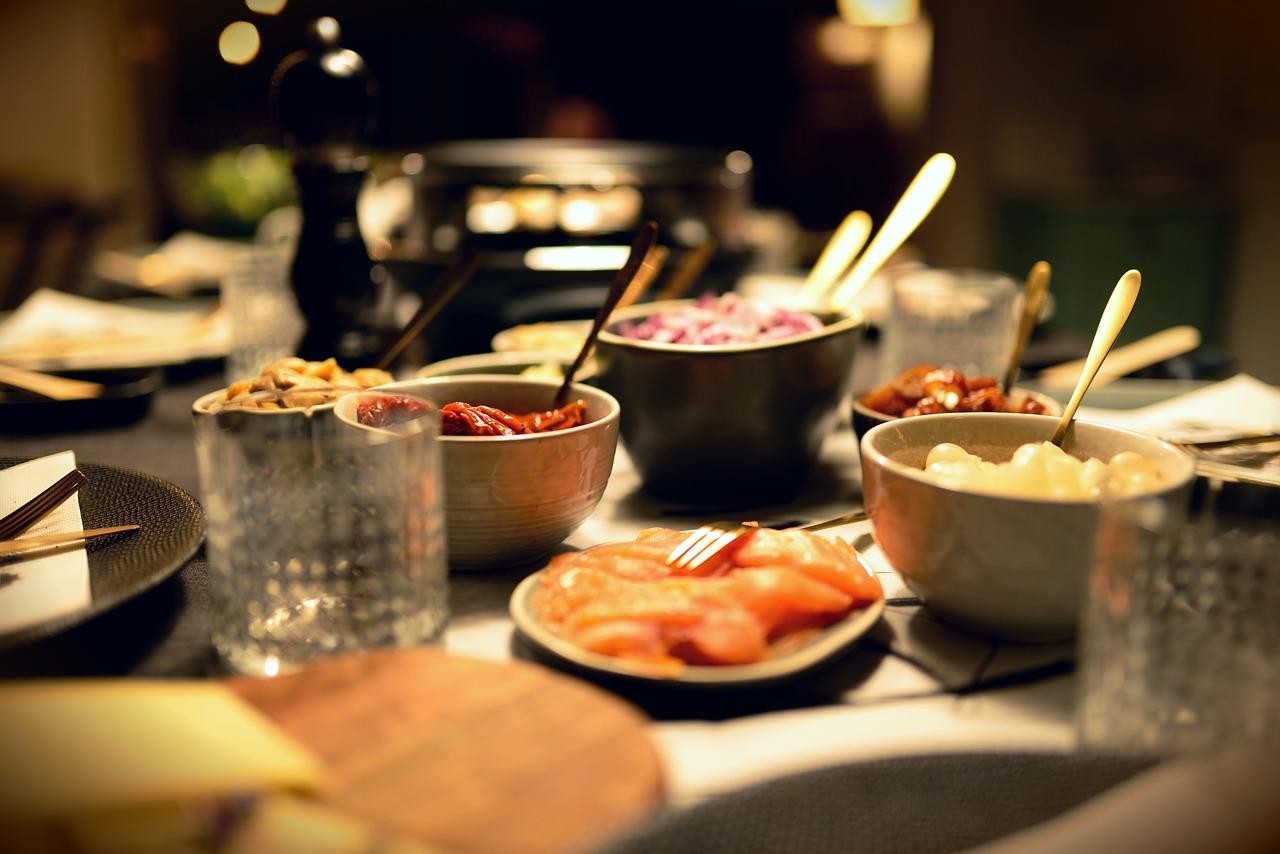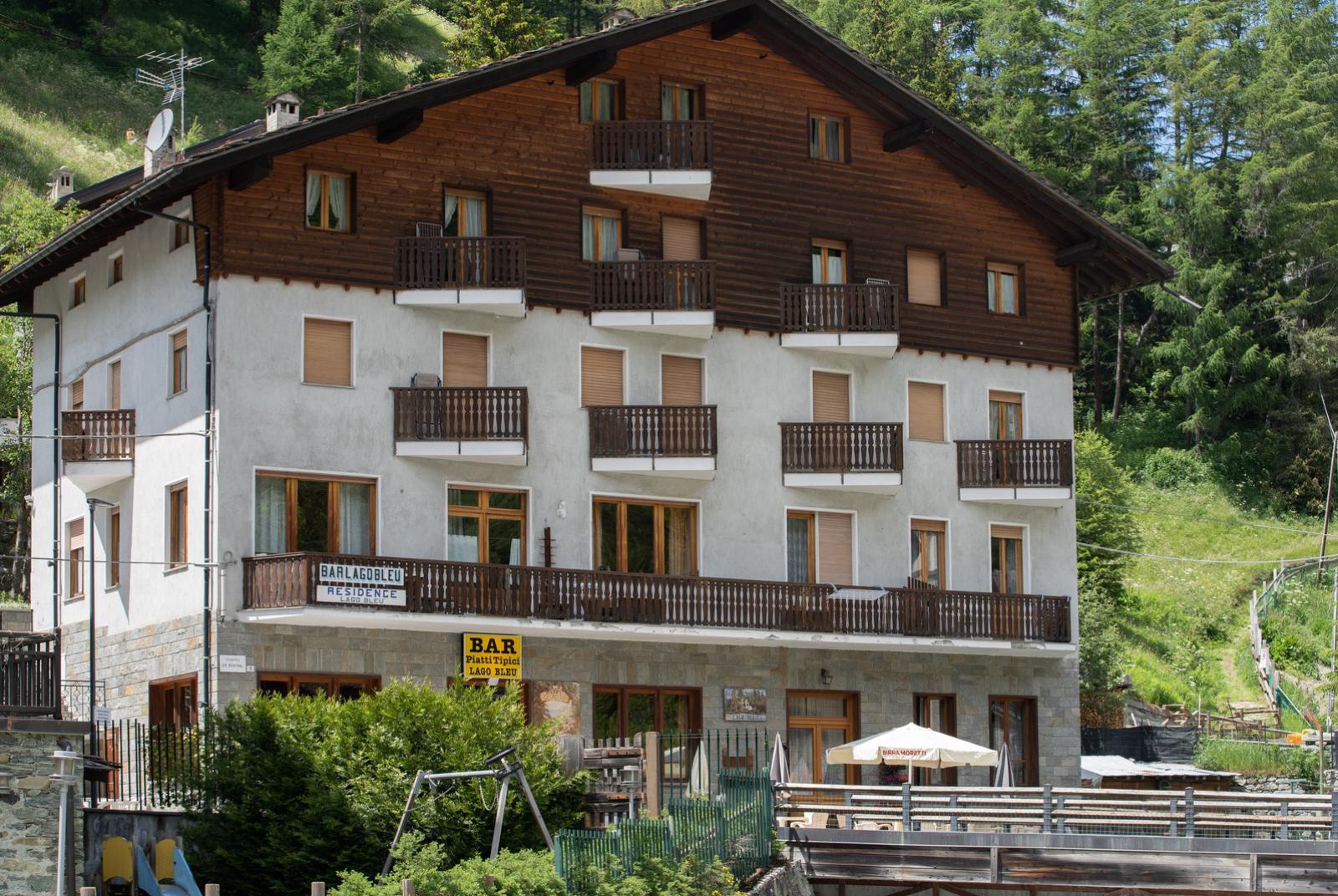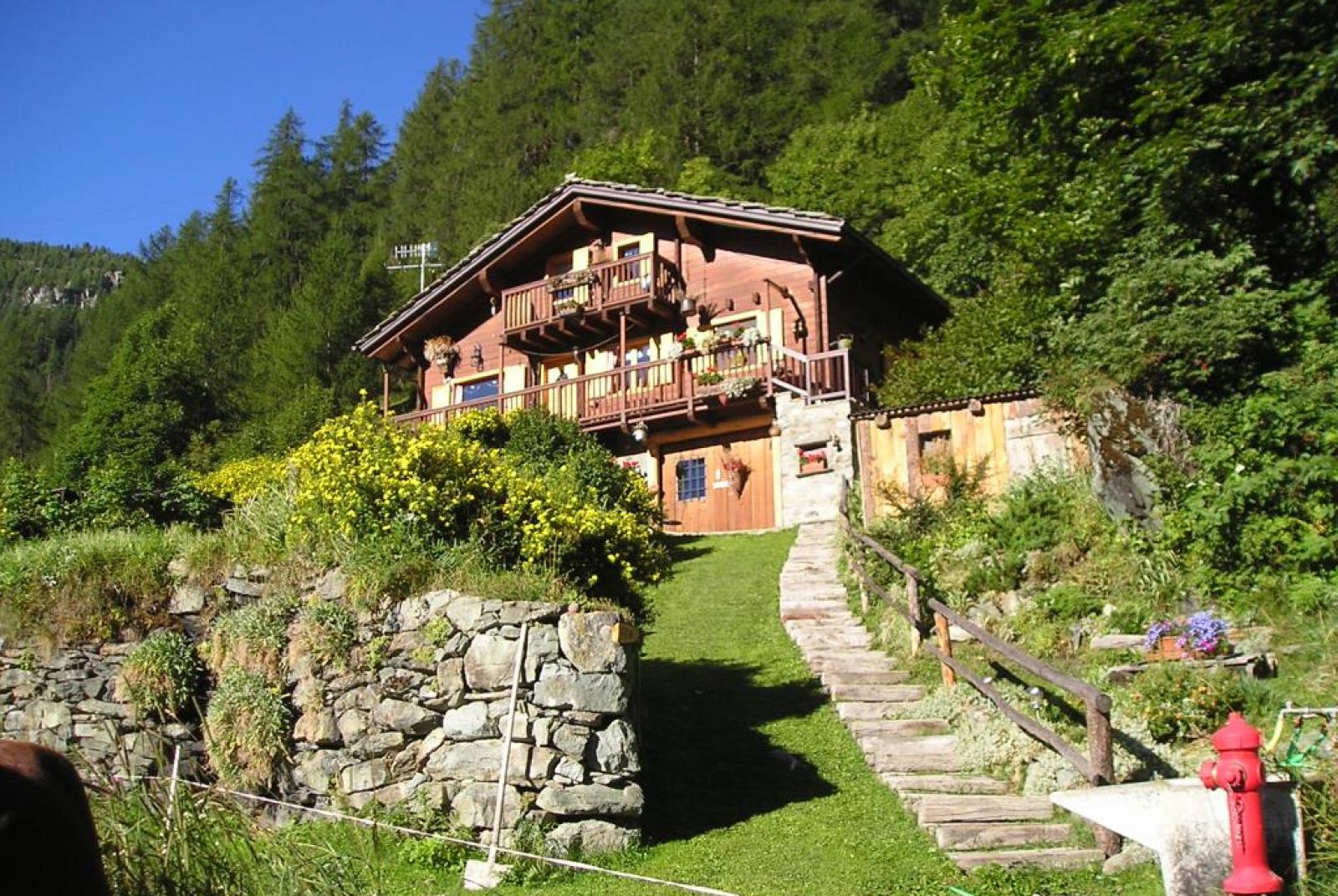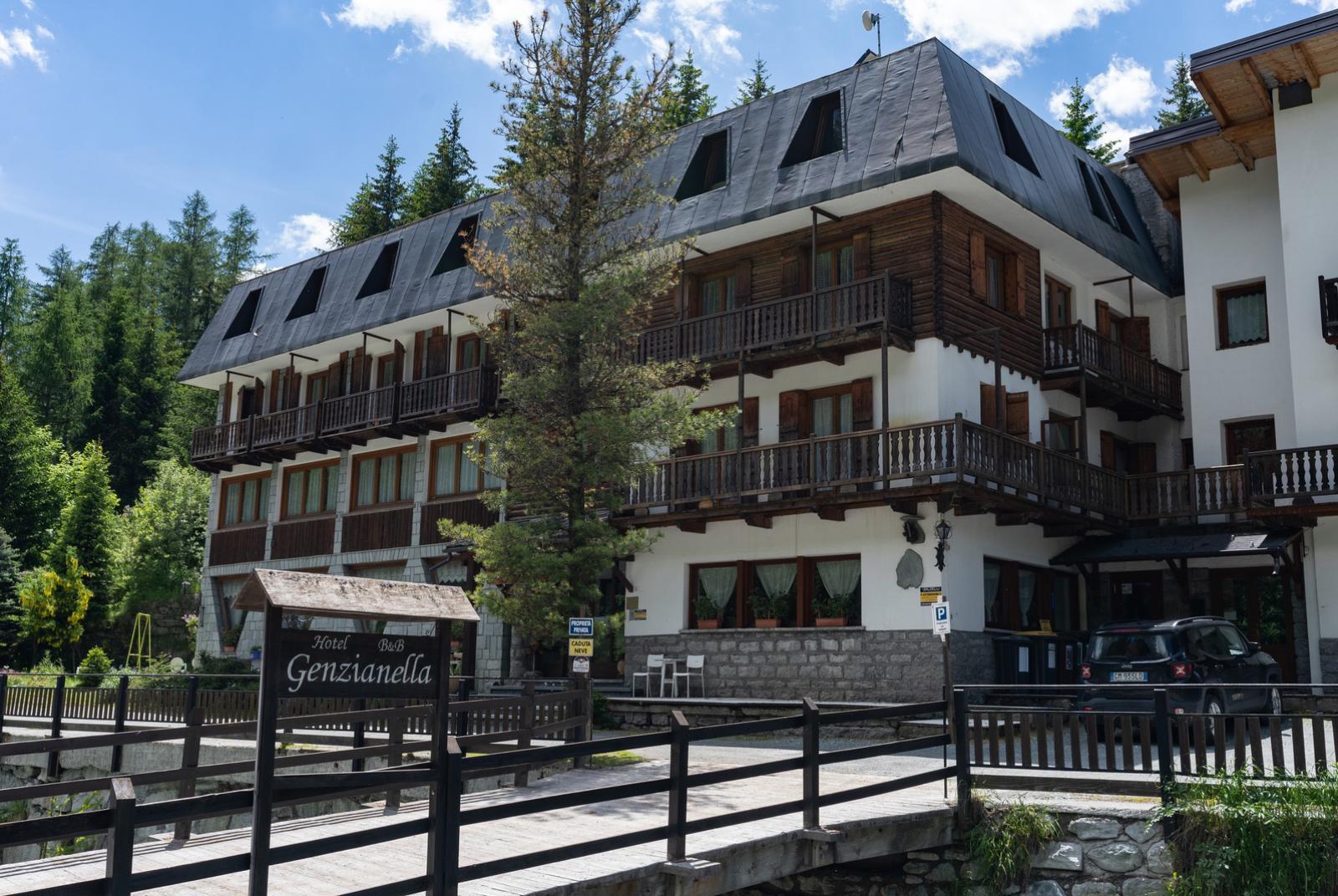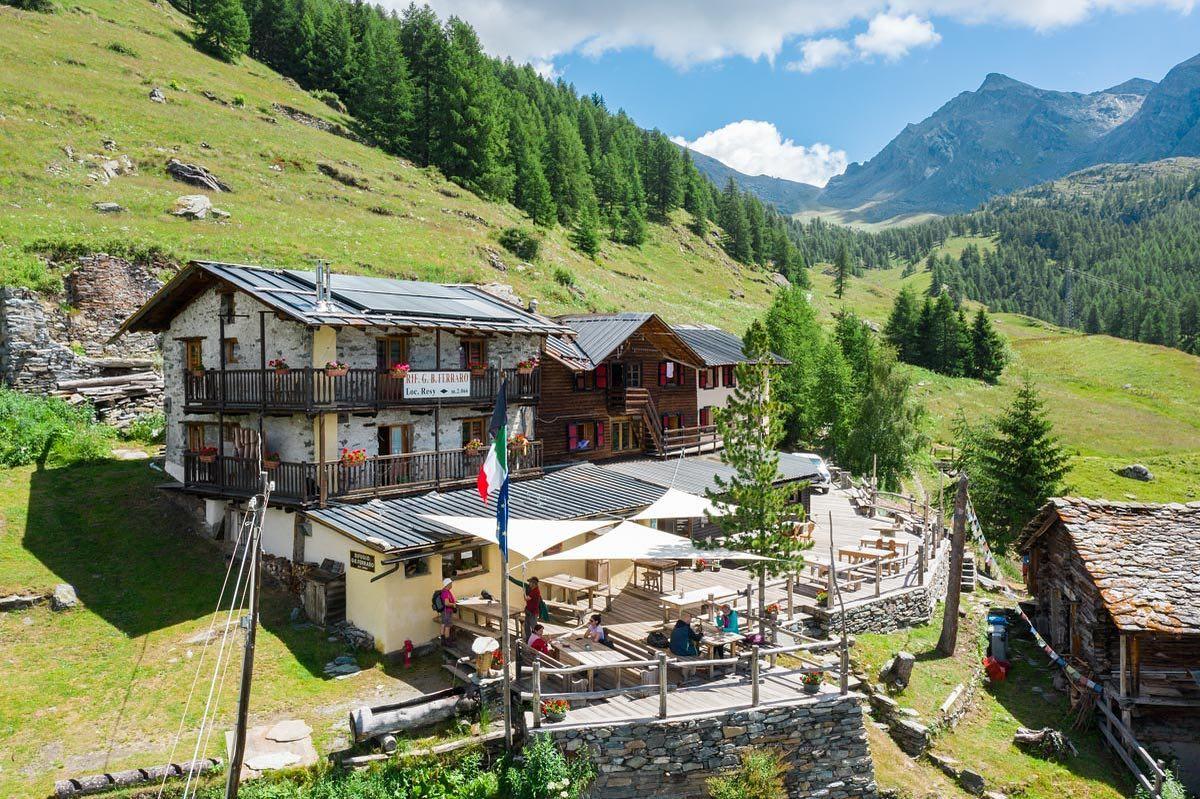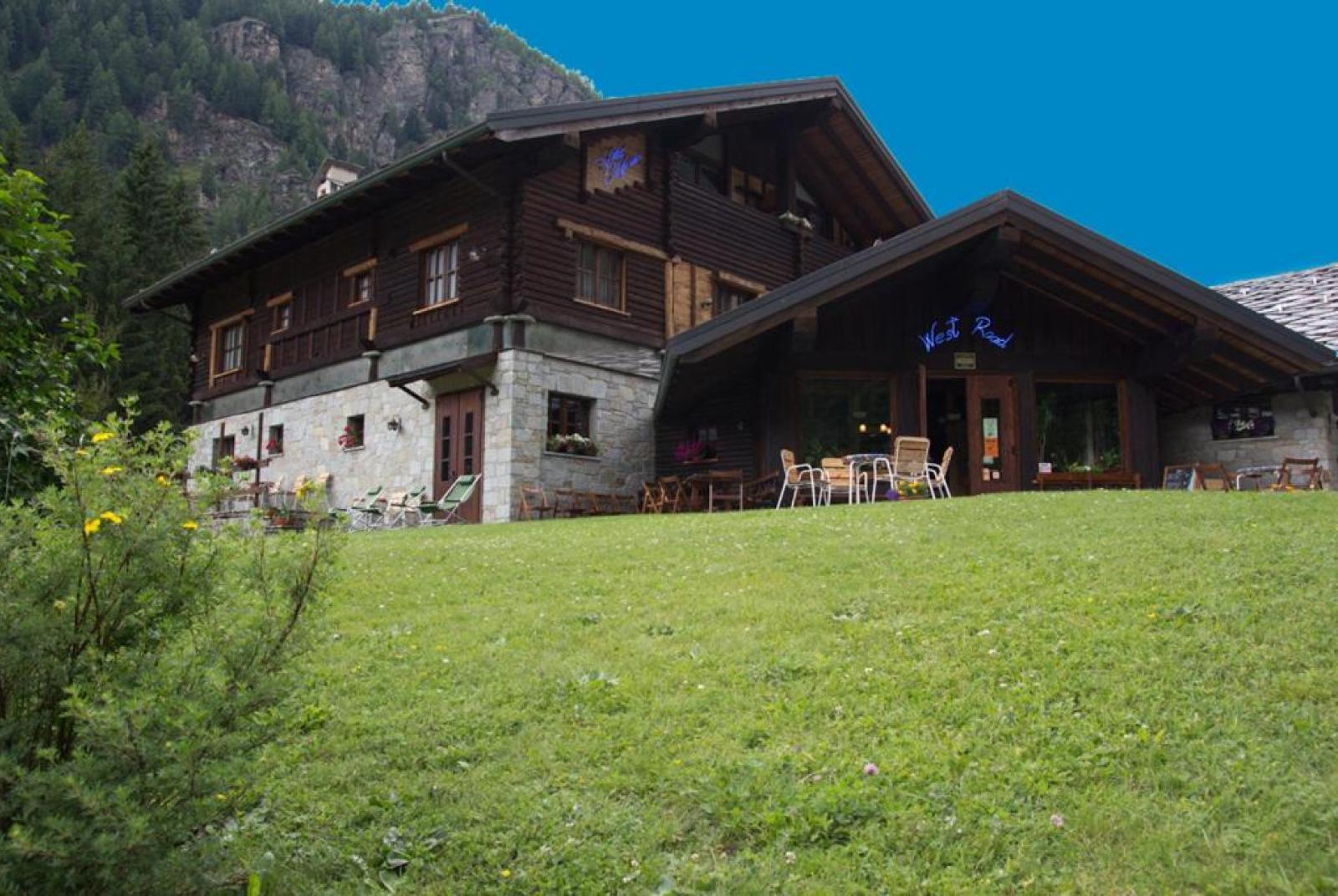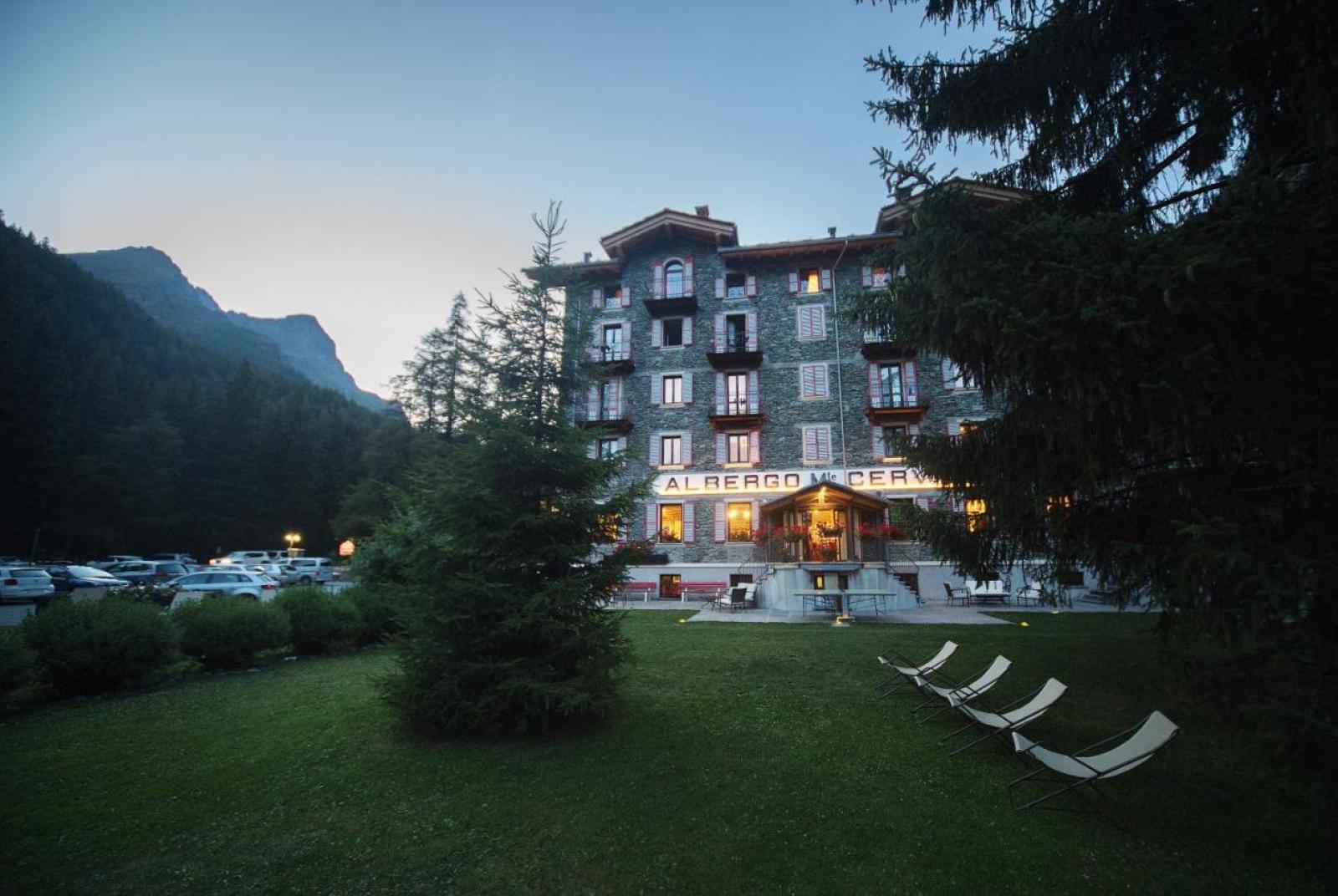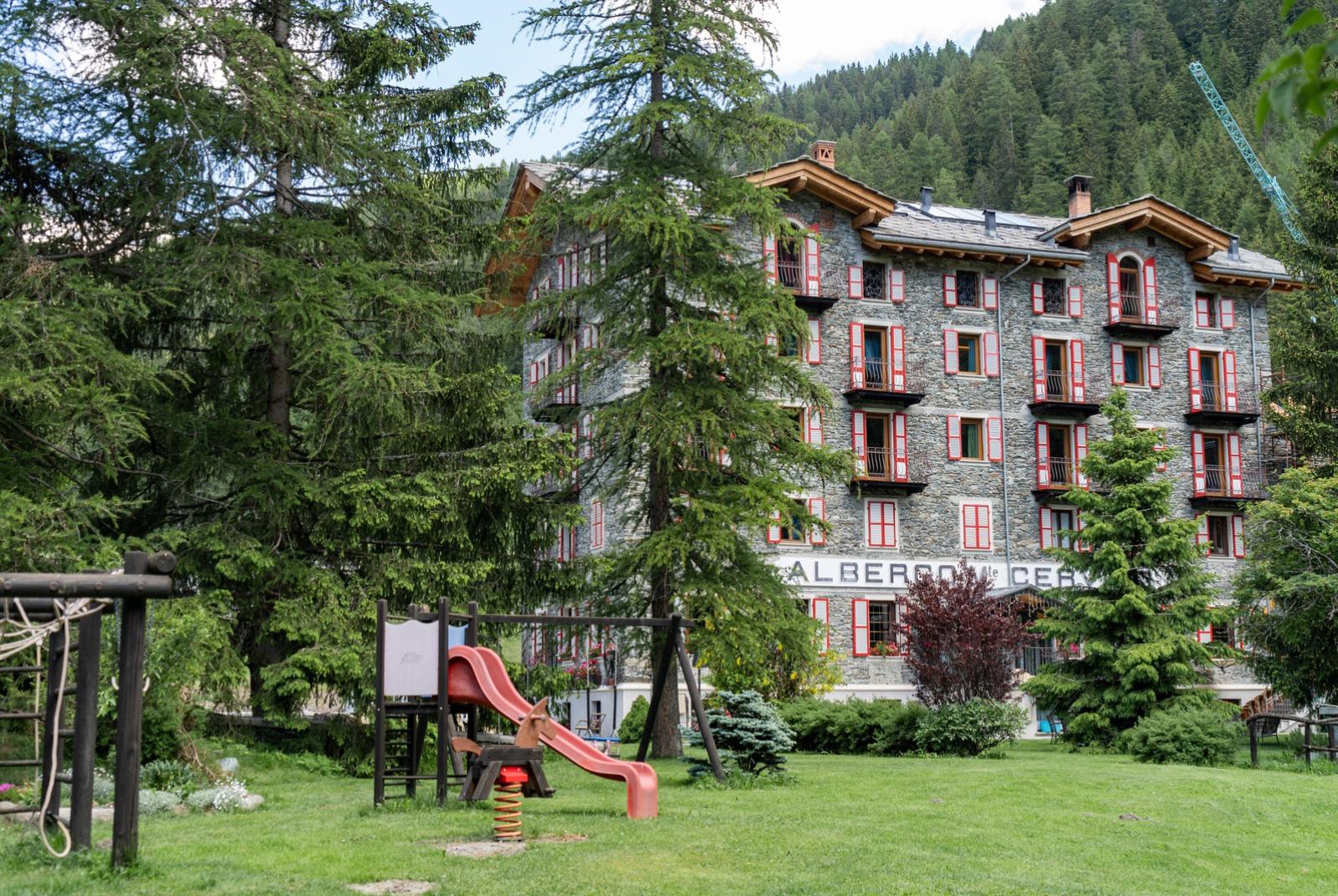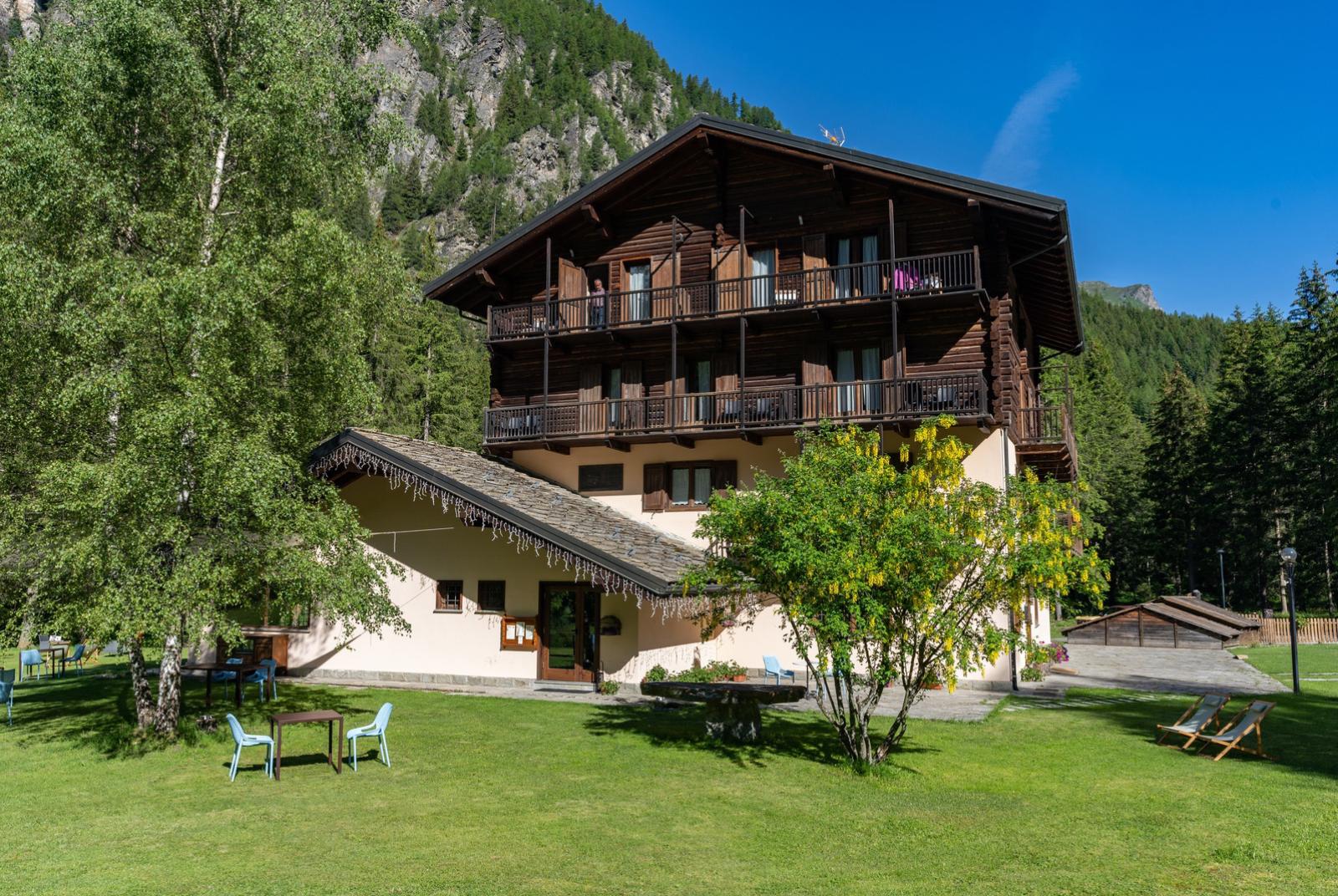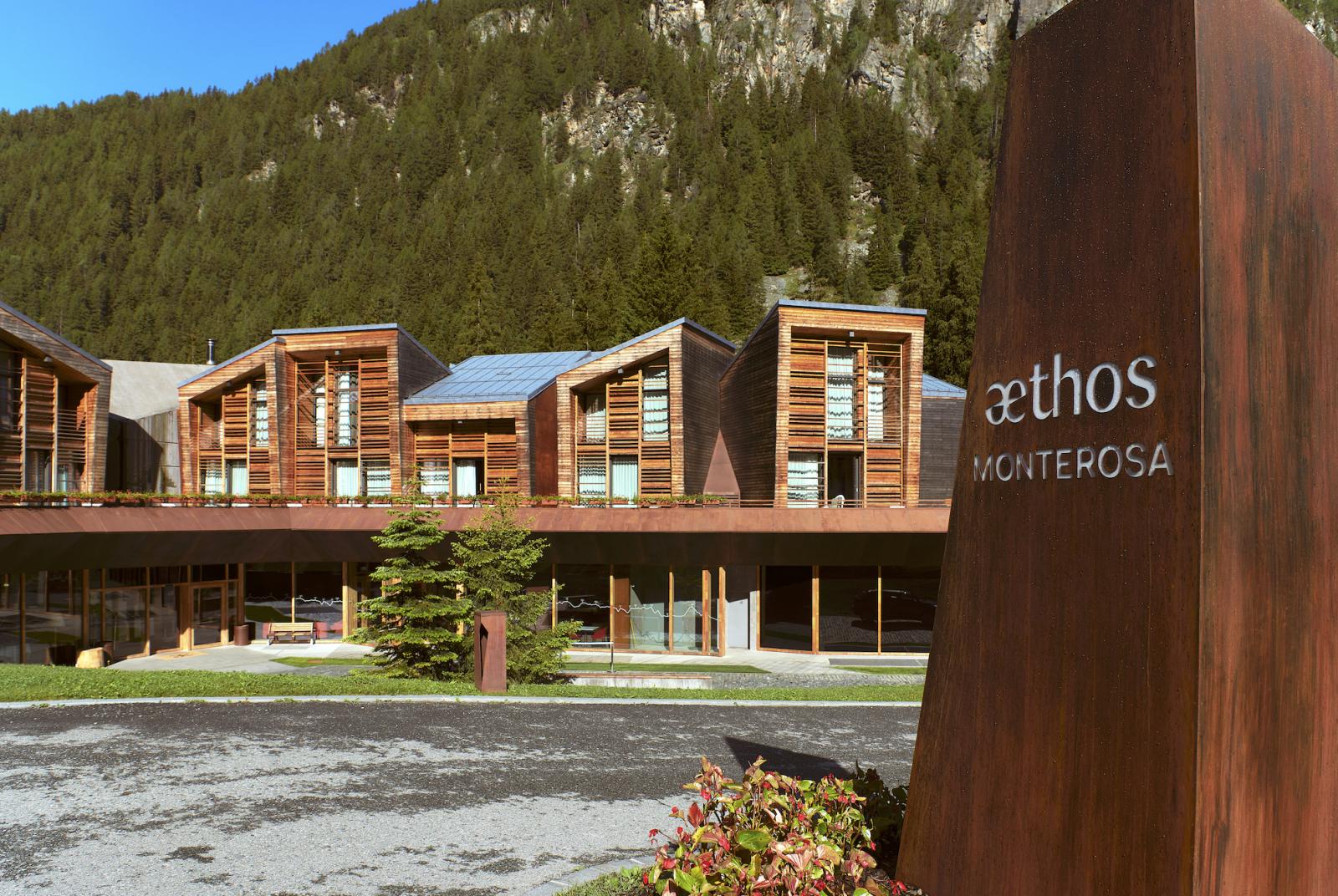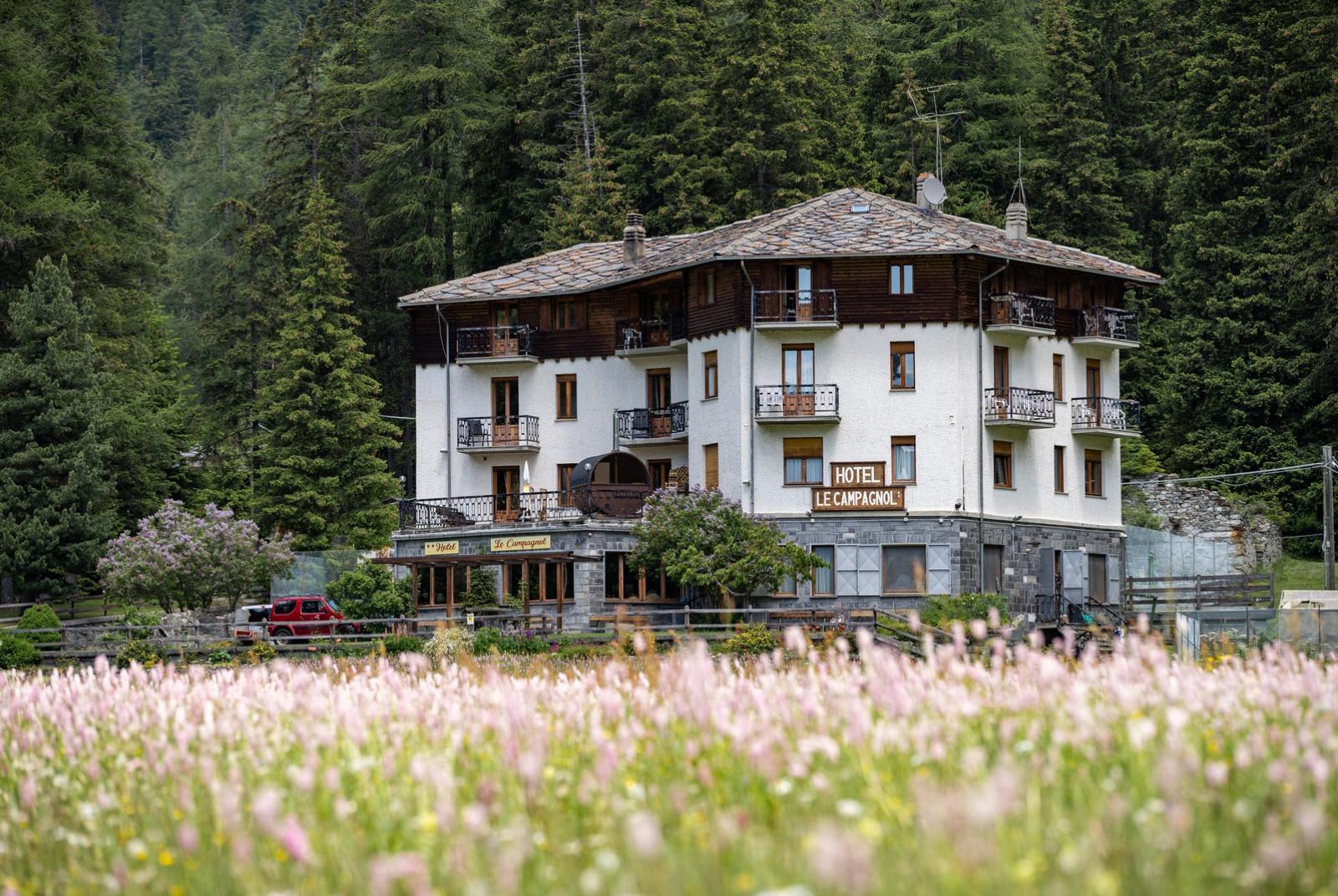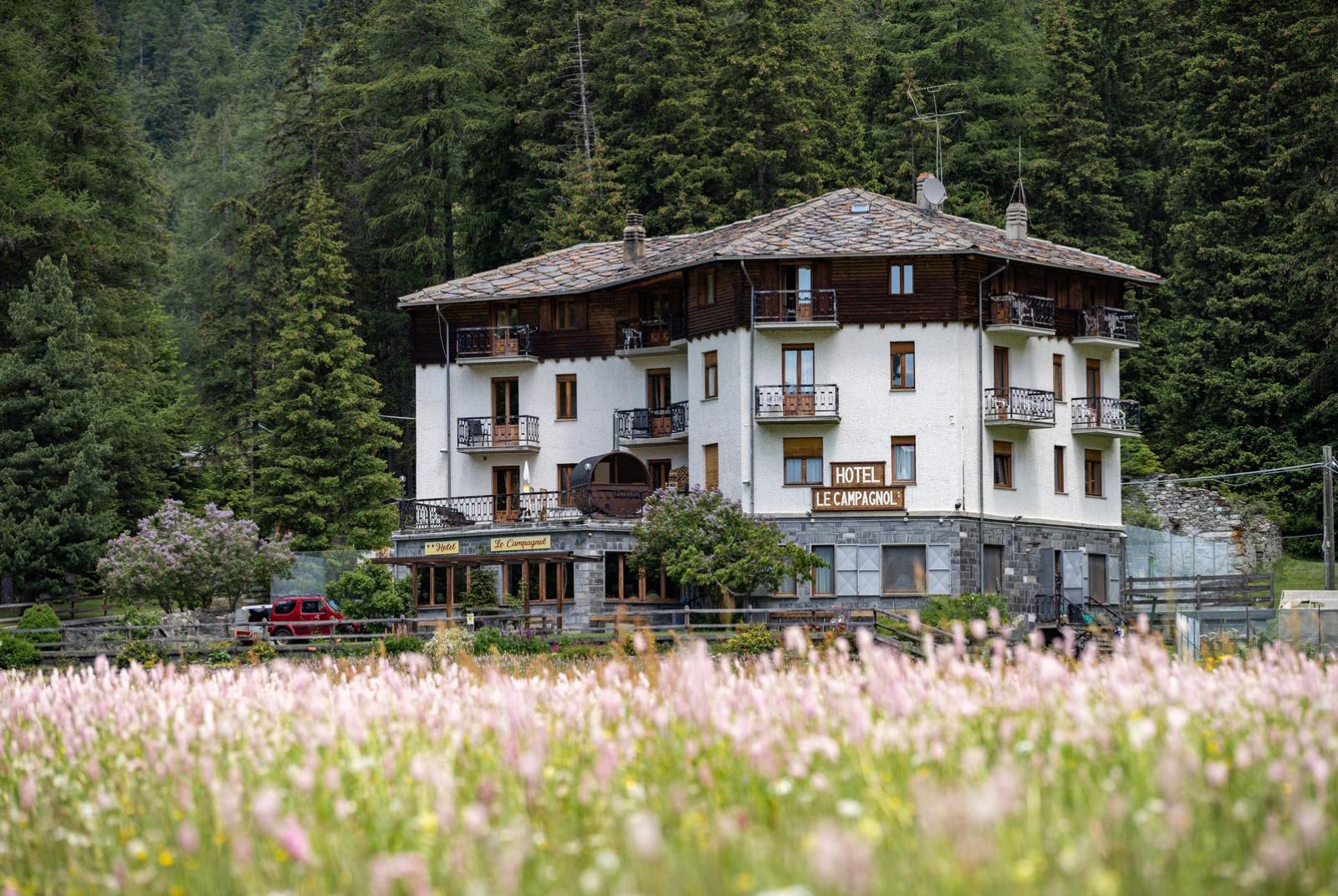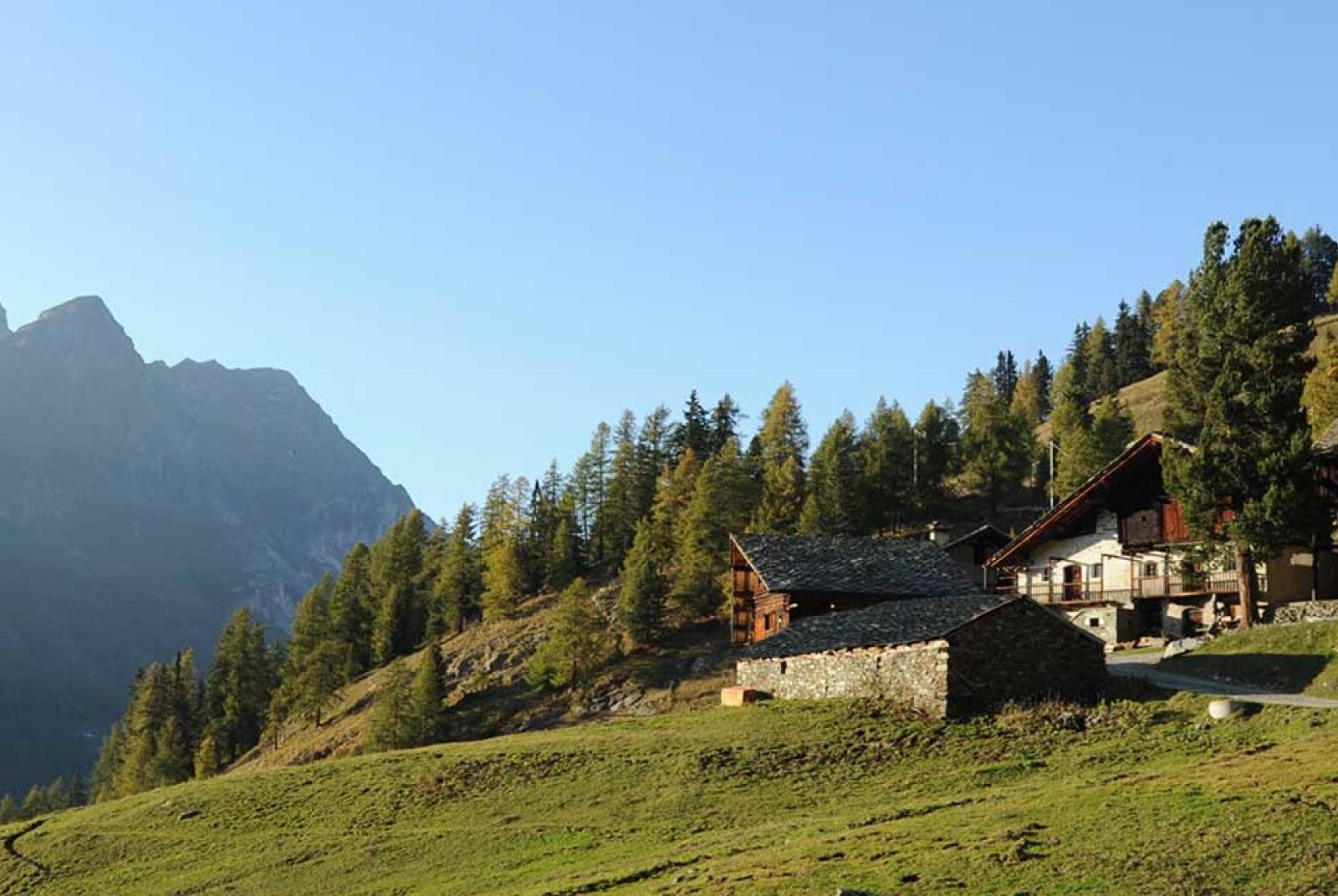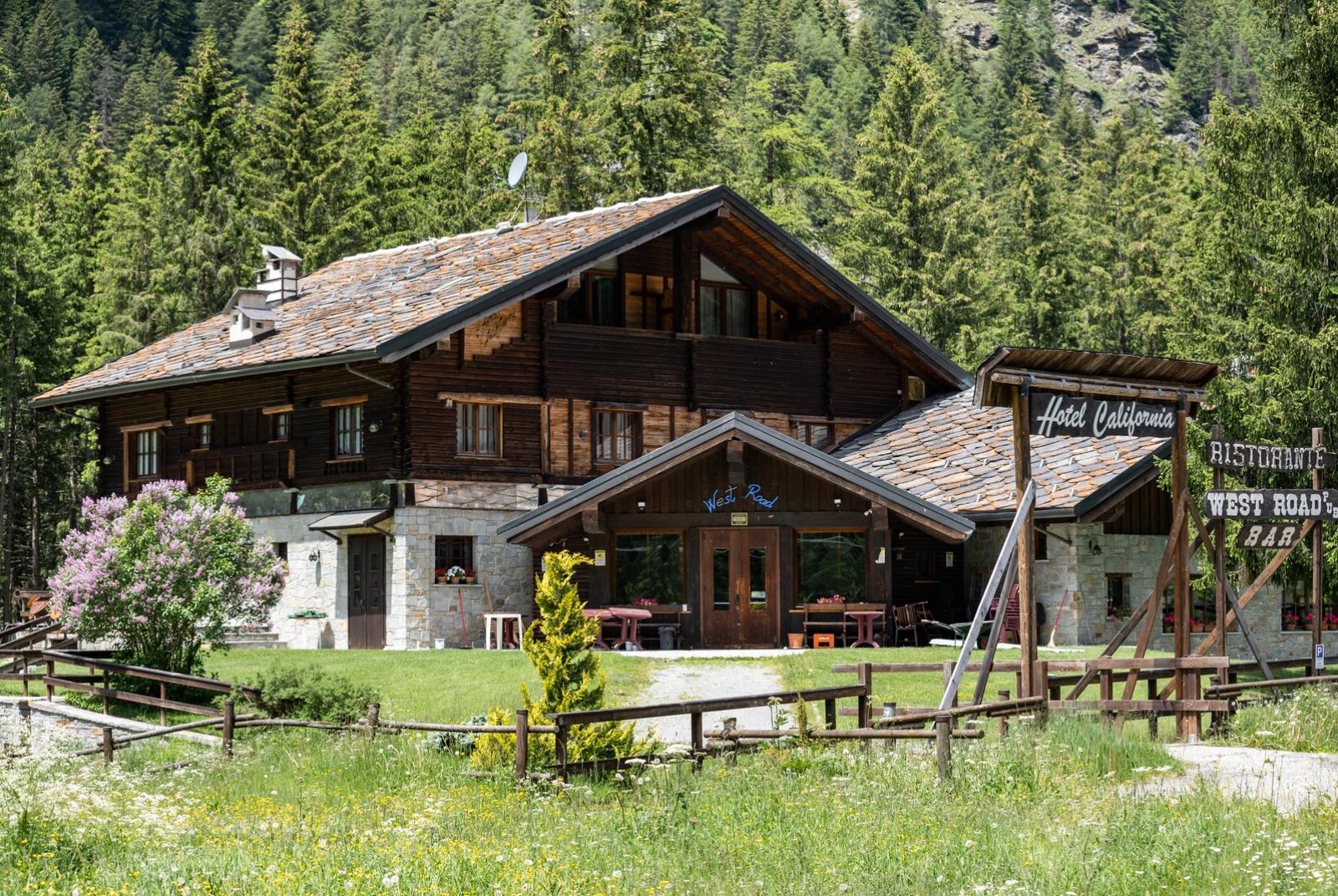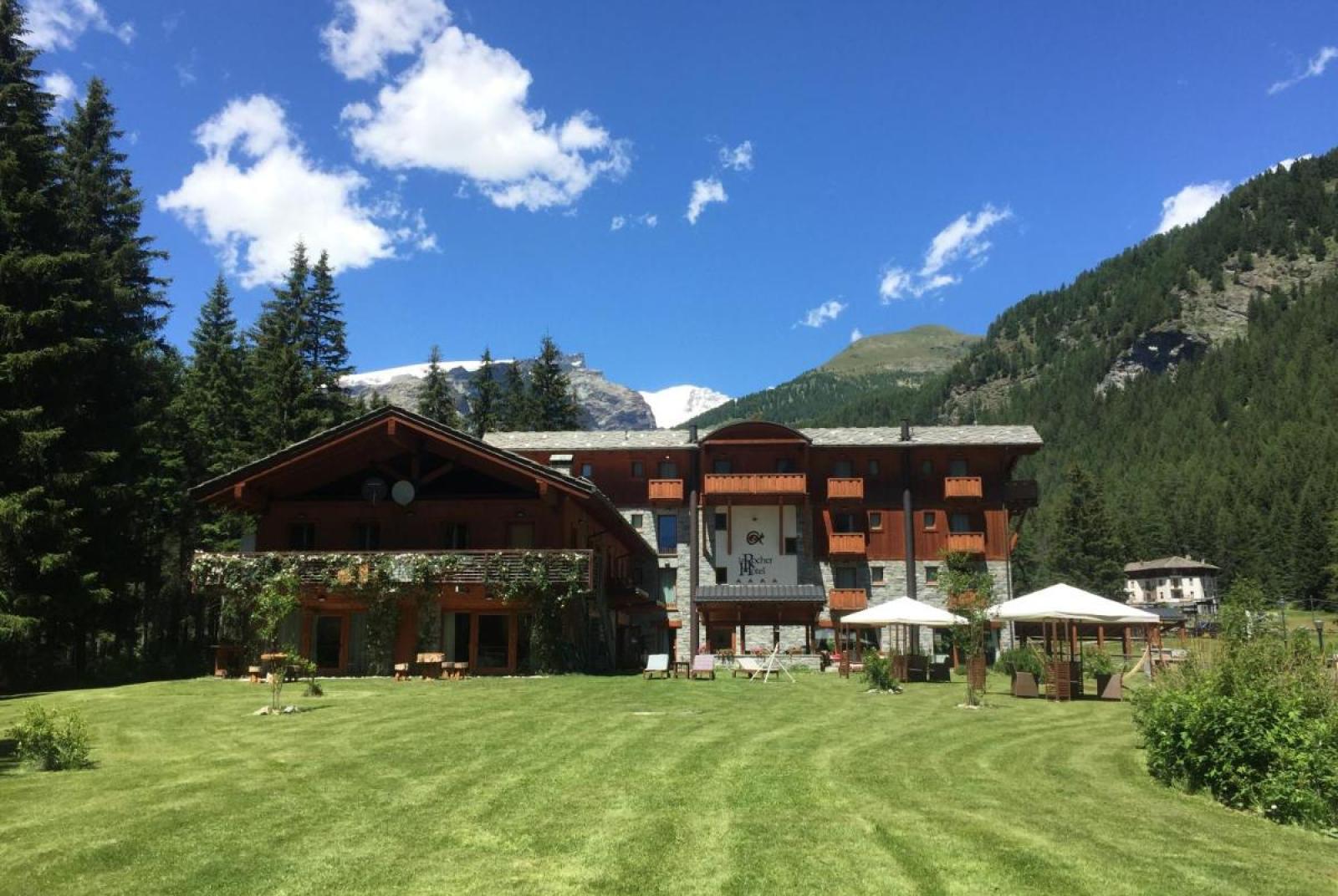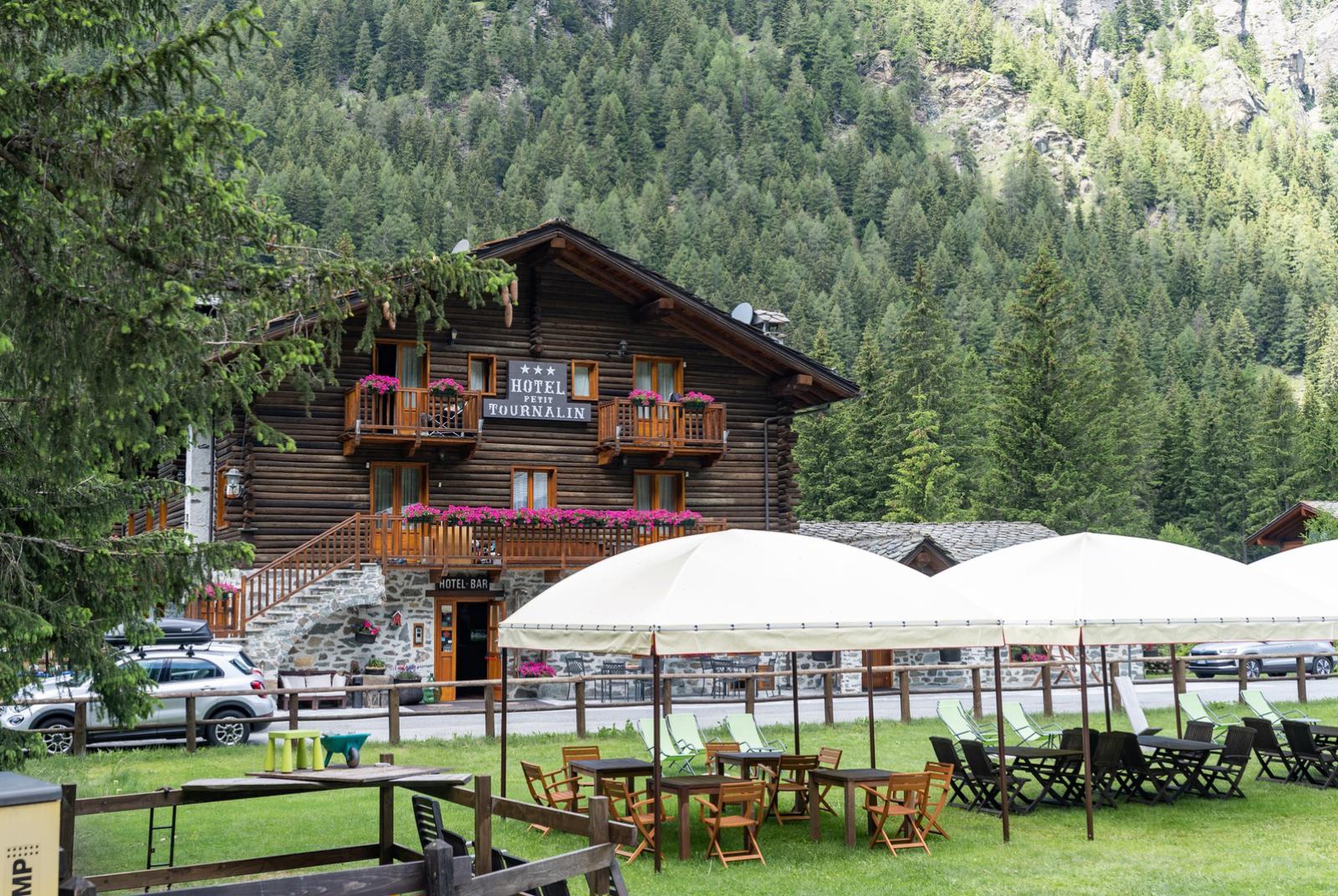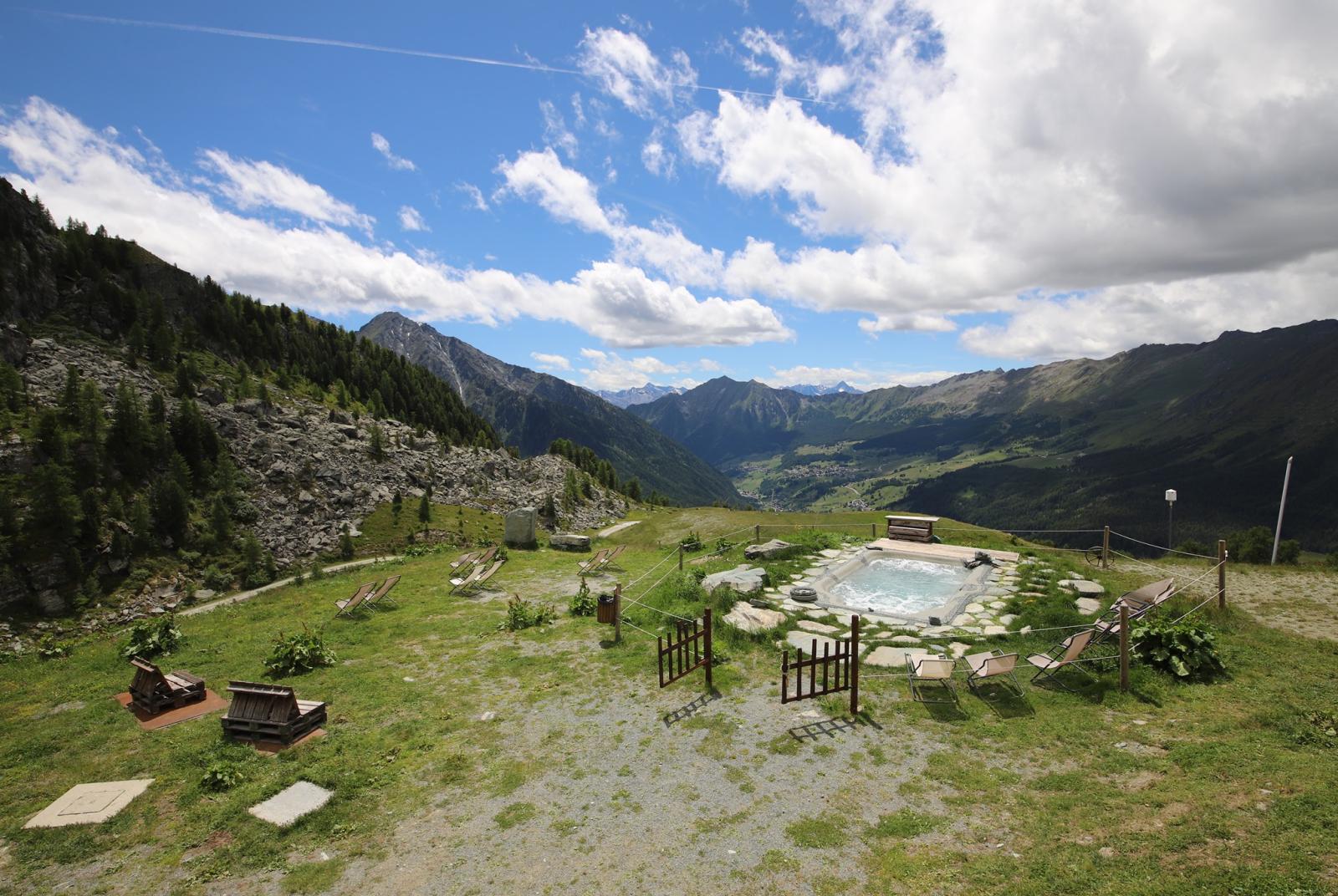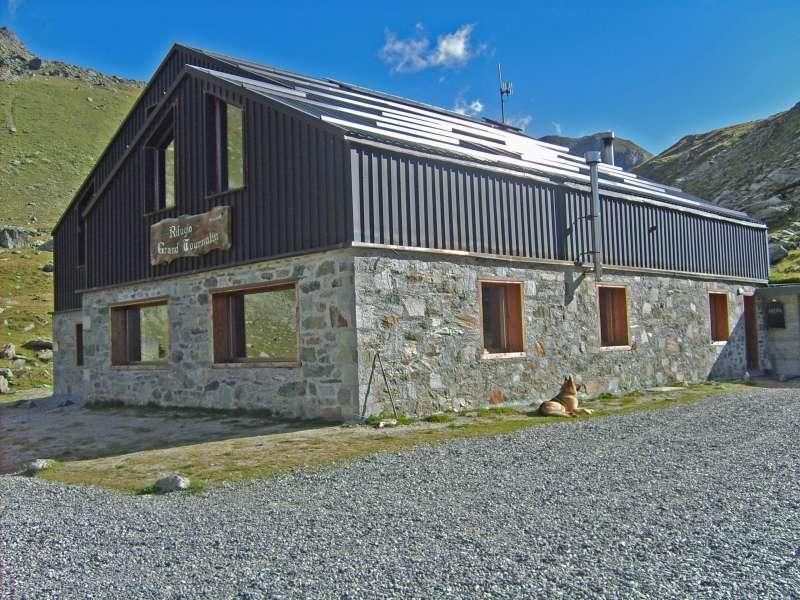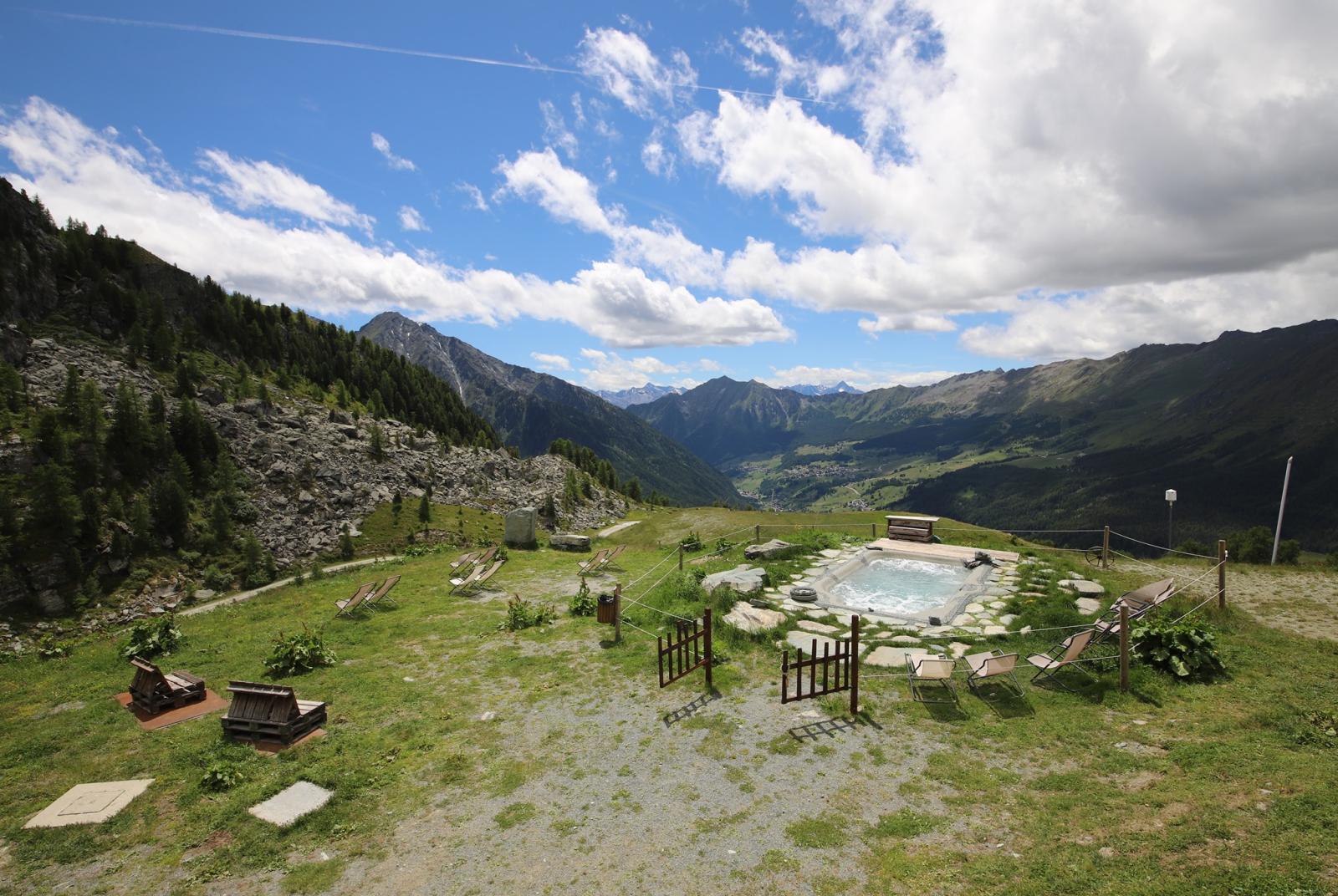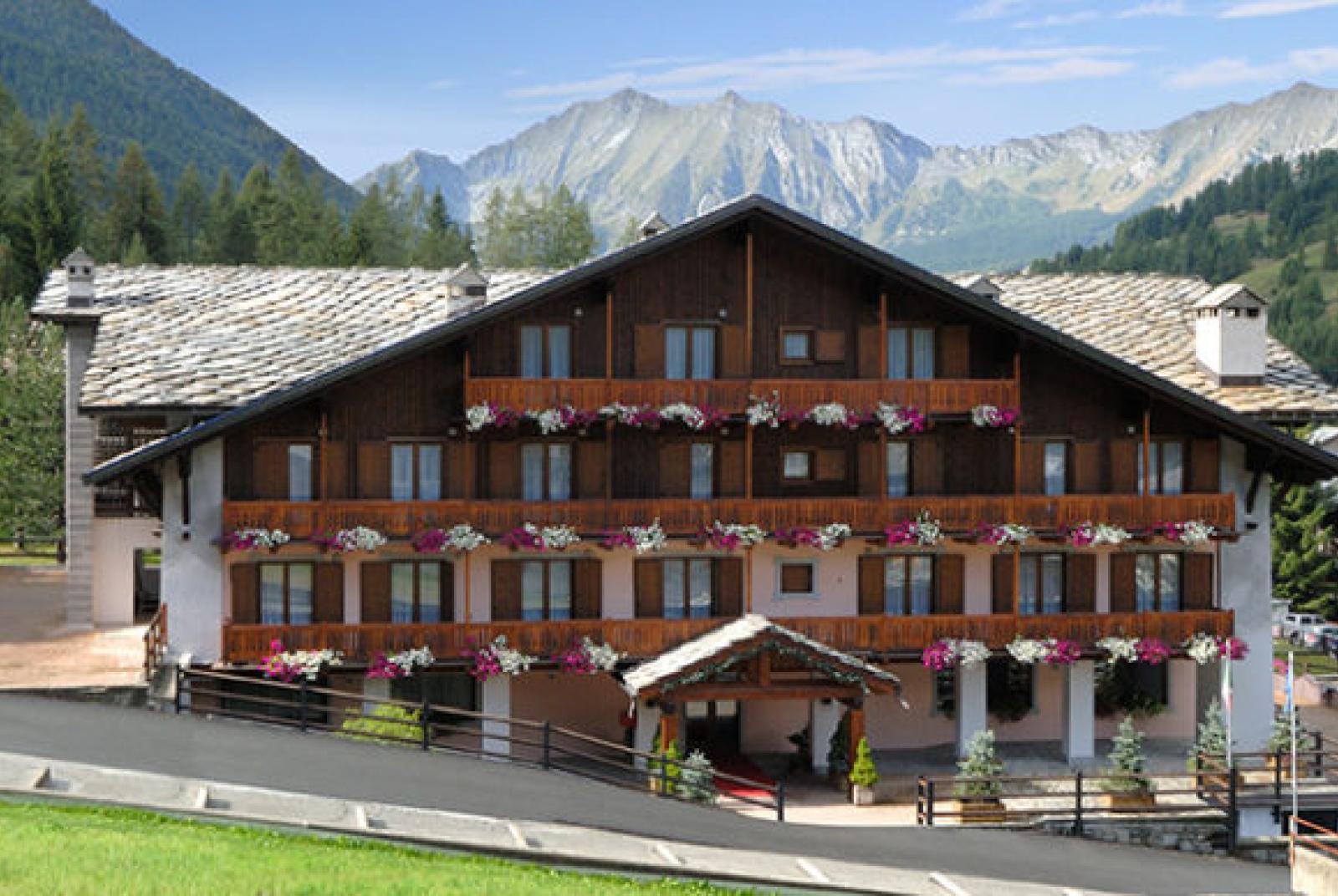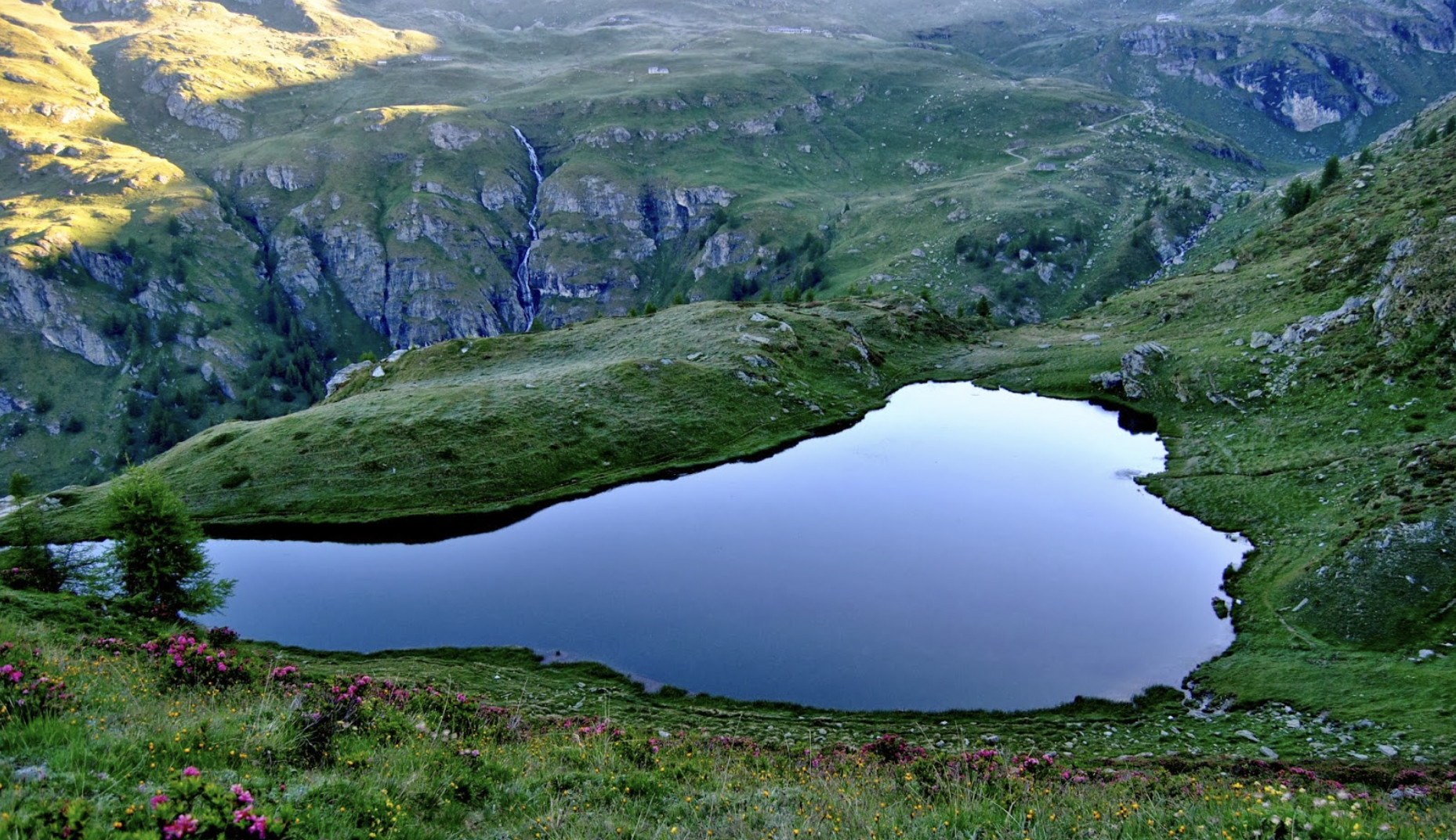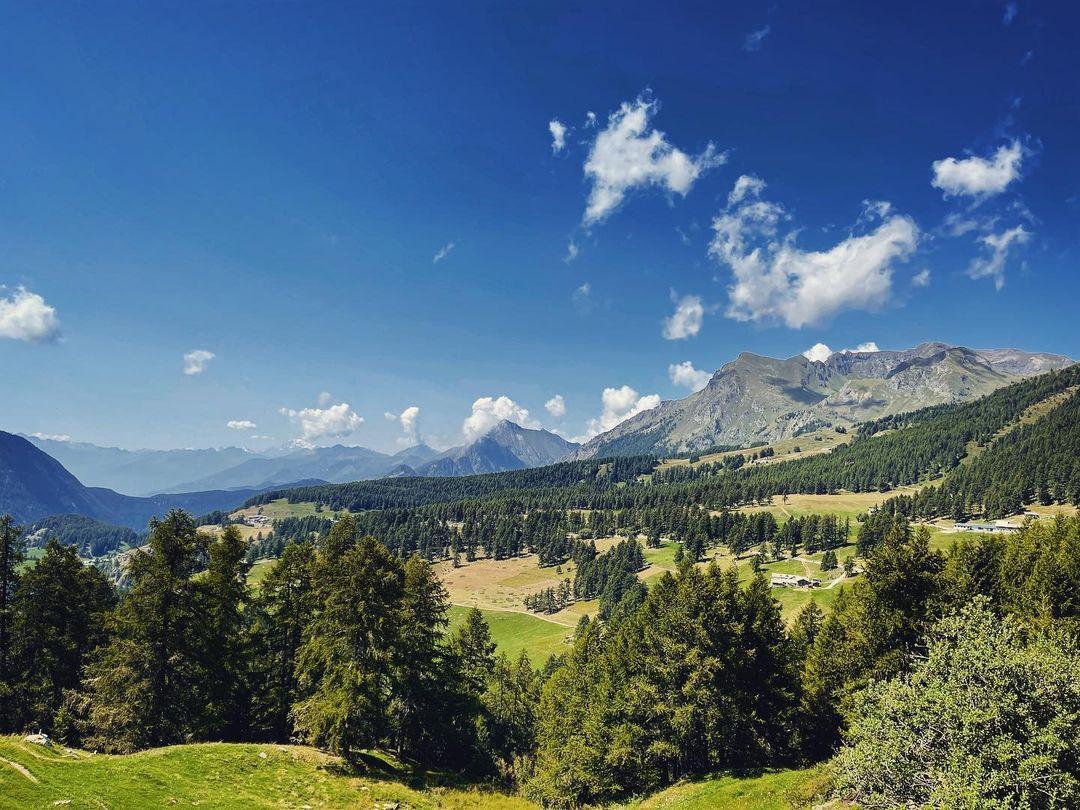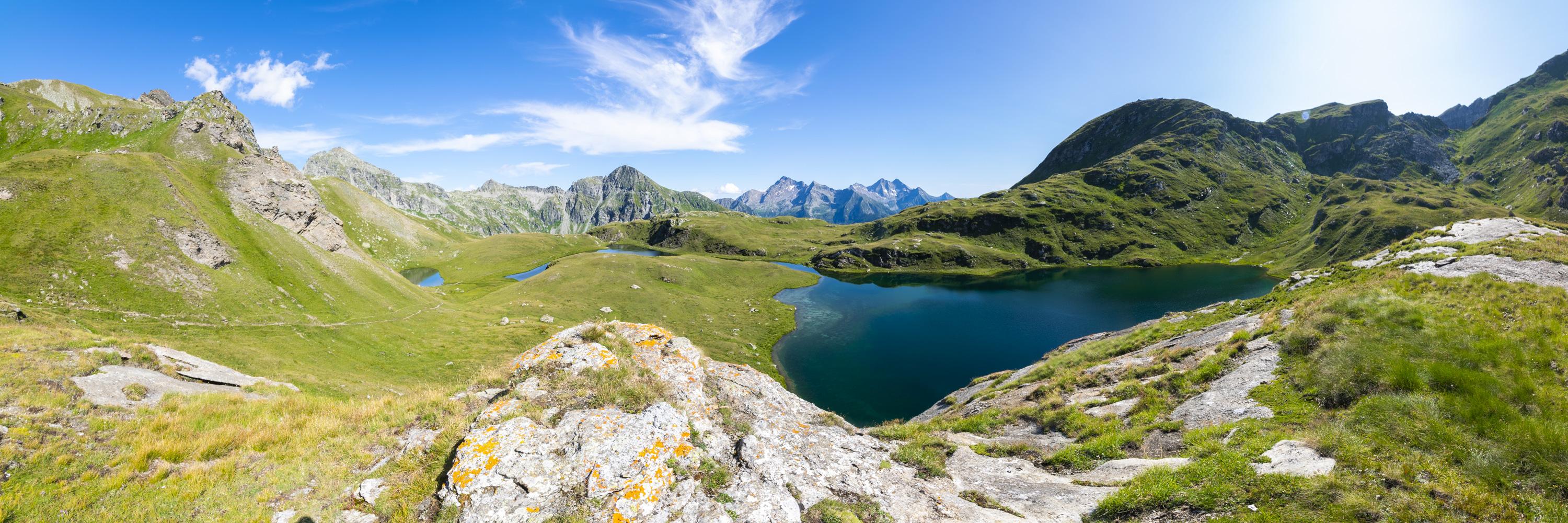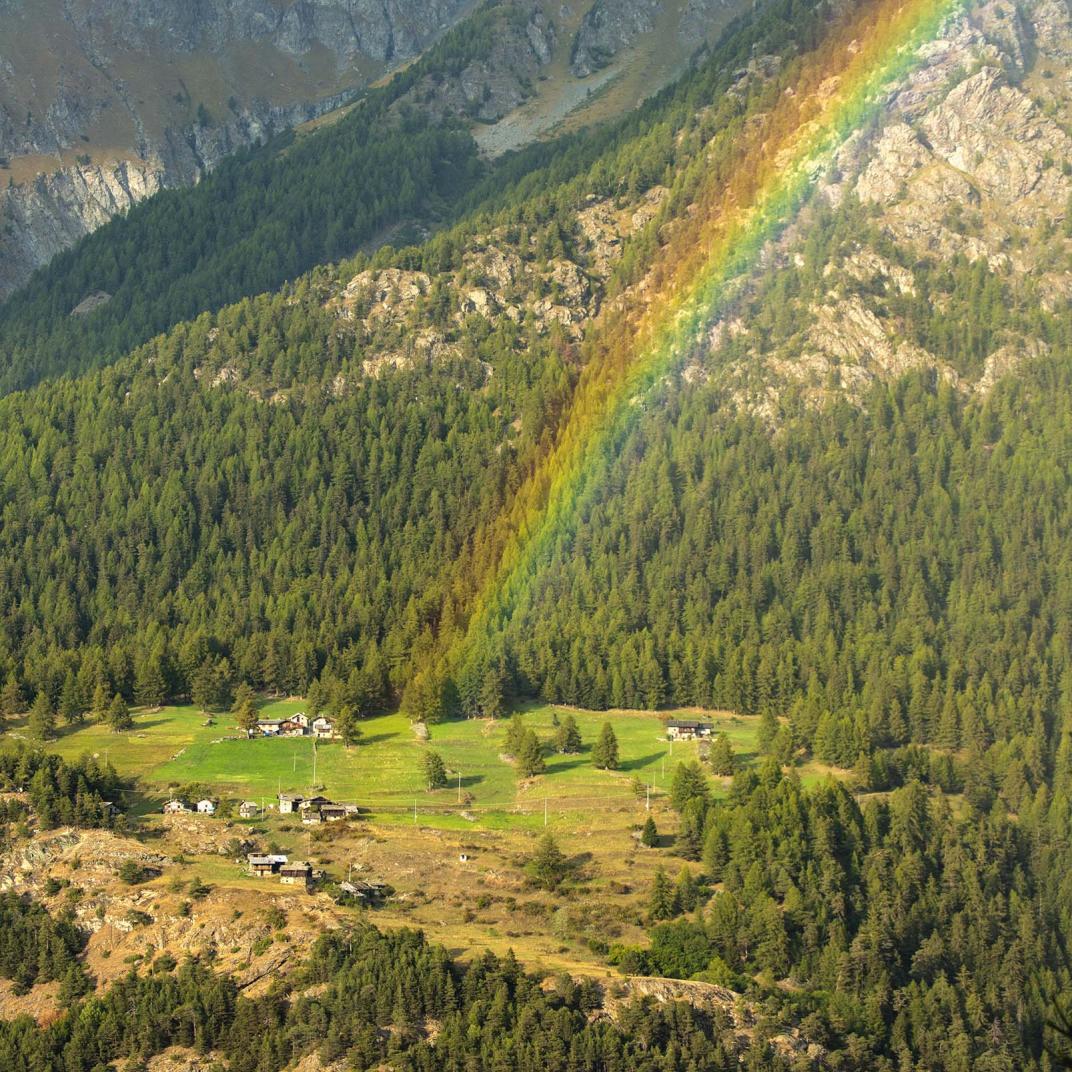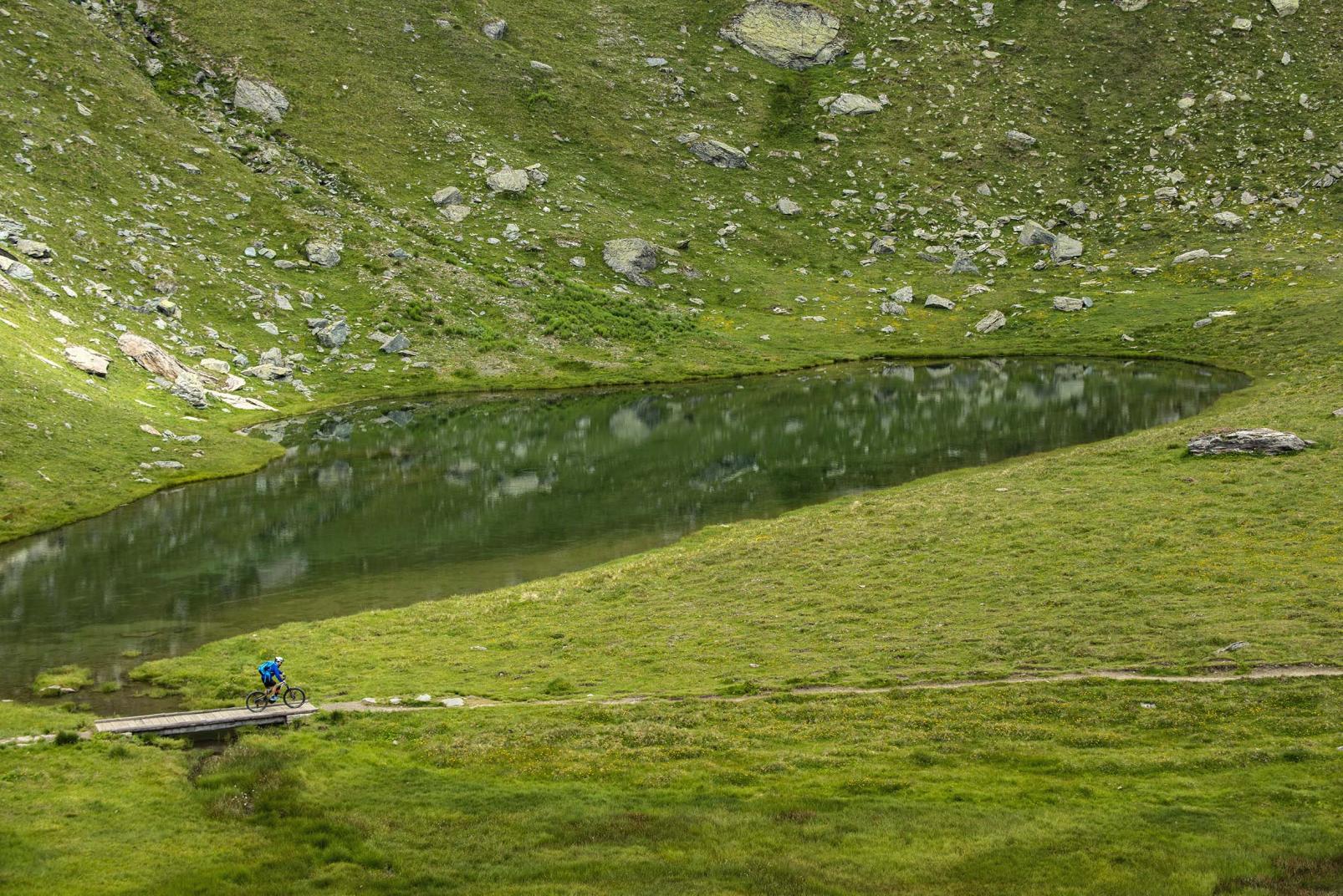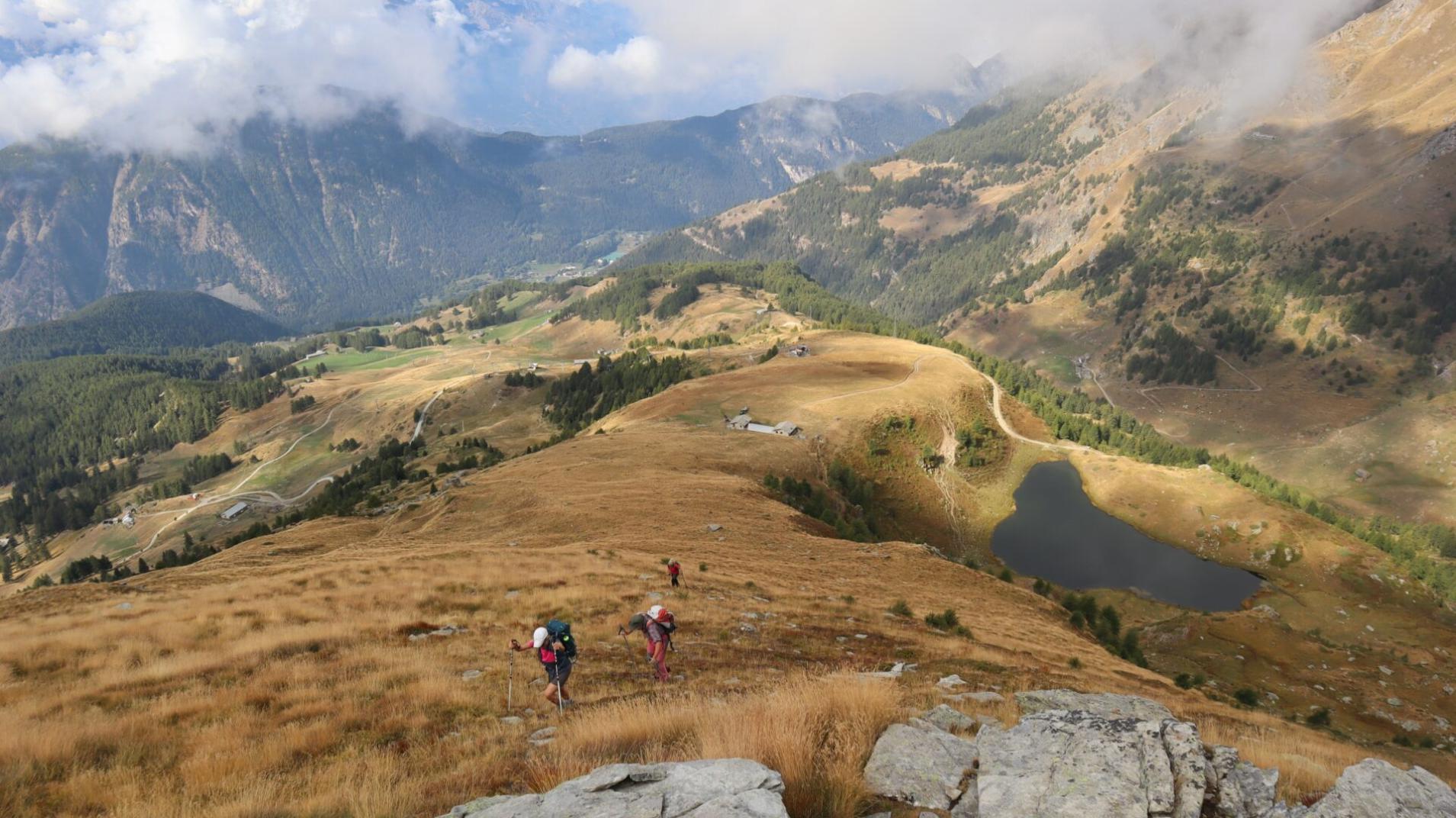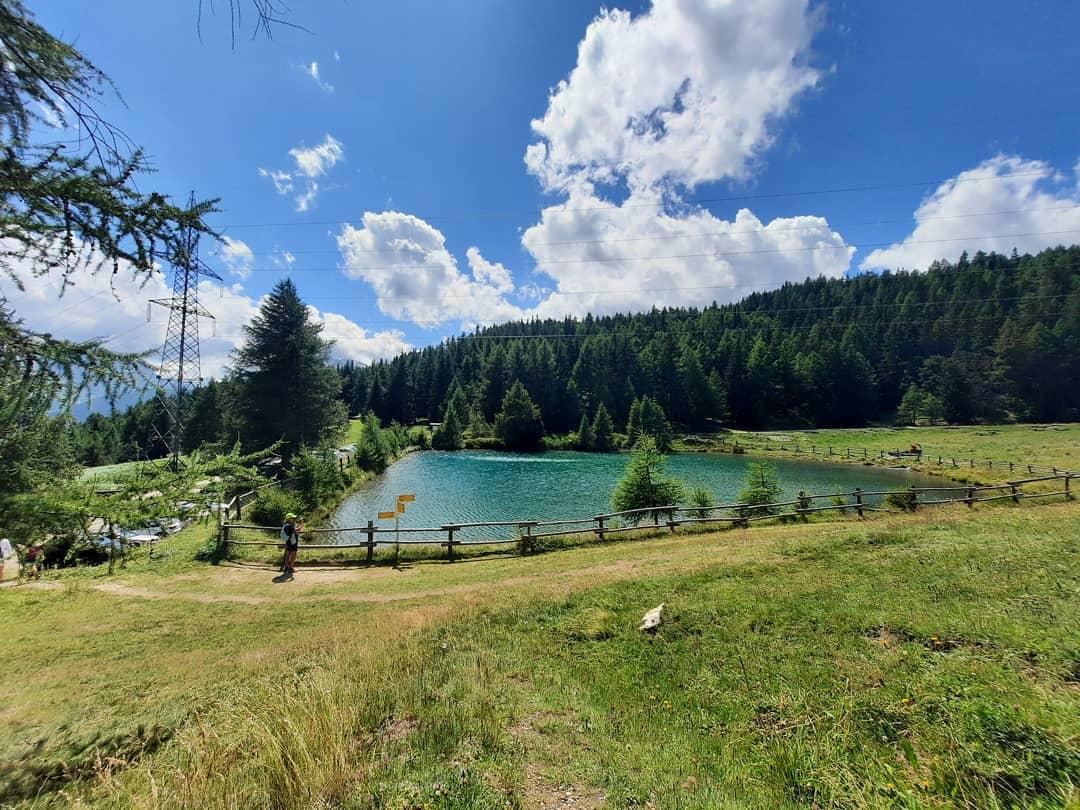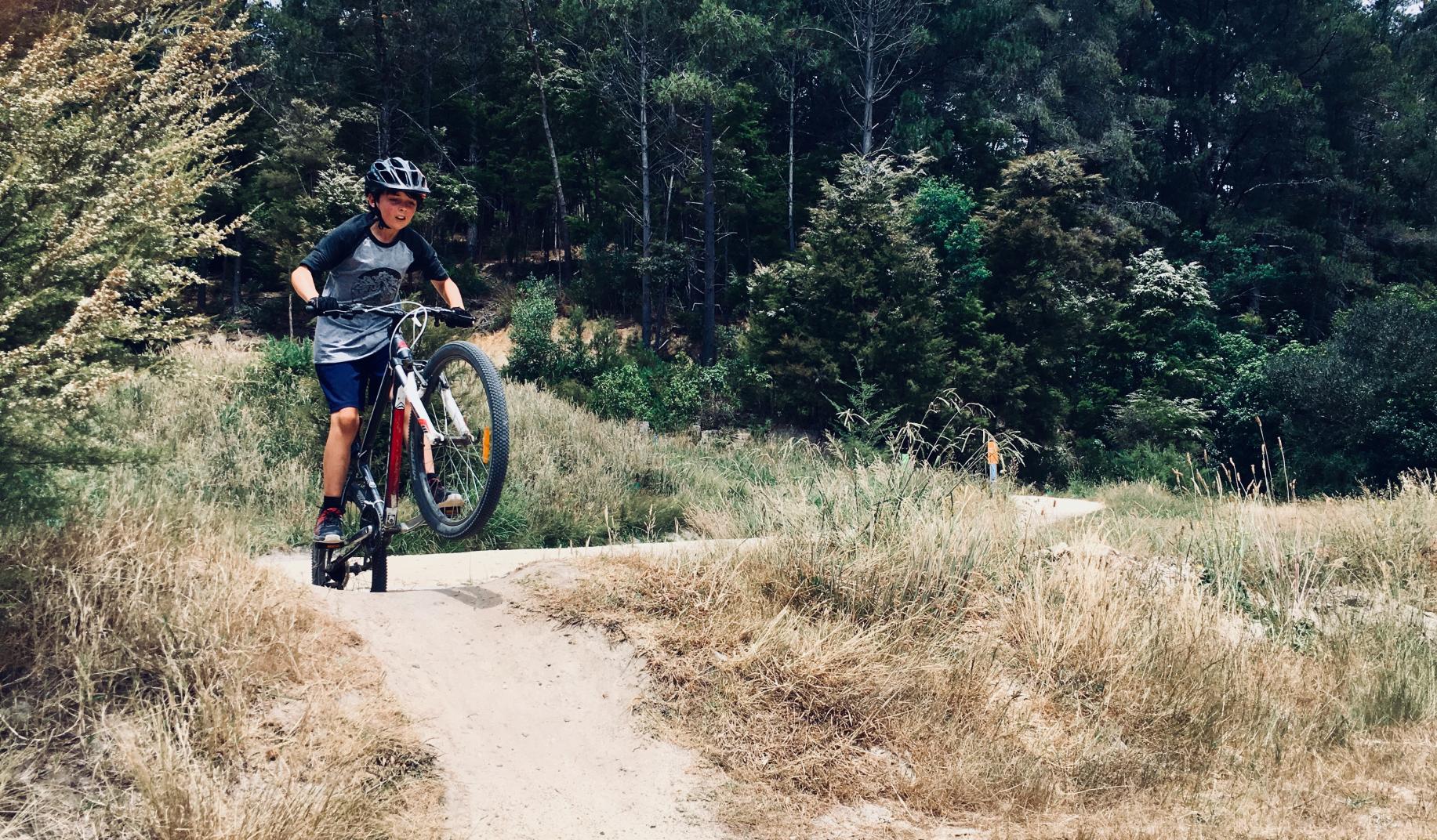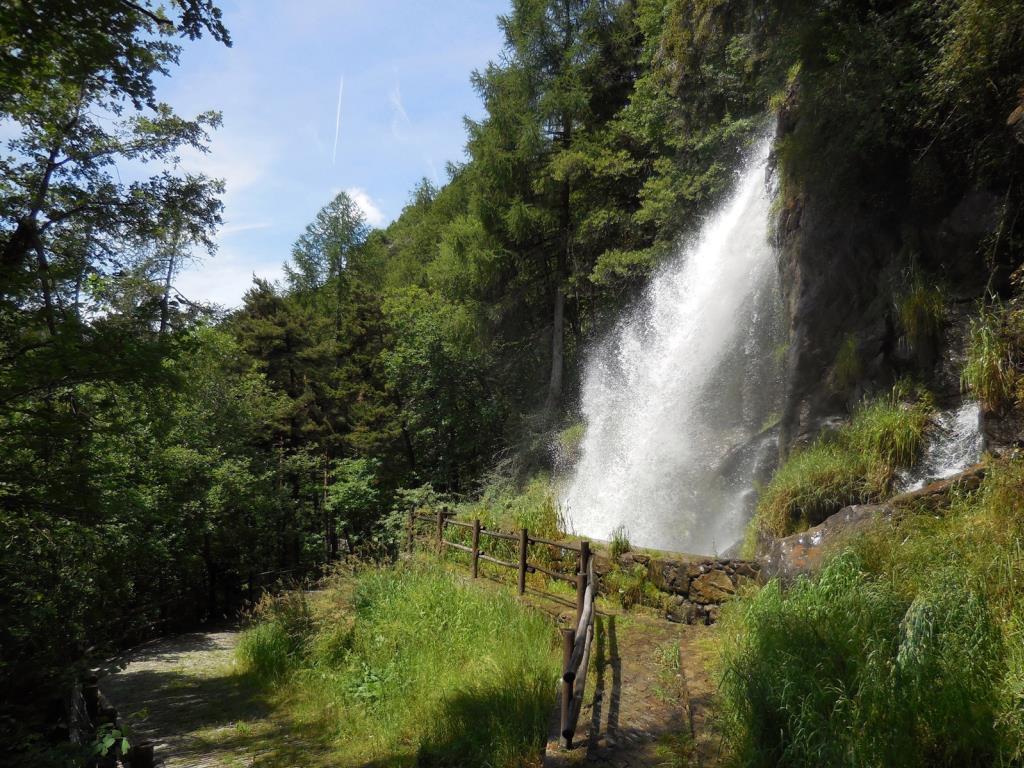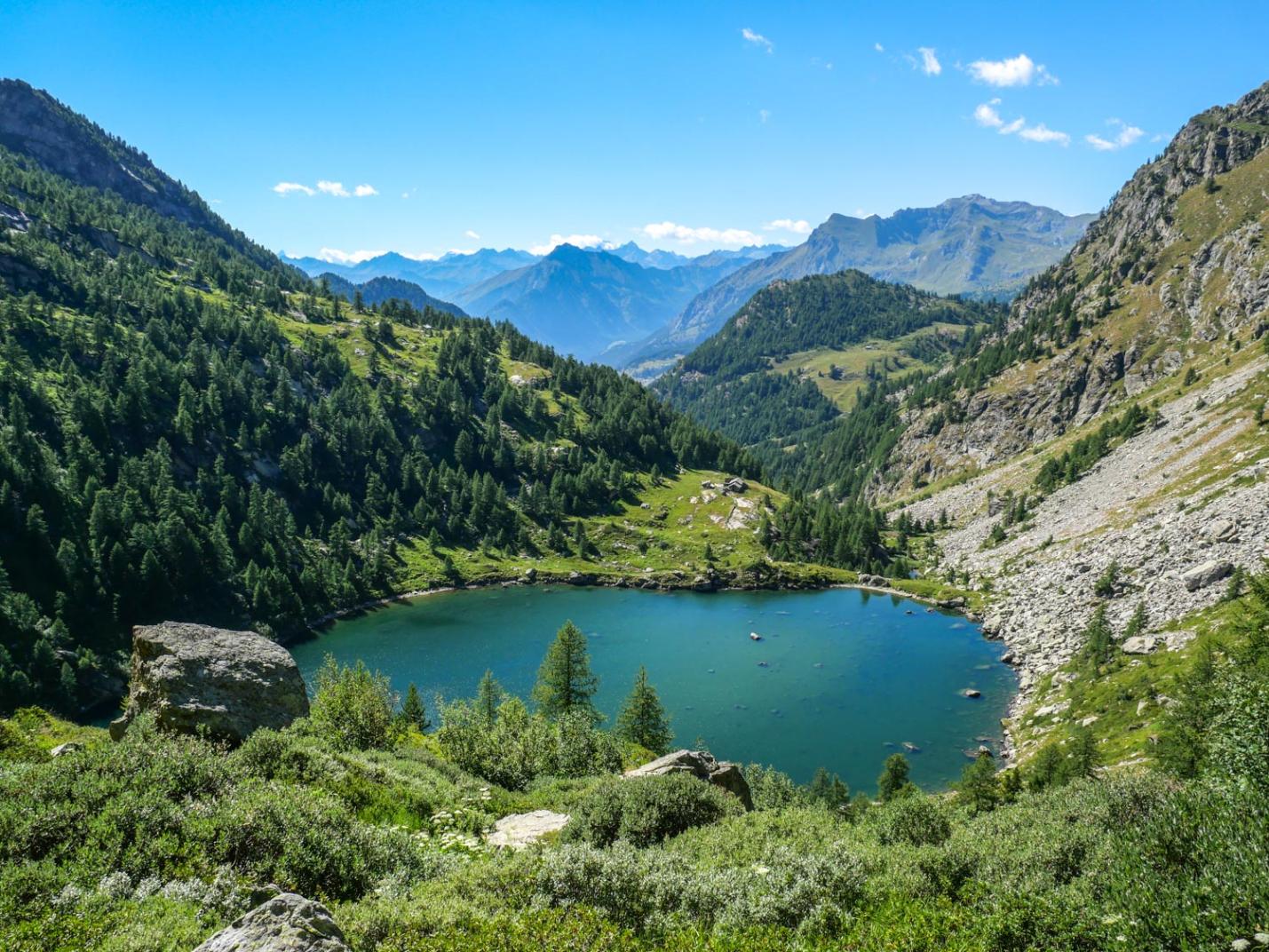This itinerary is certainly one of the best known and most popular routes in the Val d'Ayas.
Situated in a basin on the glacial moraine at the base of the Rocca di Verra, the Blue Lake, with its turquoise waters, is in fact a well-known destination. In summer, the little beach along the northern shore can truly be considered a quasi-bathing area in terms of attendance.
The path to the lake is certainly within everyone's reach, provided they have the minimum amount of training to overcome the small difference in height of just over 500 metres. Along the trail, you pass the hamlets of Fiery - where there is a small bar - and Beaubois and cross the Pian di Verra Inferiore, from where you can enjoy a beautiful panorama of the western part of the Rosa massif, from the Breithorn to the Castore. After the lake, the trail continues over the moraine and joins the dirt road just before it reaches Pian di Verra Superiore, from where the route to the Mezzalama and Guide d'Ayas refuges begins.
The itinerary is also practicable for the most part in winter, and the Piani di Verra is a classic destination for snowshoe hikers (in many cases using the dirt road instead of the path via Fiery-Beaubois); with due attention to the avalanche risk, even Lago Blu can be reached without too many problems.
Ascent: St.-Jacques m. 1686 - Lower Pian di Verra - Blue Lake m. 2211.
From the little square in St. Jacques, follow the road that, an extension of the state road, climbs up behind the church.
First of all, leave aside the very first diversions to the left, where the hiking signs indicate the start of the paths leading to the Vallone di Nana. Instead, continue uphill on the road which, skirting the orographic left of the Evançon, passes in front of the Fior di Roccia ice-cream parlour and then bends to the left, meeting signs 6,7 and 8.
In a few minutes, you reach a crossroads characterised by the presence of a votive pillar: go straight on, discarding the left branch which, after passing a bridge, is the beginning of the dirt road to the Vallone di Nana.
Note: in the absence of parking spaces, it is sometimes possible to find a few more on this road before the traffic ban, and then take the next bridge to the orographic left.
Proceeding straight ahead at the junction with the little chapel, continue up the road along the stream, skirting Blanchard on the opposite bank; at the end, the road bends to the left and crosses the river with a small bridge.
After the bridge, follow the wide paved path to the right that climbs in steps; in this short stretch, you can see the point where the Evançon has its source, at the confluence of the Verra and Cortot torrents, which come from the Piani di Verra and the Vallone delle Cime Bianche respectively.
Shortly afterwards, the path emerges from the forest into the green glade of Beaubois; here, stay on the main path, avoiding, in order, the diversions to the right towards the village, the one to the left that, indicated by the GSW (Grande Sentiero Walser) sign, would lead back to Fiery and yet another to the right, marked 8A and GSW, leading to Resy. The correct path, numbered 8, starts to climb again in the forest.
Afterwards, the slope becomes at first less pronounced and then practically nil; a branch-off to the left identified as TMR and 8E is encountered (it leads to the Tzère Valley) but continues straight on.
Further on, where the forest begins to thin out, another unnumbered branch off to the left is missed, thus reaching the south end of the Pian di Verra Inferiore.
At the back of a large erratic boulder, the path joins the dirt road that, coming from St.-Jacques, crosses the plateau; this is home to a number of alpine pastures and dwellings, near which, signposted by a small pole, path no. 8 for Colle Bettolina branches off from the road, but for the Blue Lake, you still remain on the main road.
Having reached the northern end of Pian di Verra Inferiore, the road bends to the right and crosses the Torrente di Verra with a bridge; before the bridge and at the bend, the beginning of the final section of the path to the lake, numbered 7 and still marked by vertical signs, is very evident.
Note: there is a drinking water fountain shortly after the bridge.
Remaining on path 7, one begins to climb again along the stream; the ground is composed of earth and stones but poses no particular problems in advancing.
The arrival at the moraine basin that hosts the lake is signalled by the appearance of a stone bridge, recently built, that crosses the lake's outlet: a few metres from the bridge is the southern shore of the Blue Lake.
The lake can be easily circumnavigated, preferably anticlockwise; there is a convenient little beach on the north shore.
Descent: Lago Blu - St.-Jacques.
The descent from Lago Blu to Pian di Verra Inferiore takes place along the same route as the ascent: from the south-western shore of the lake, after crossing the bridge, take path no. 7, which after about 400 metres joins the Pian di Verra Inferiore dirt track where it begins the ascent to Pian di Verra Superiore.
Once on the plateau, cross it in a southerly direction to the point where the road bends slightly to the left; leave it here (unless you want to use it to descend as an alternative to the path) and turn onto the path - indicated by a marker - passing to the right of the large erratic boulder.
Shortly after leaving the Pian di Verra Inferiore, discard the unnumbered diversions to the right and continue on the path that initially descends gently; further on, you will come to the fork where the 8E/TMR path for the Valletta di Tzère begins, but stay on the left-hand branch to reach Beaubois; without leaving the wide, well-marked track, descend to Fiery, turning left at the fork just before the village. The path, now steeper, quickly rejoins the Blanchard area, becoming paved; once past the small wooden bridge, turn left and descend on a stepped mule track until you reach the houses. Once again crossing the stream (which is now the Evançon), you finally meet the paved road and follow it downhill to the starting point of the itinerary, the little square of St.-Jacques.

